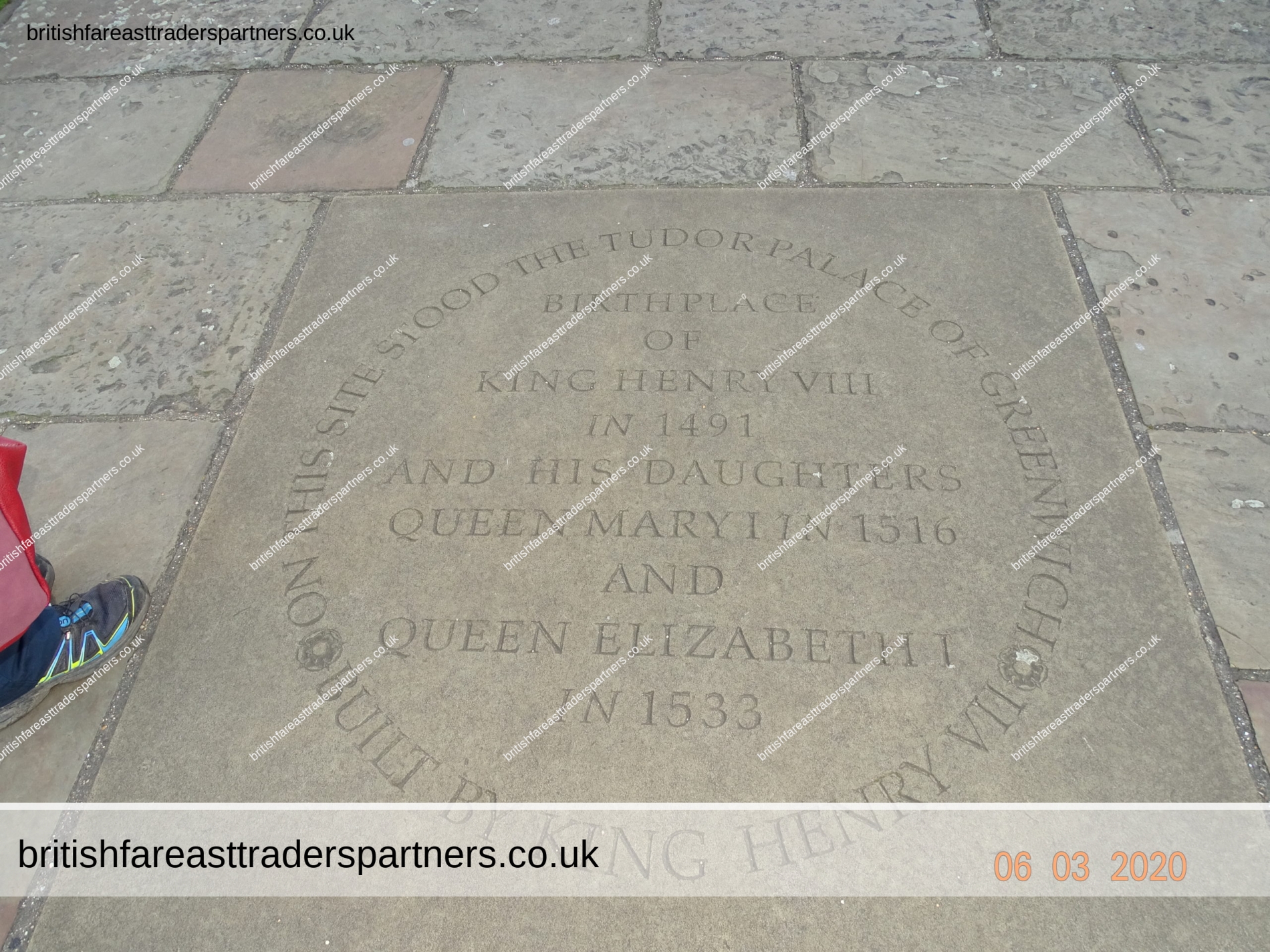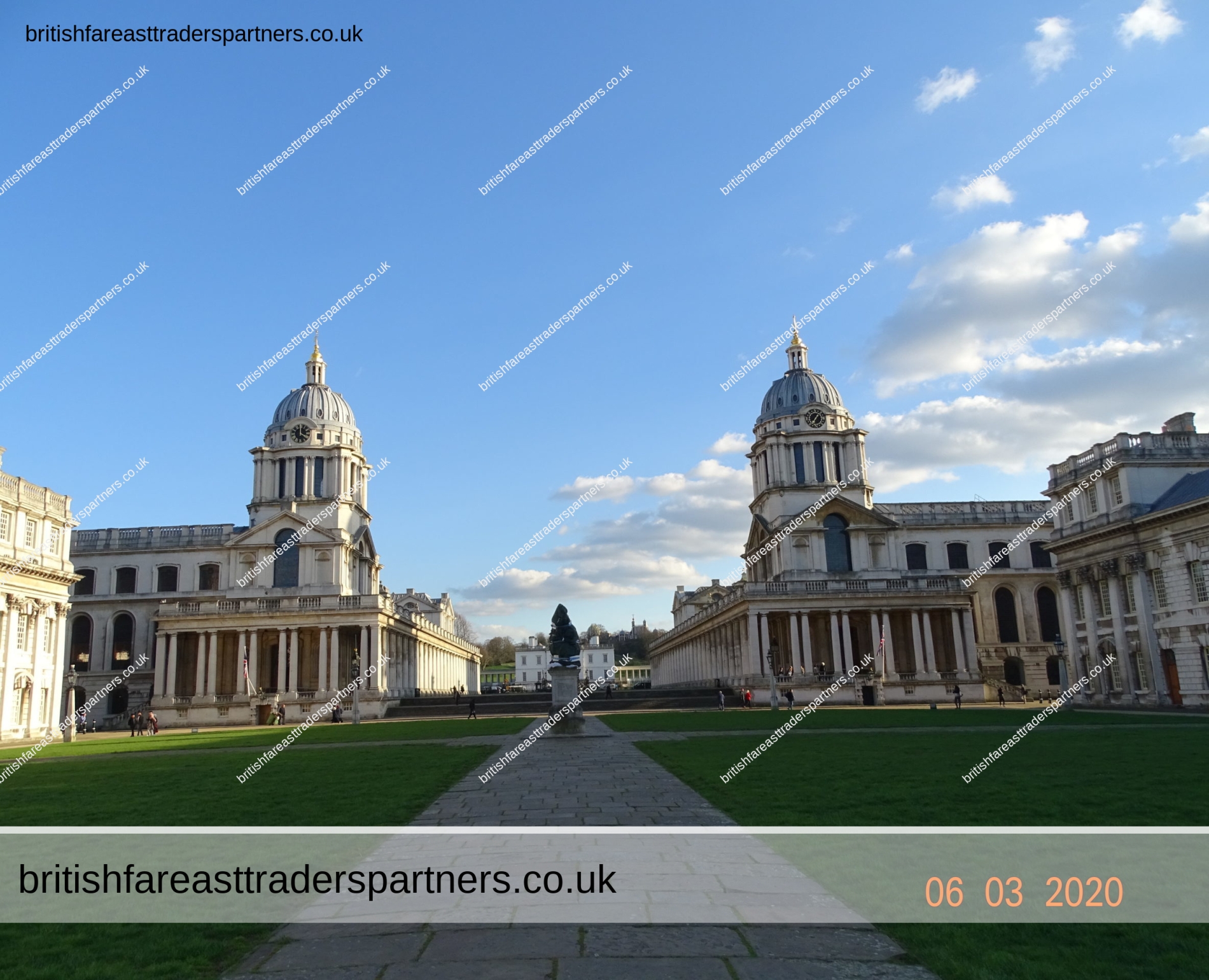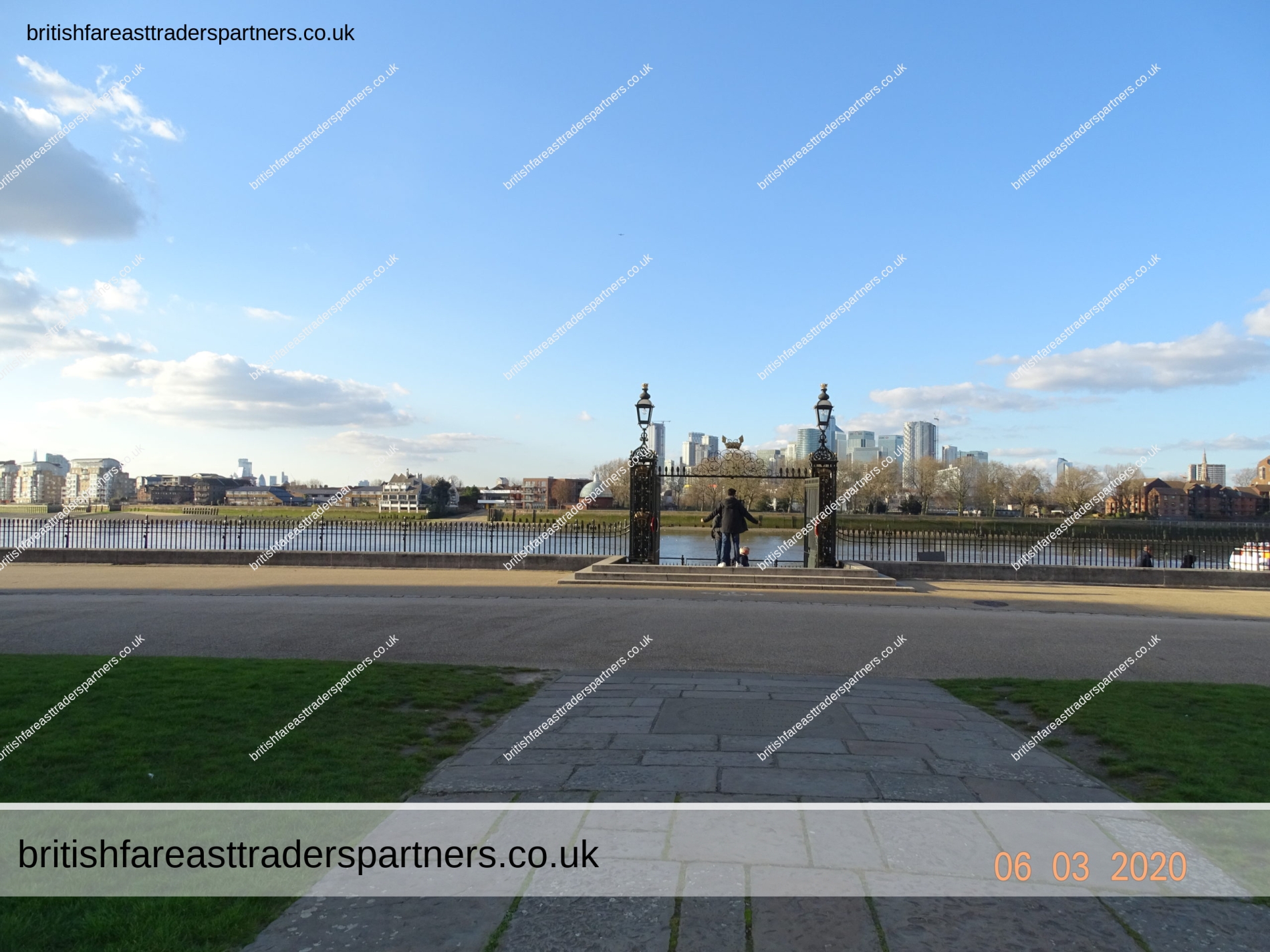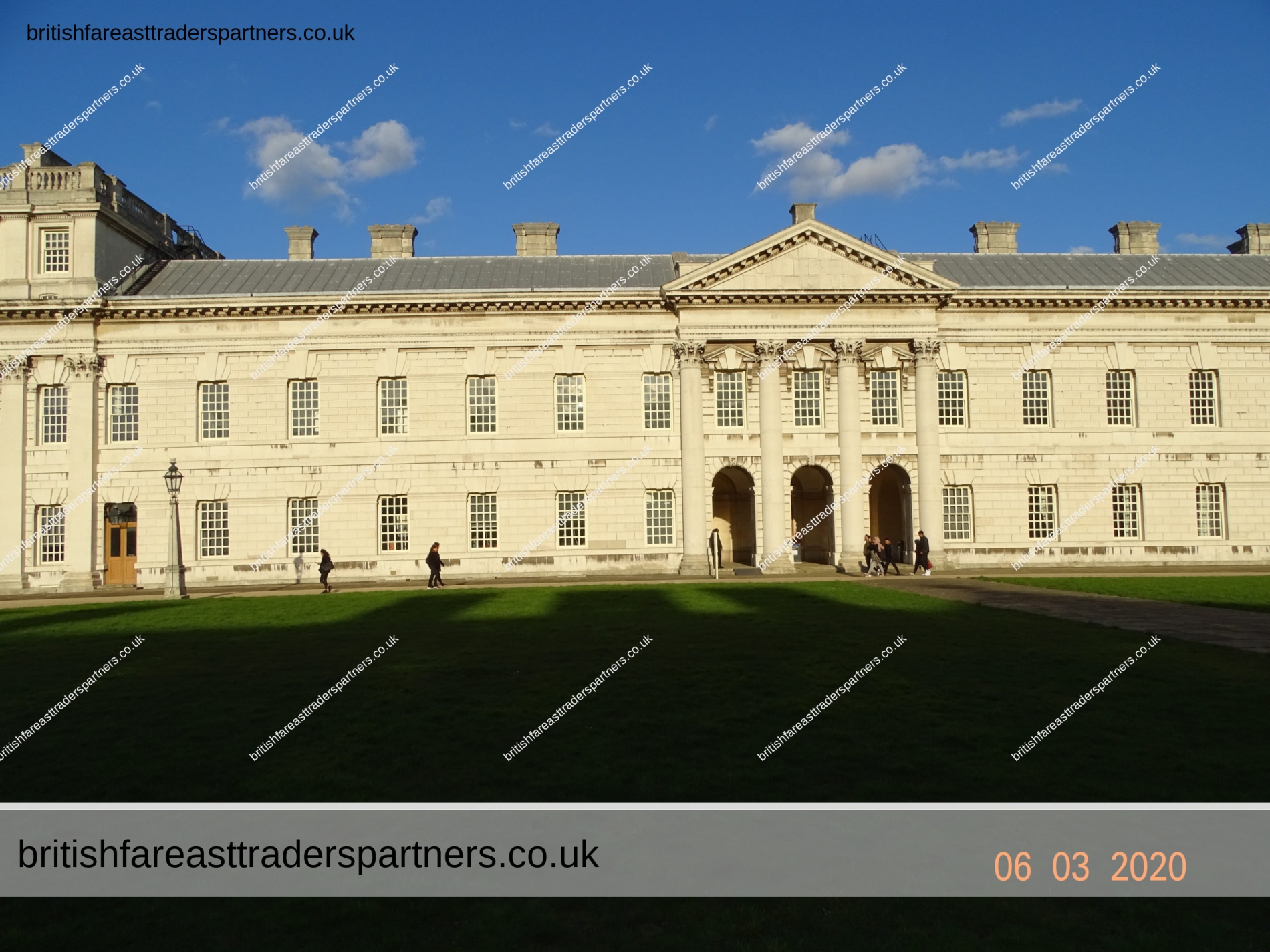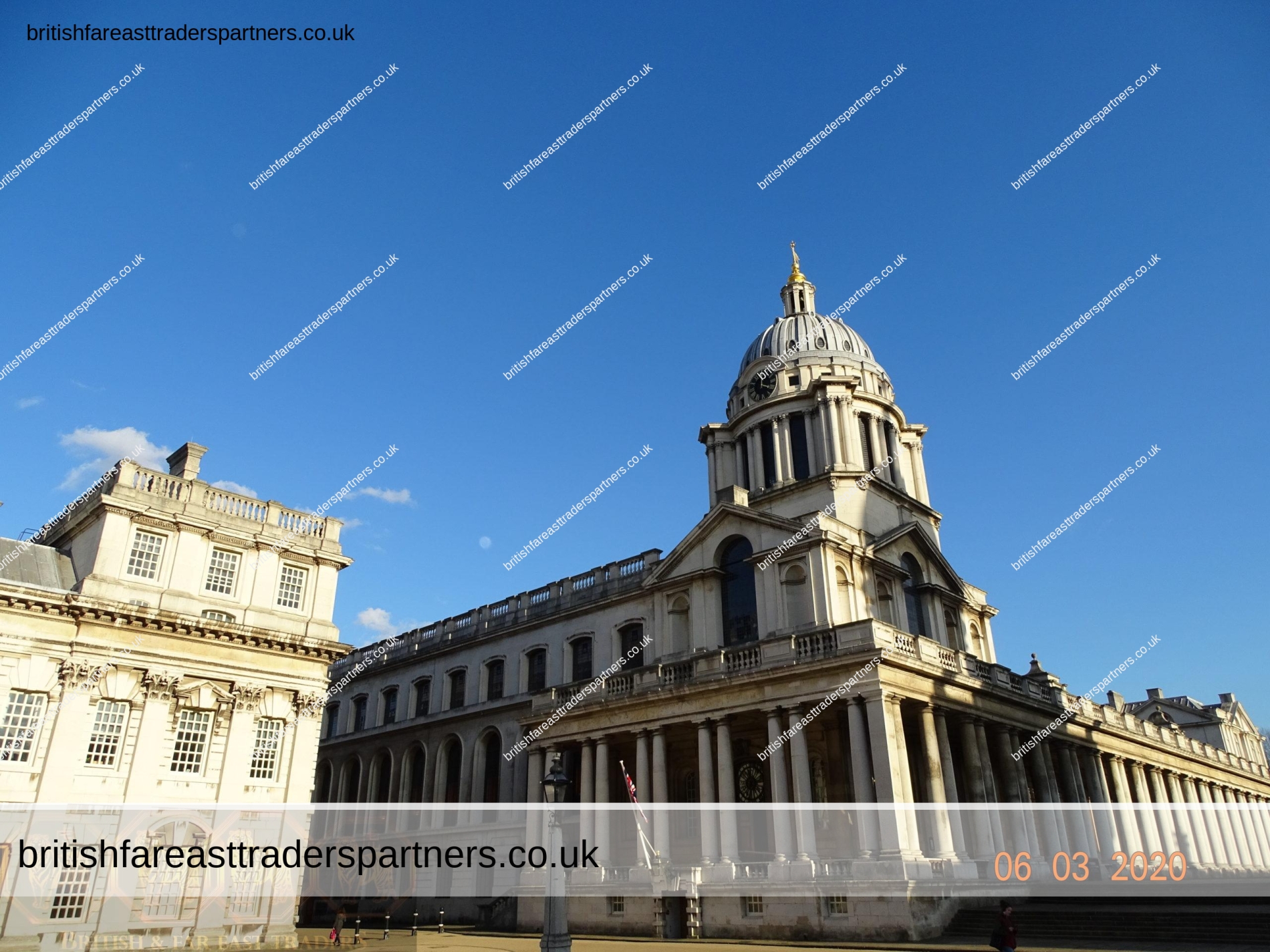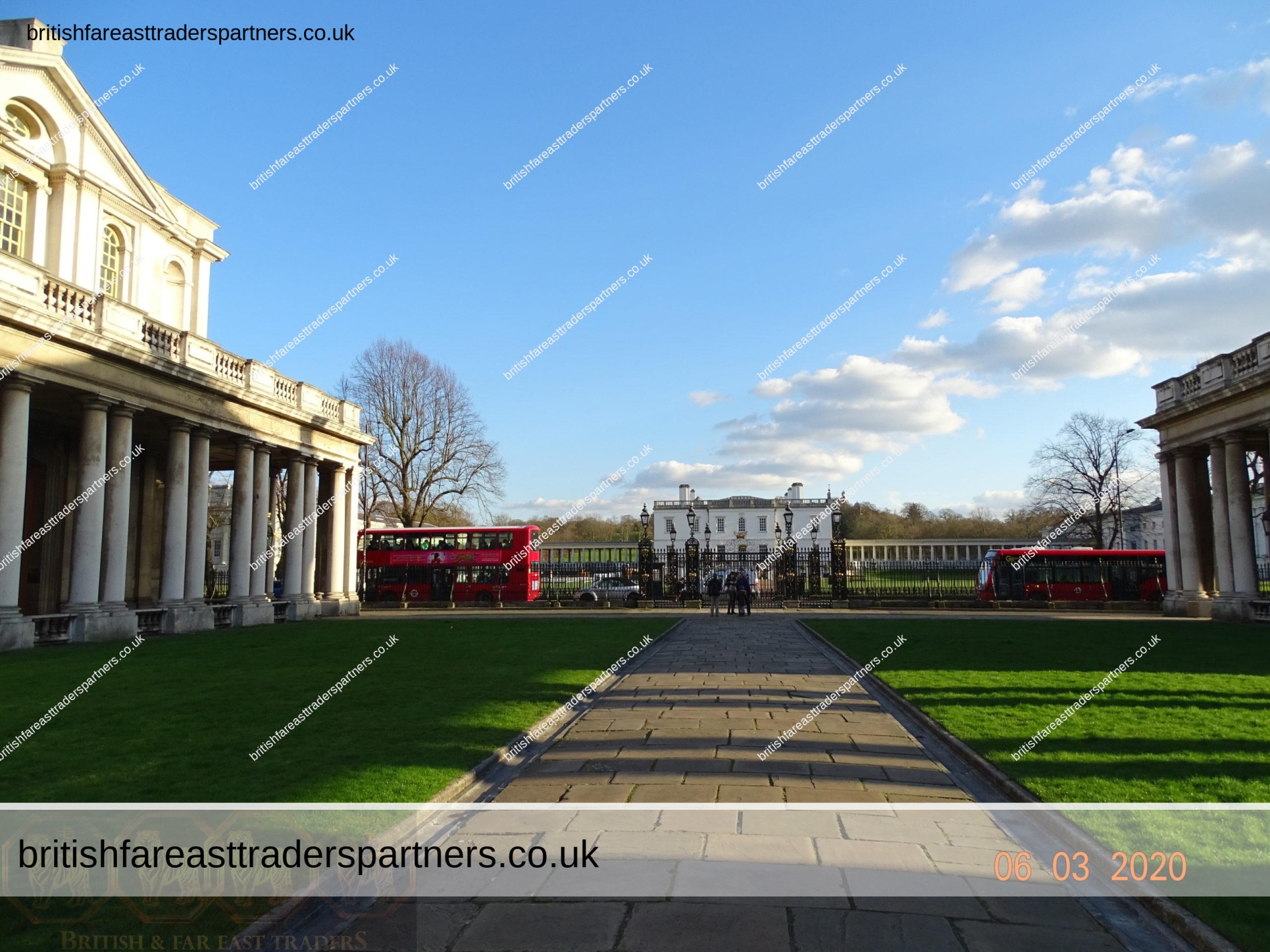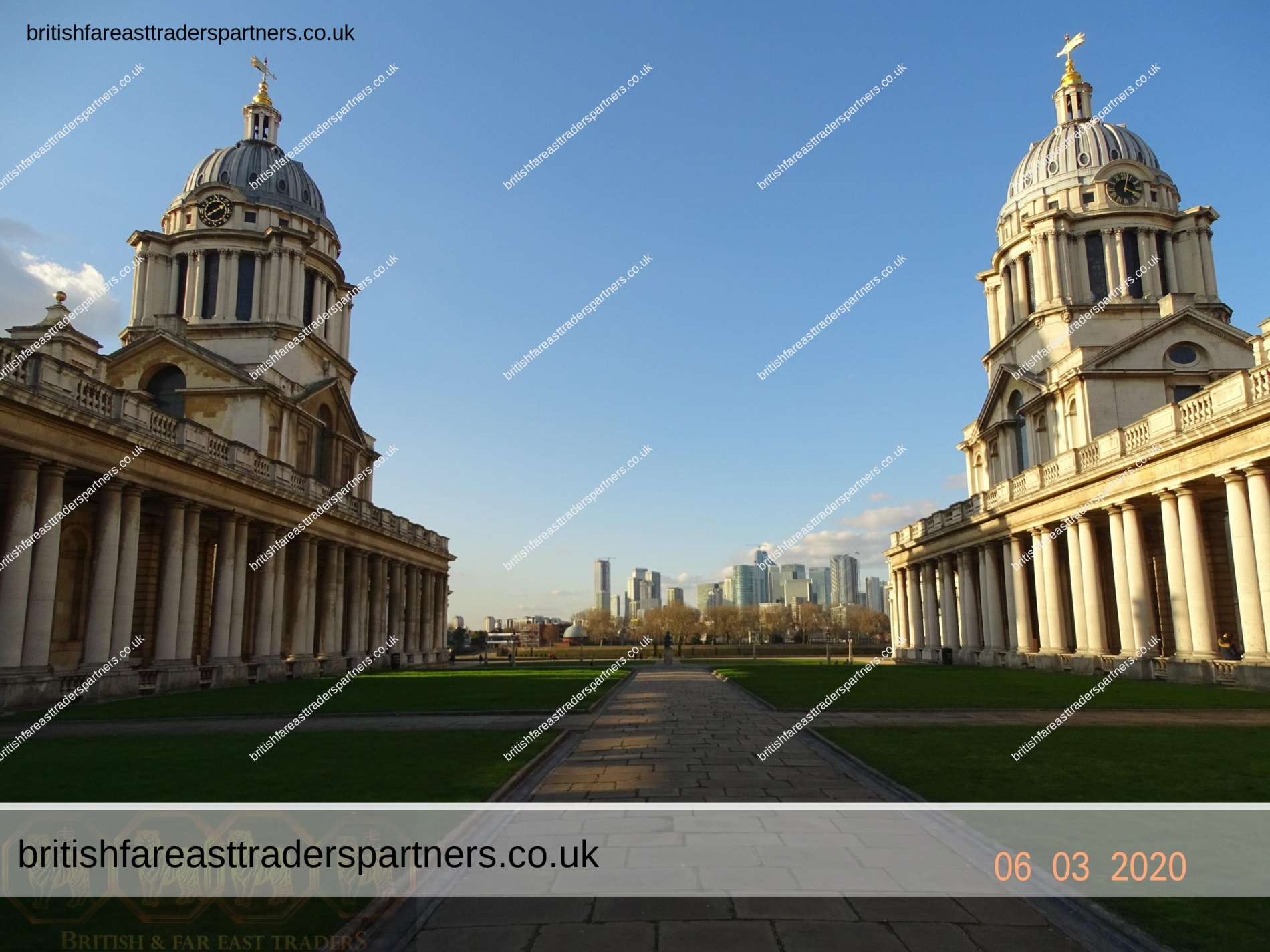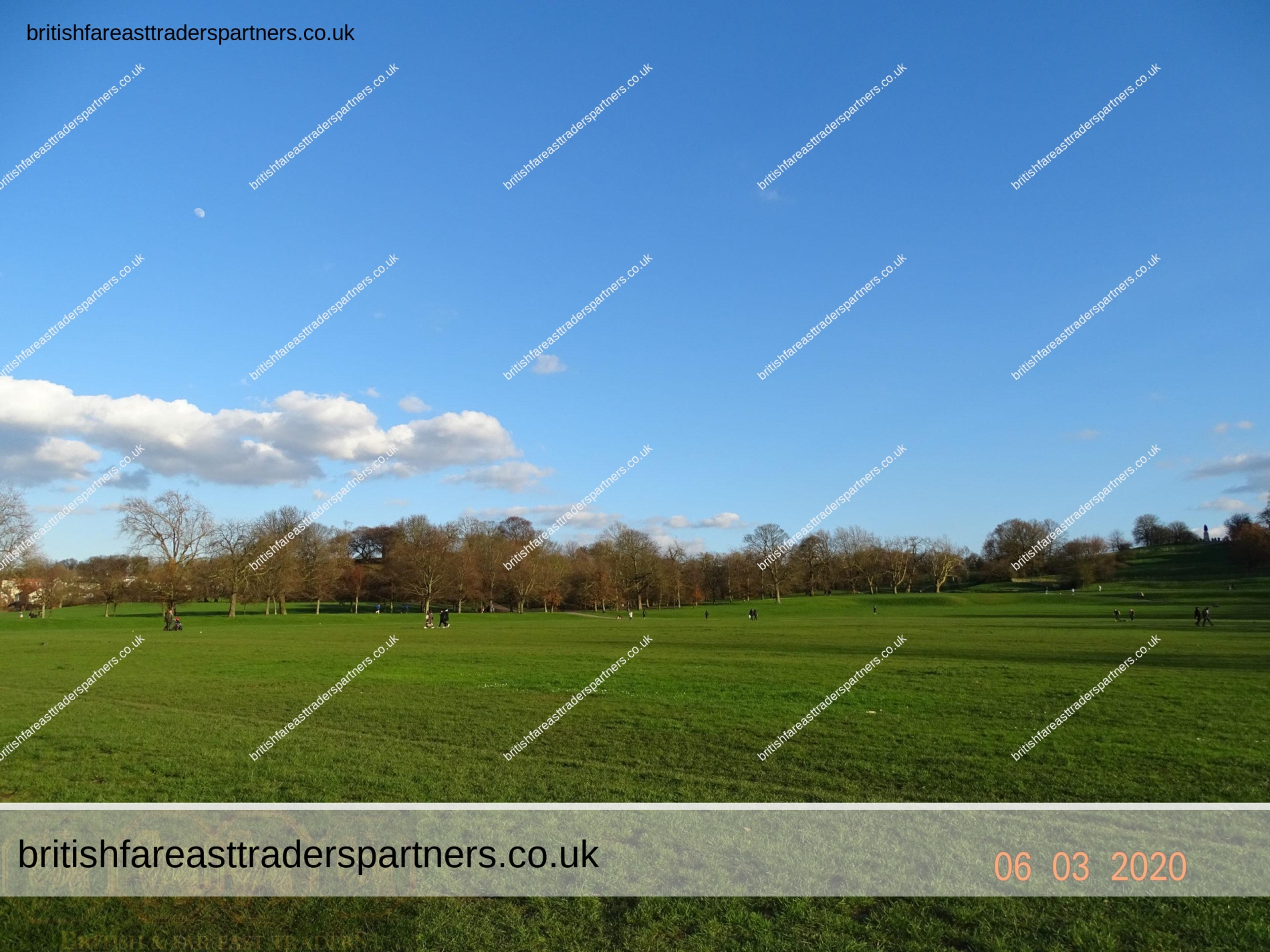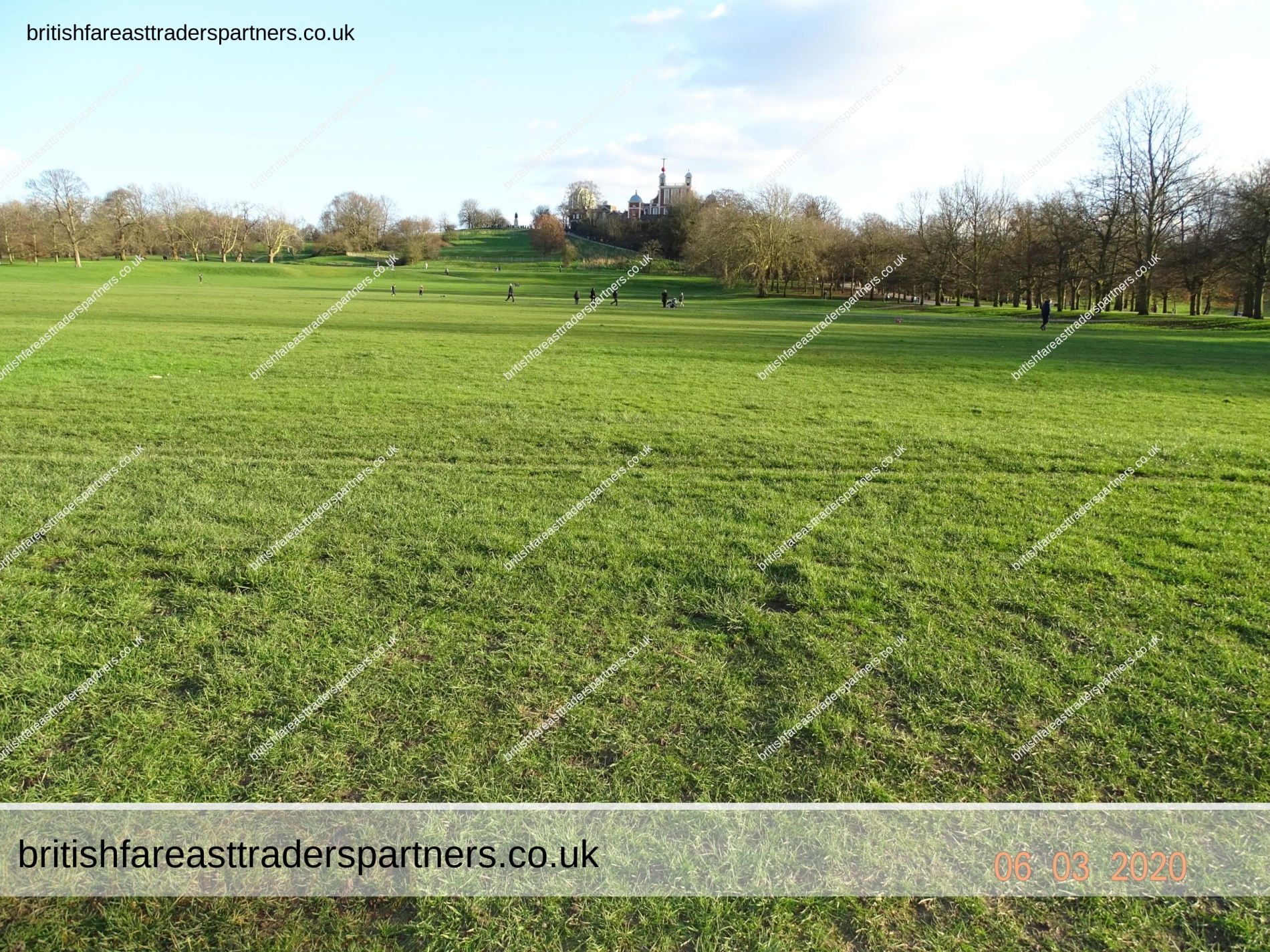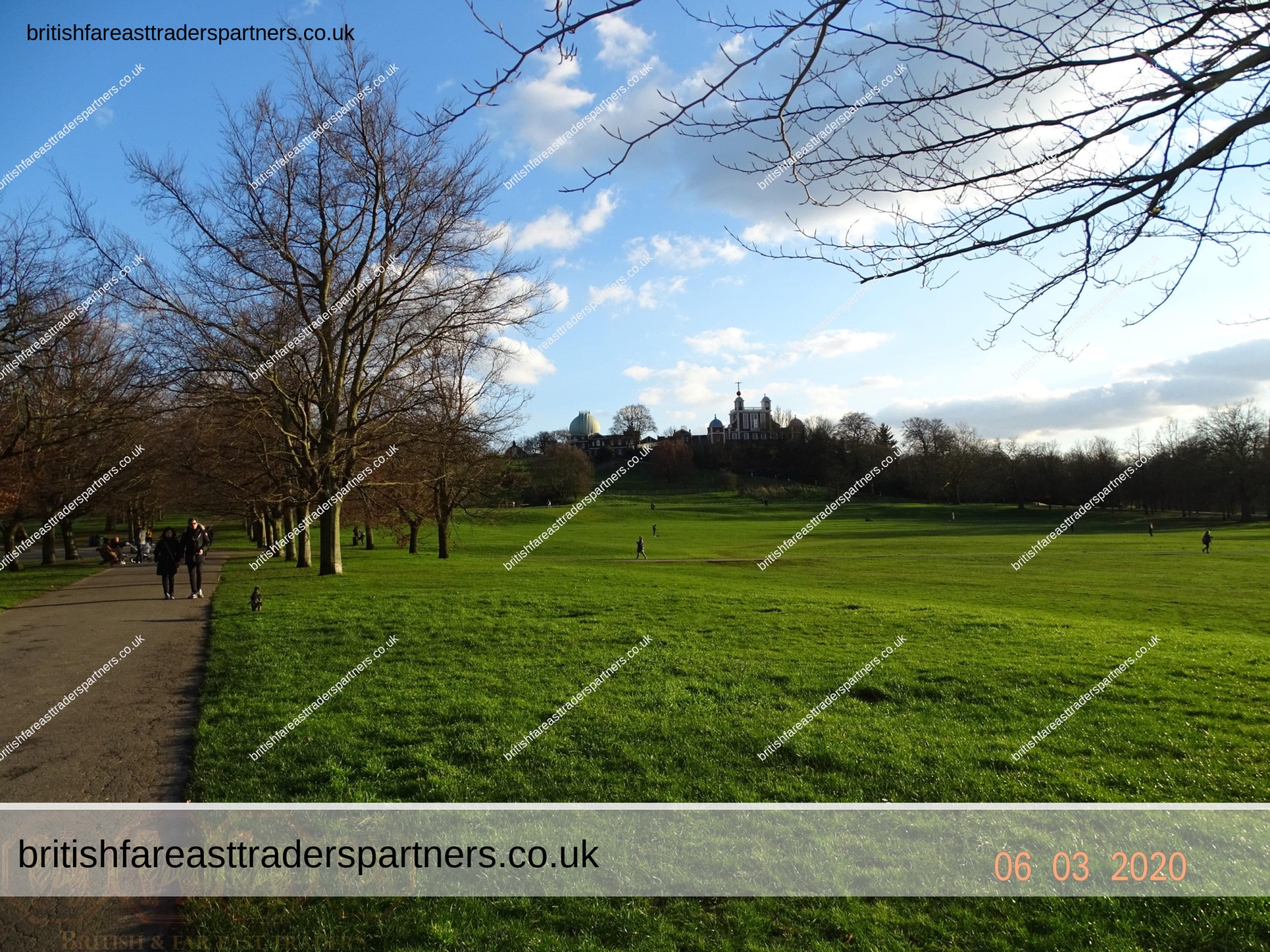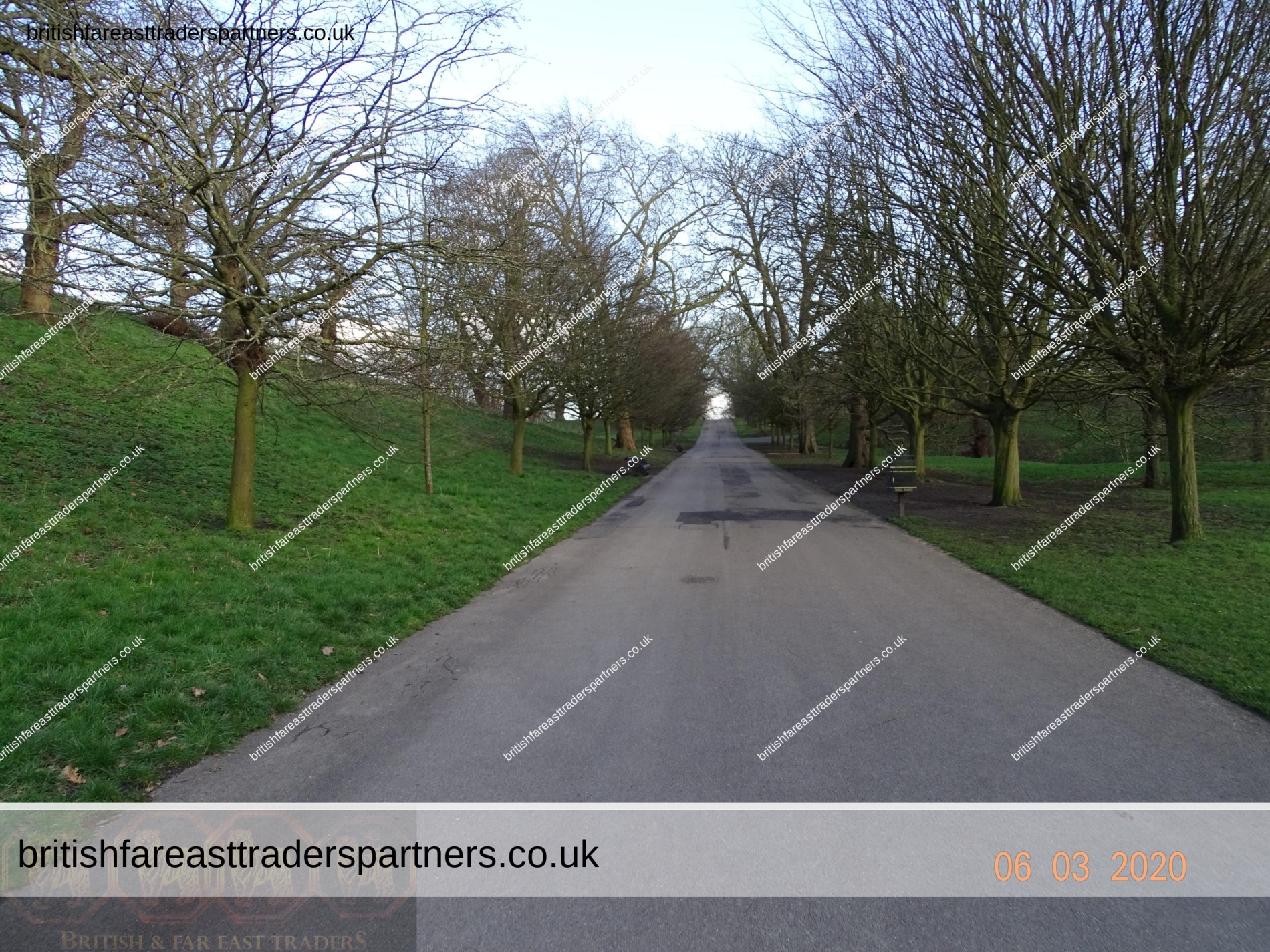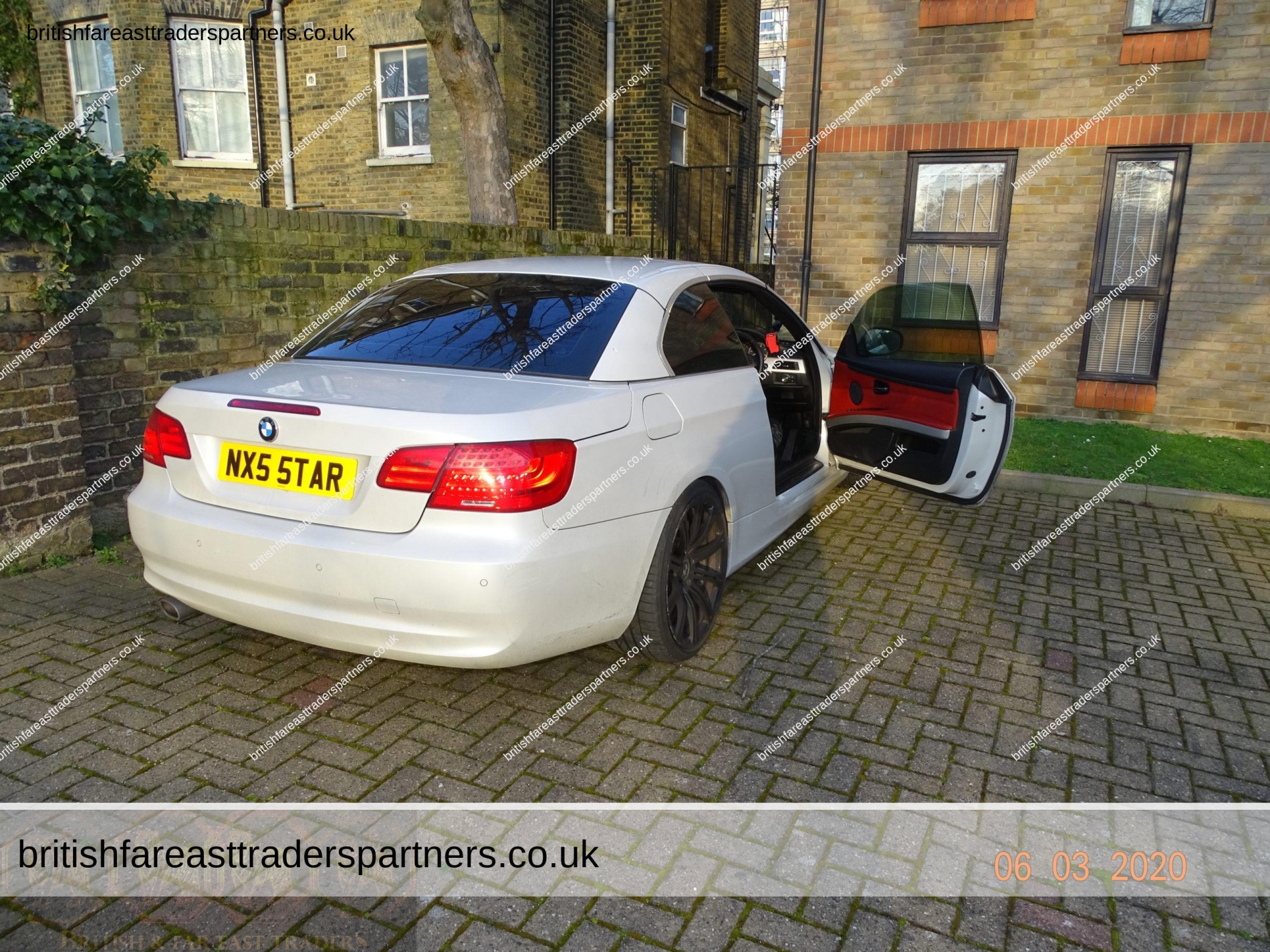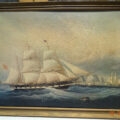Last Updated on: 7th October 2020, 12:24 am
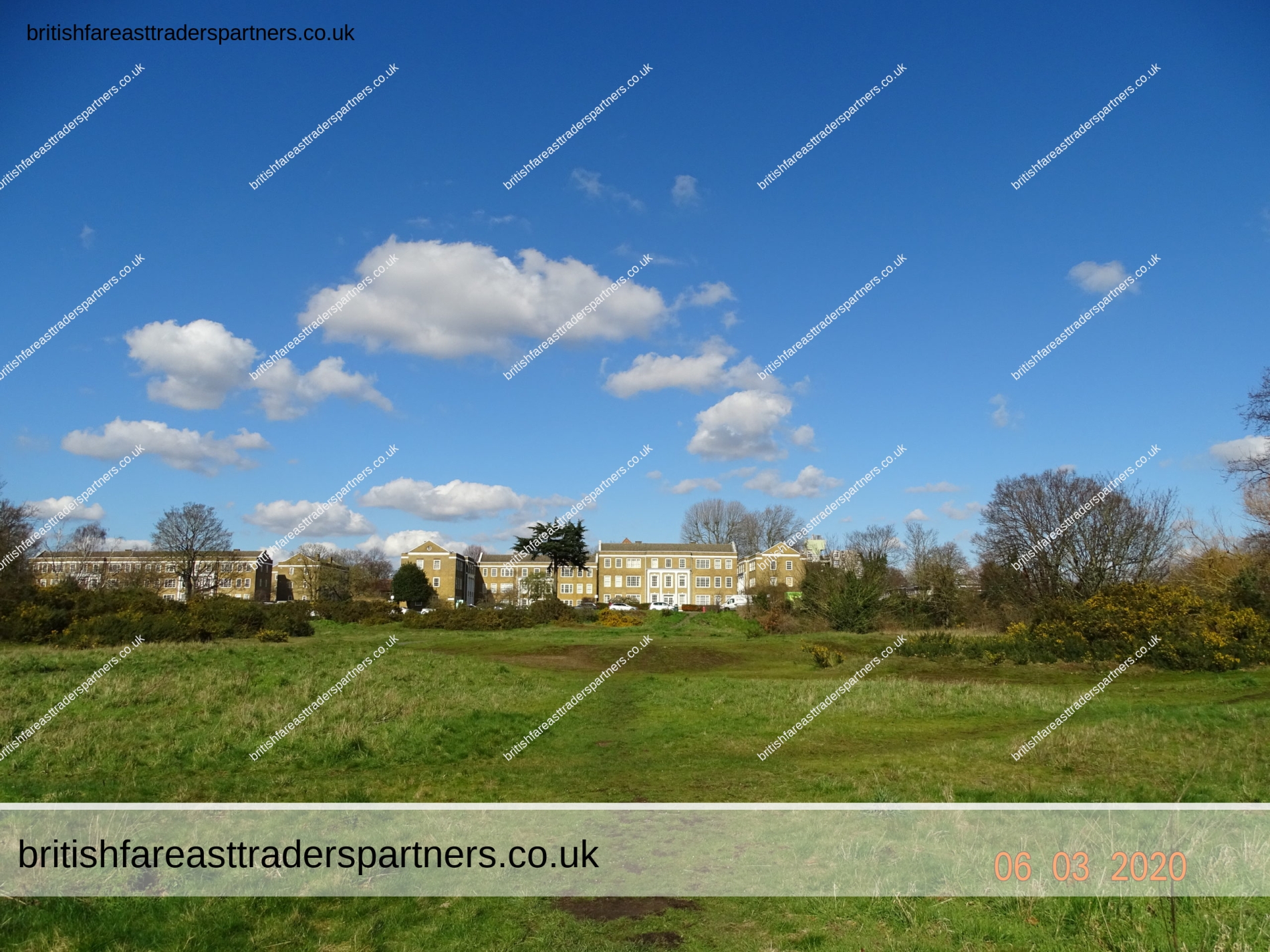
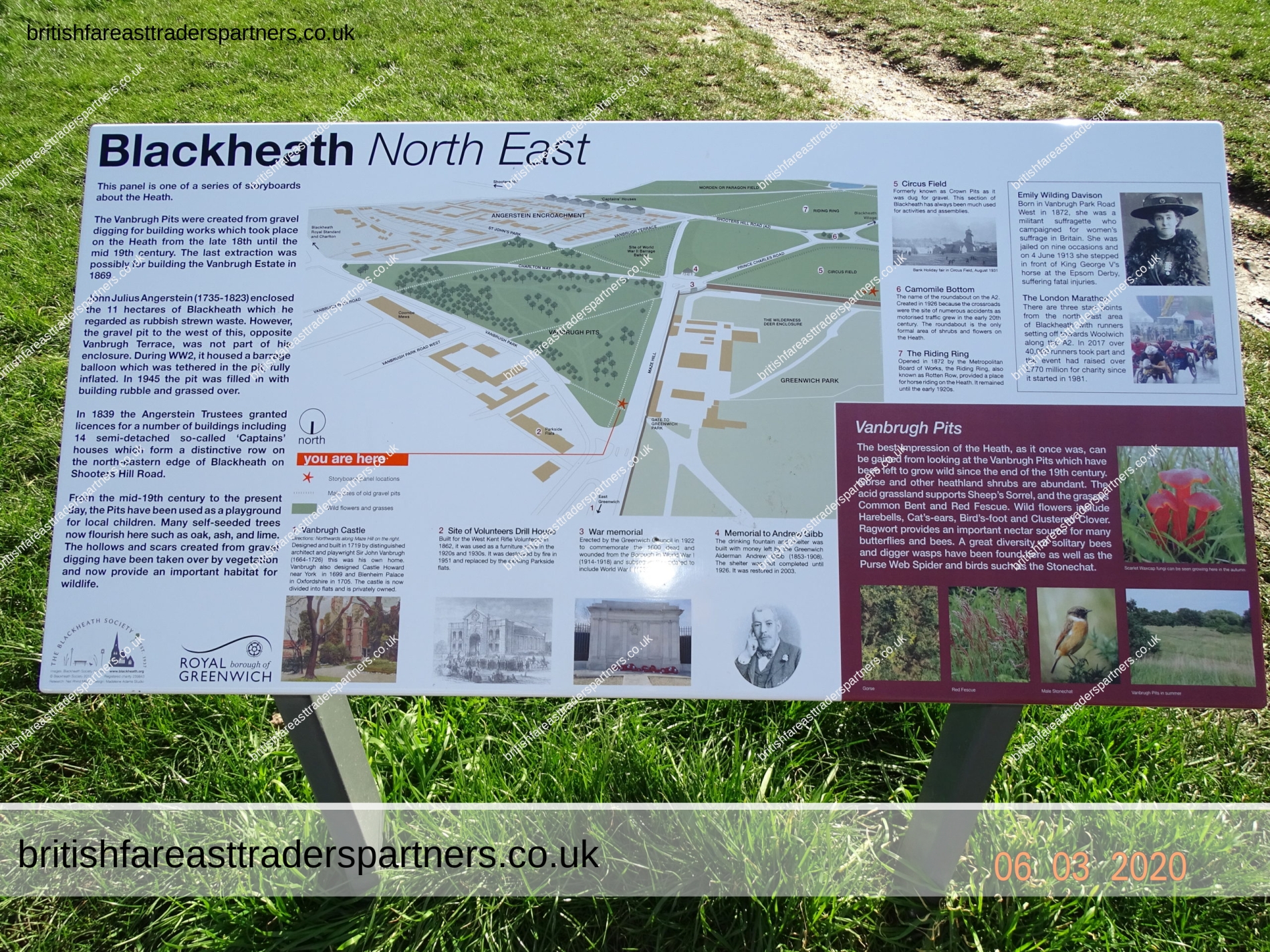
WELCOME TO GREENWICH PARK LONDON
Greenwich Park is a former hunting park in Greenwich
and one of the largest single green spaces in south-east London.
One of the Royal Parks of London,
and the first to be enclosed (in 1433),
it covers 74 hectares (180 acres),
and is part of the Greenwich World Heritage Site.
It commands fine views over the River Thames,
the Isle of Dogs and the City of London
(Simon Jenkins rated the view of the Royal Hospital with
Canary Wharf in the distance as one of the top ten in England).
The park is open year-round. I
t is listed Grade I on the Register of Historic Parks and Gardens.
HISTORY
The estate of some 200 acres (81 ha)
was originally owned by the Abbey of St. Peter at Ghent,
but reverted to the Crown in 1427 and was given by Henry VI
to his uncle Humphrey, Duke of Gloucester.
He built a house by the river, Bella Court, and a small castle,
called Greenwich Castle as well as Duke Humphrey’s Tower, on the hill.
The former evolved first into the Tudor Palace of Placentia
and then into the Queen’s House and Greenwich Hospital.
Greenwich Castle, by now in disrepair,
was chosen for the site of the Royal Observatory by Charles II in 1675.
In the 15th century the park was mostly heathland
and probably used for hawking.
In the next century, deer were introduced by Henry VIII for hunting,
and a small collection of deer is maintained today in an area to the south east.
James I enclosed the park with a brick wall,
twelve feet high and two miles (3 km) long at a cost of £2000,
much of which remains and defines the modern boundary.
A small section of the boundary wall in the southwest corner of the park
was formerly part of Montagu House,
one time residence of Caroline of Brunswick,
demolished in 1815, though Queen Caroline’s bath (c. 1806)
is preserved inside the park.
In the 17th century, the park was landscaped,
possibly by André Le Nôtre who is known at least to have designed plans for it.
The public were first allowed into the park during the 18th century. Samuel Johnson visited the park in 1763 and commented “Is it not fine?”. The famous hill upon which the observatory stands was used on public holidays for mass ‘tumbling’.
In the 1830s a railway was nearly driven through the middle of the lower park
on a viaduct but the scheme was defeated by intense local opposition.
However, the London and Greenwich Railway was later extended beneath the ground
via a cut-and-cover tunnel link between Greenwich and Maze Hill
which opened in 1878 (the tunnel alignment is on the north side
of the northern side of the park’s boundary wall,
running beneath the gardens of the National Maritime Museum and Queen’s House).
In 1888 the park got a station of its own when
Greenwich Park railway station was opened.
The station was not successful,
with most passengers preferring the older Greenwich station,
and in 1917 Greenwich Park station and the associated line closed.
Greenwich Park was used for outdoor London scenes including representing the street,
Constitution Hill in the 2009 film The Young Victoria starring Emily Blunt and Rupert Friend.
Text is available under the Creative Commons Attribution-ShareAlike License;
additional terms may apply.
SOURCE: https://en.wikipedia.org/wiki/Greenwich_Park
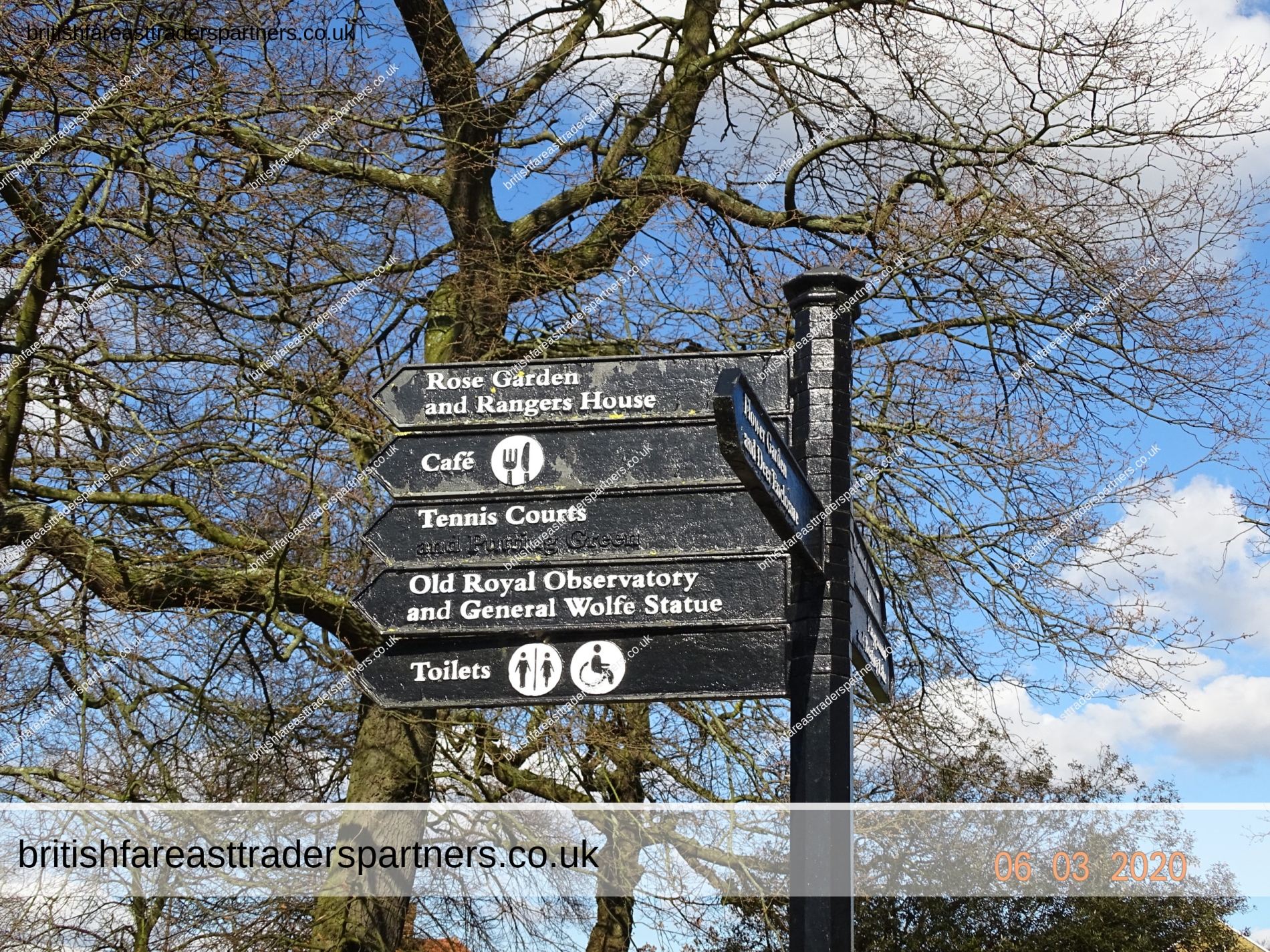
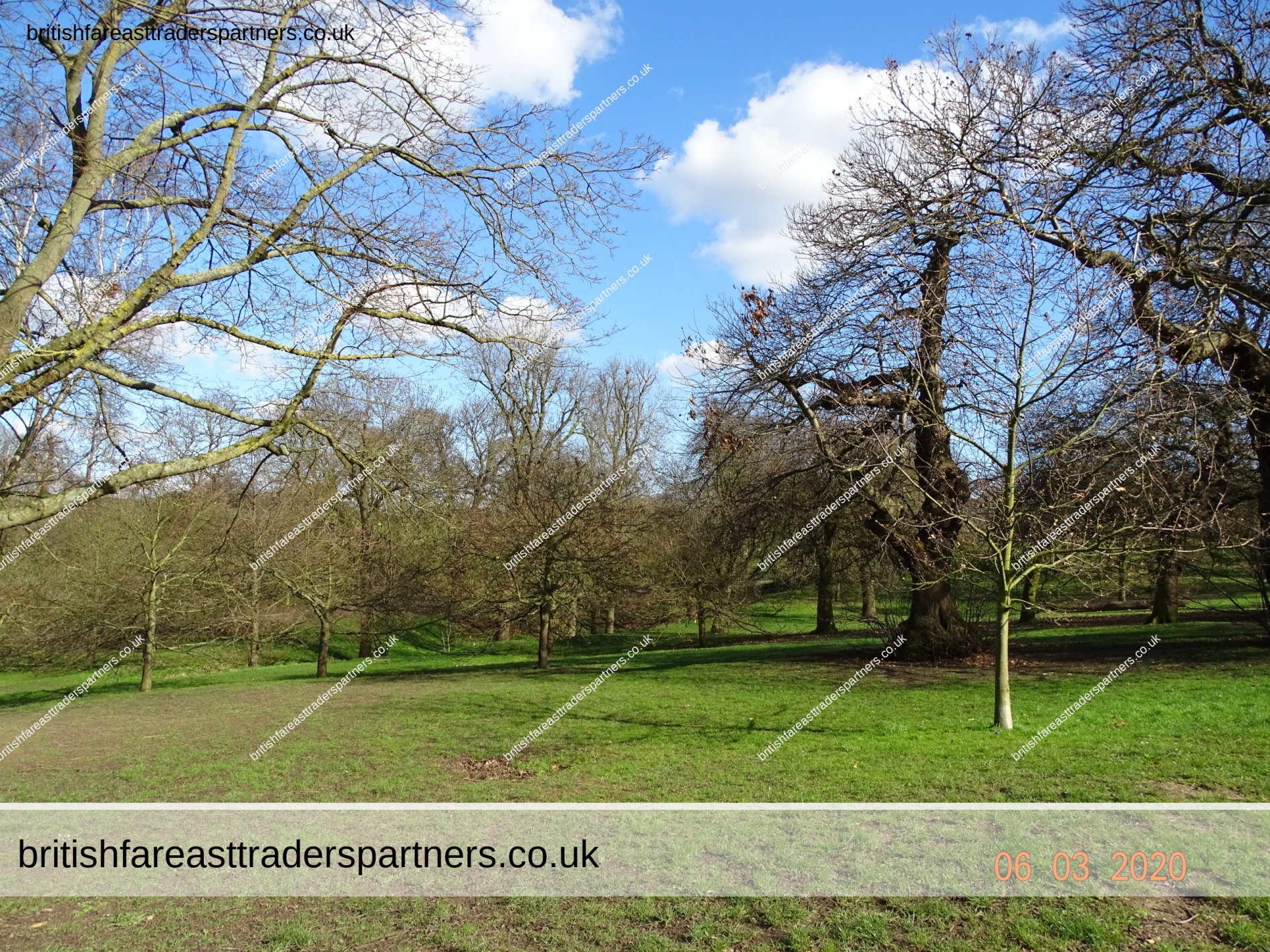
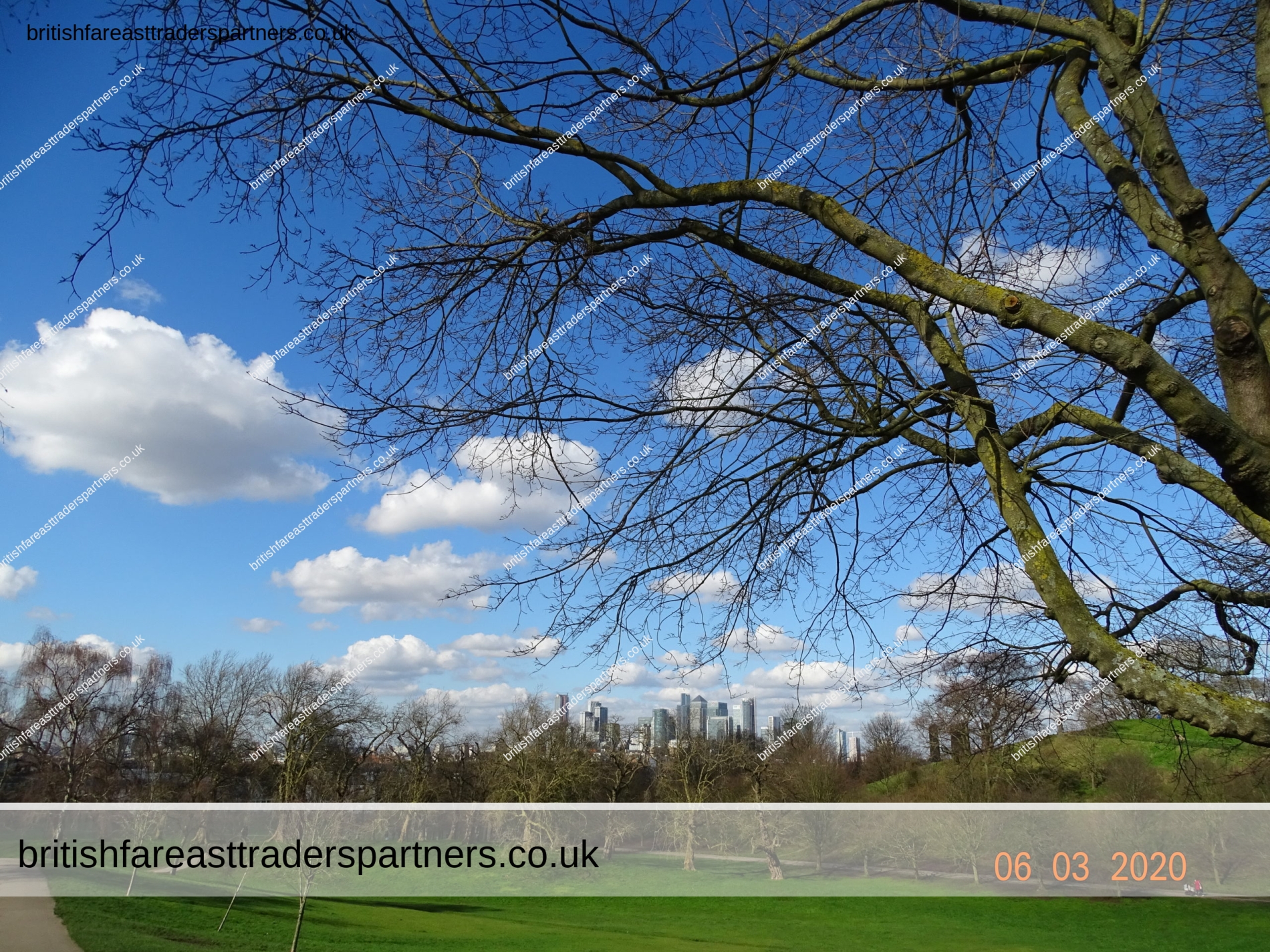
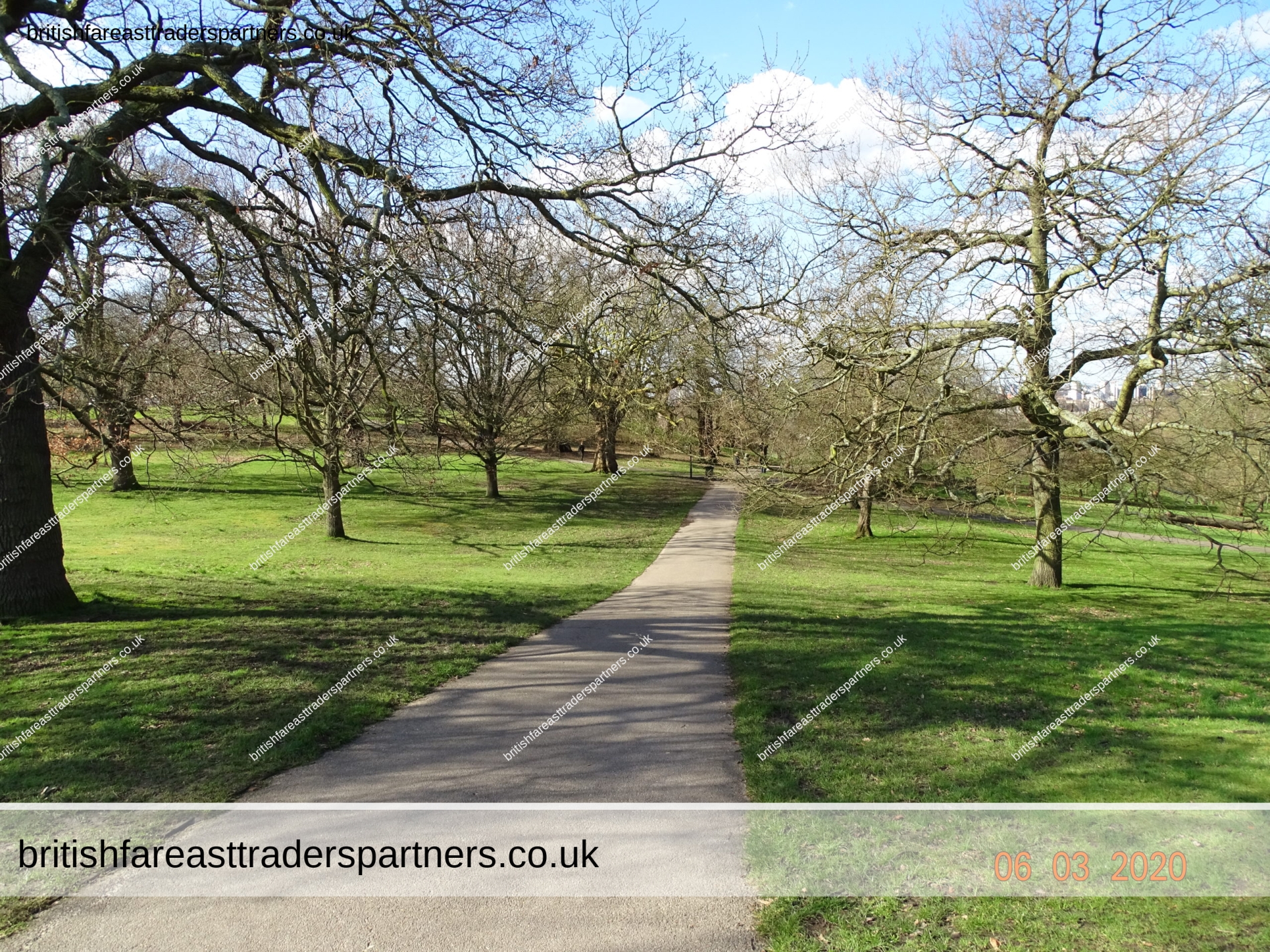
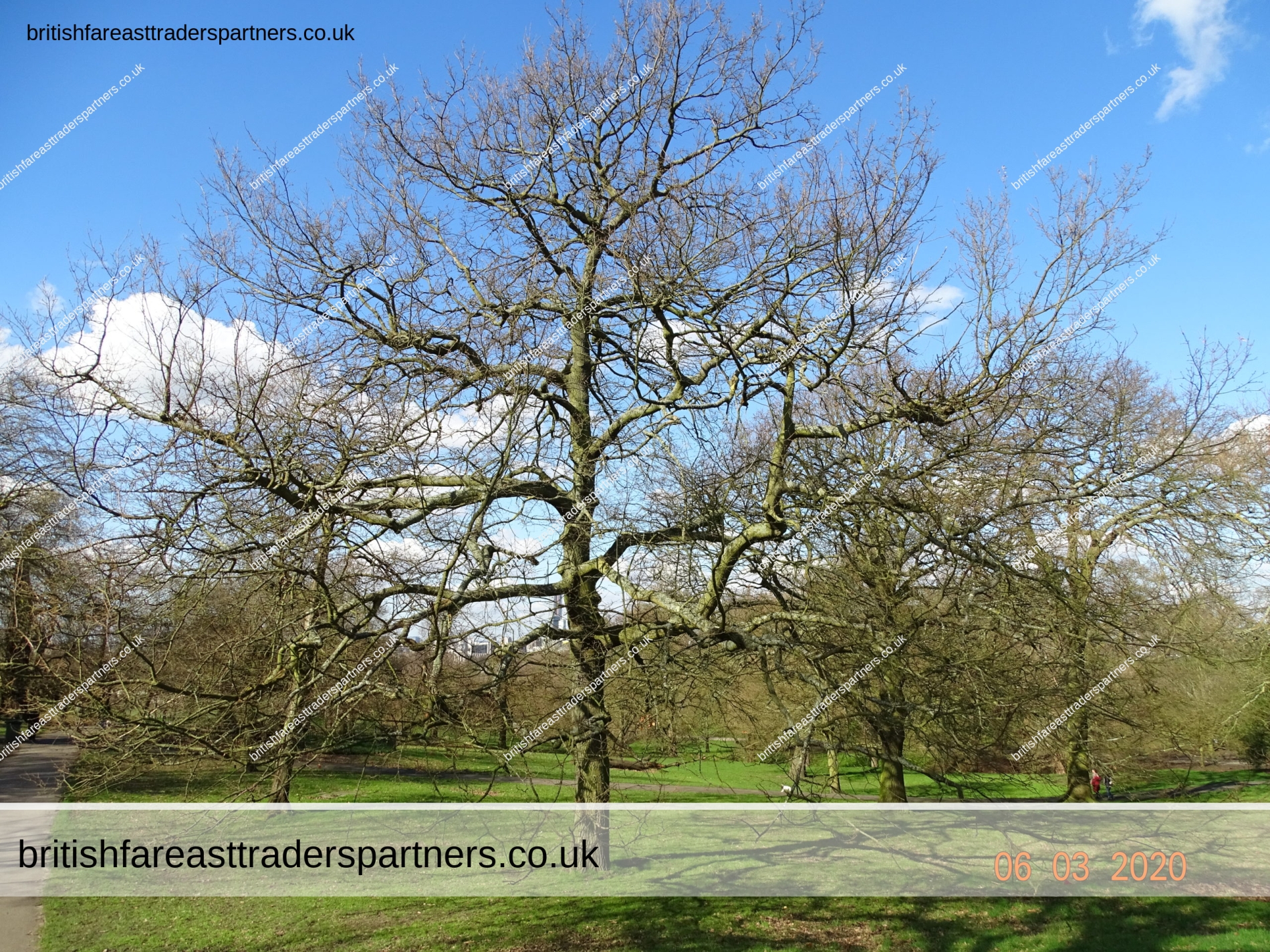
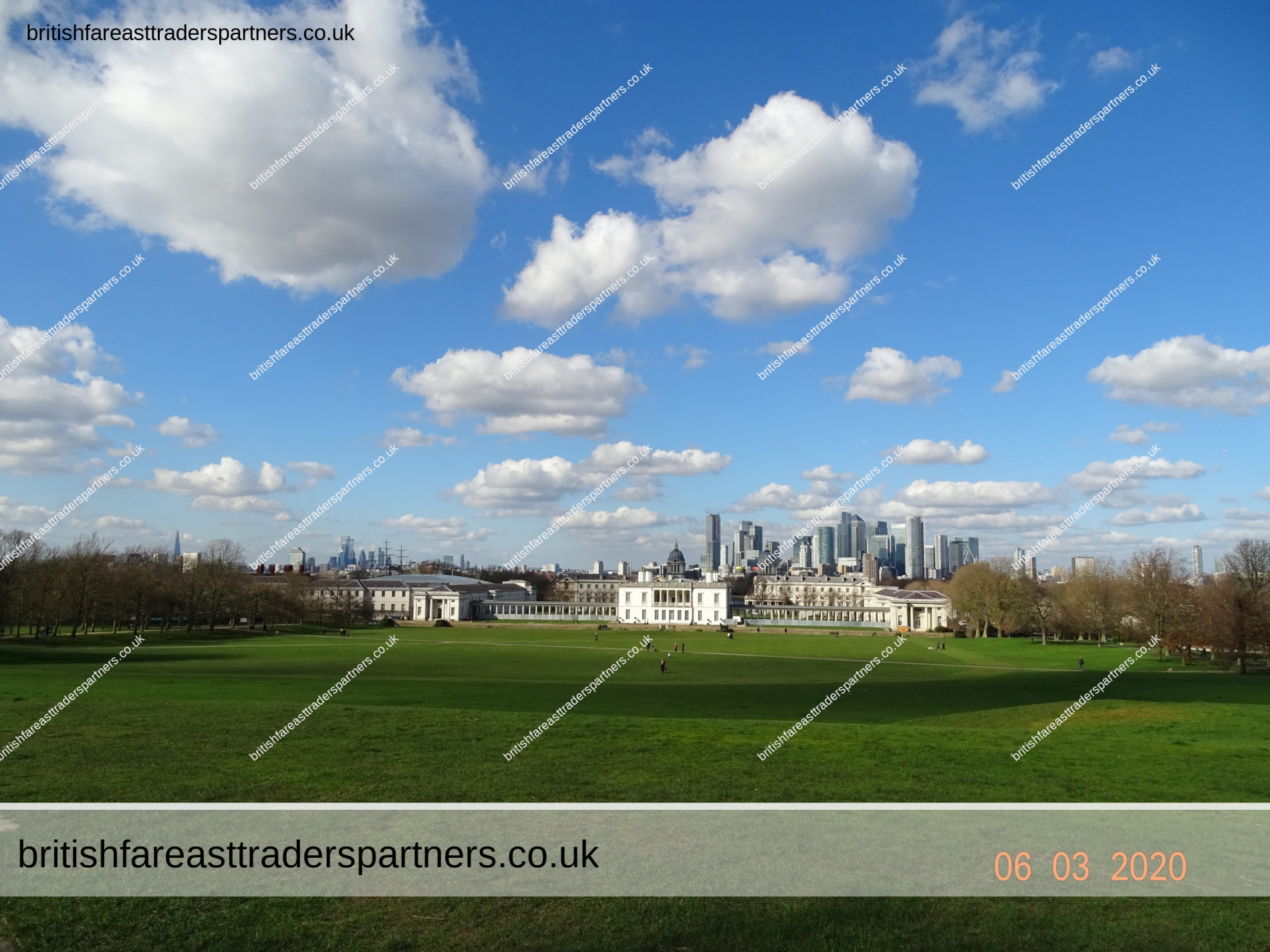
Canary Wharf skyline stands out in the background!
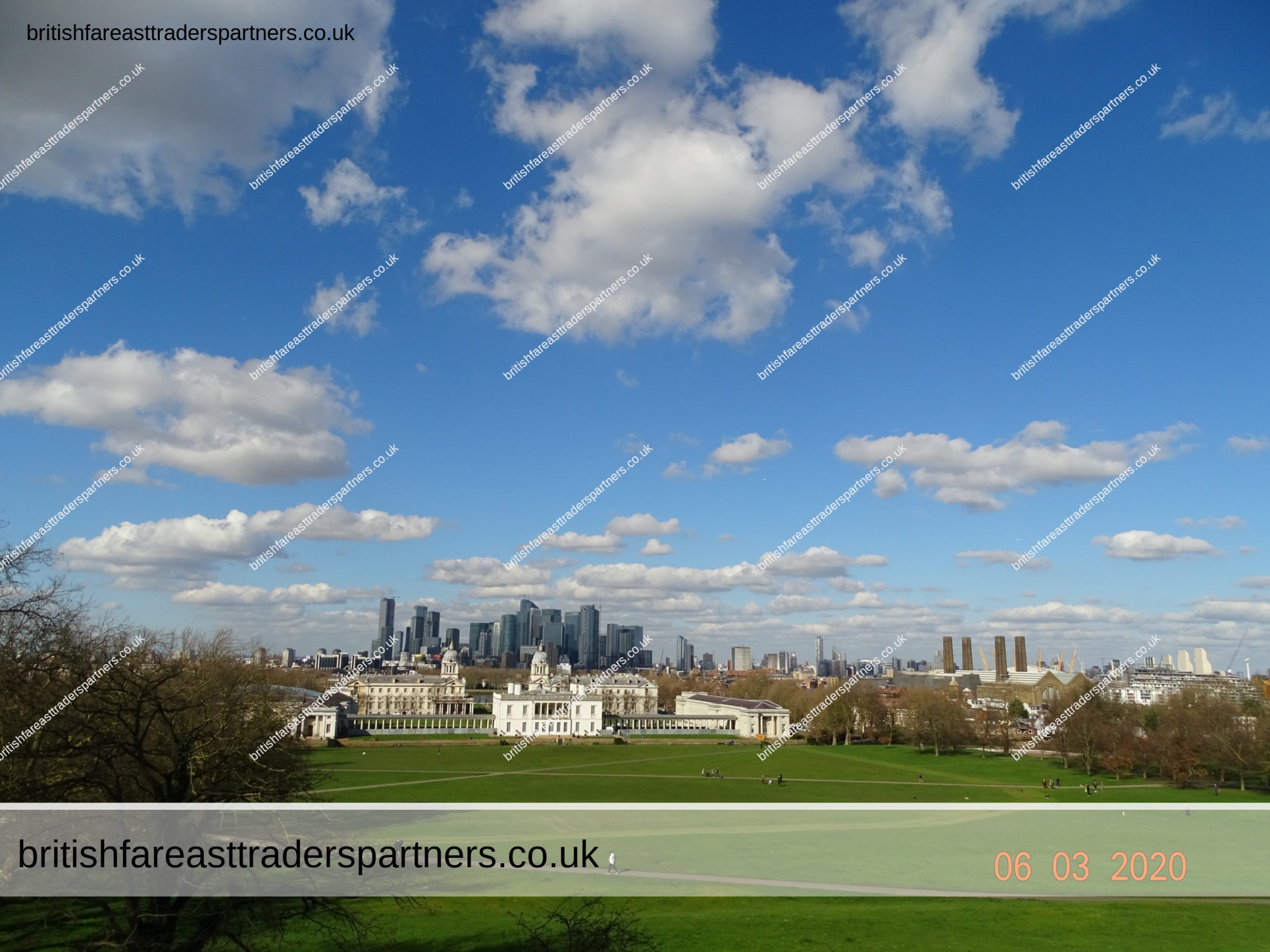
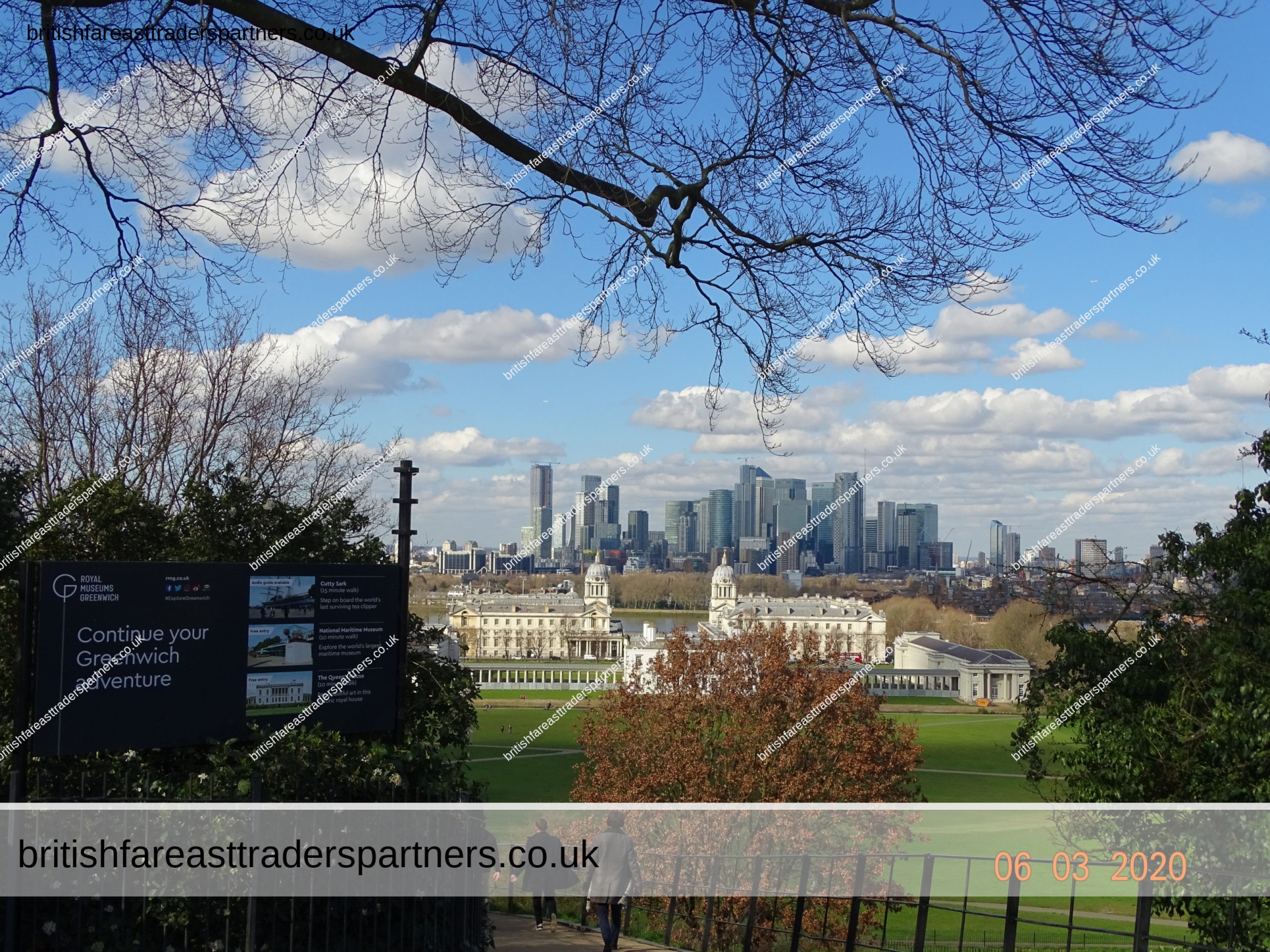
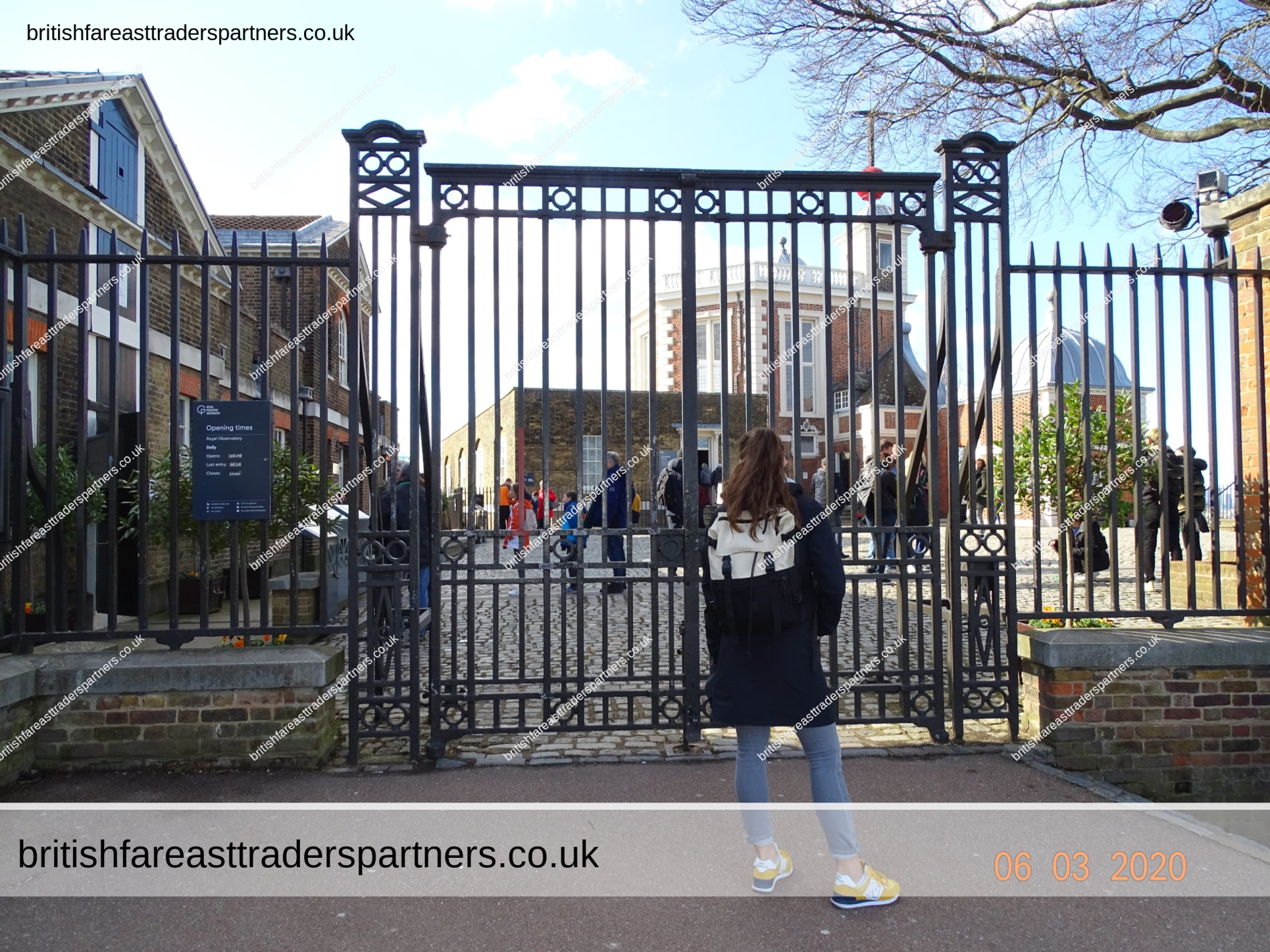
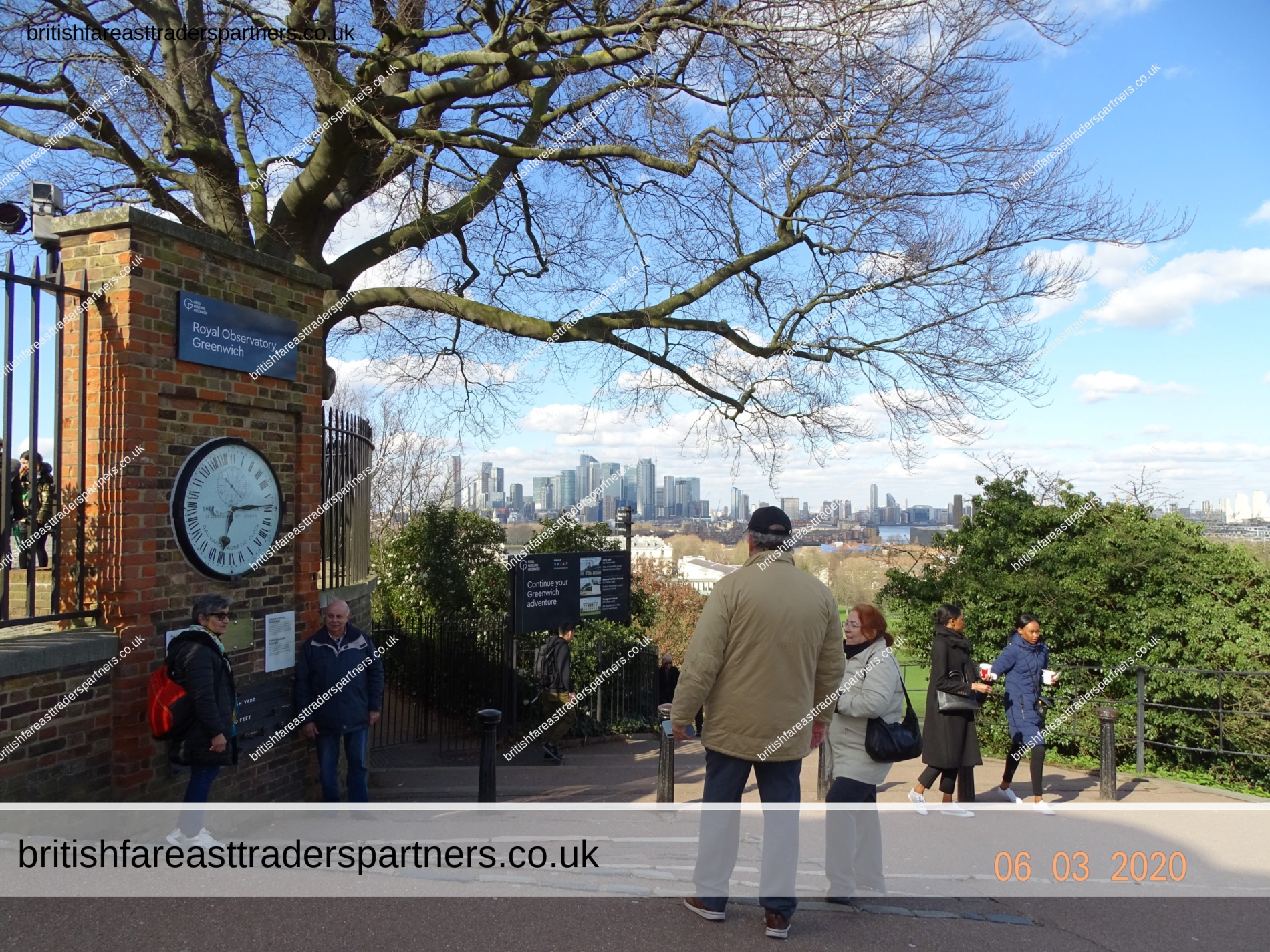
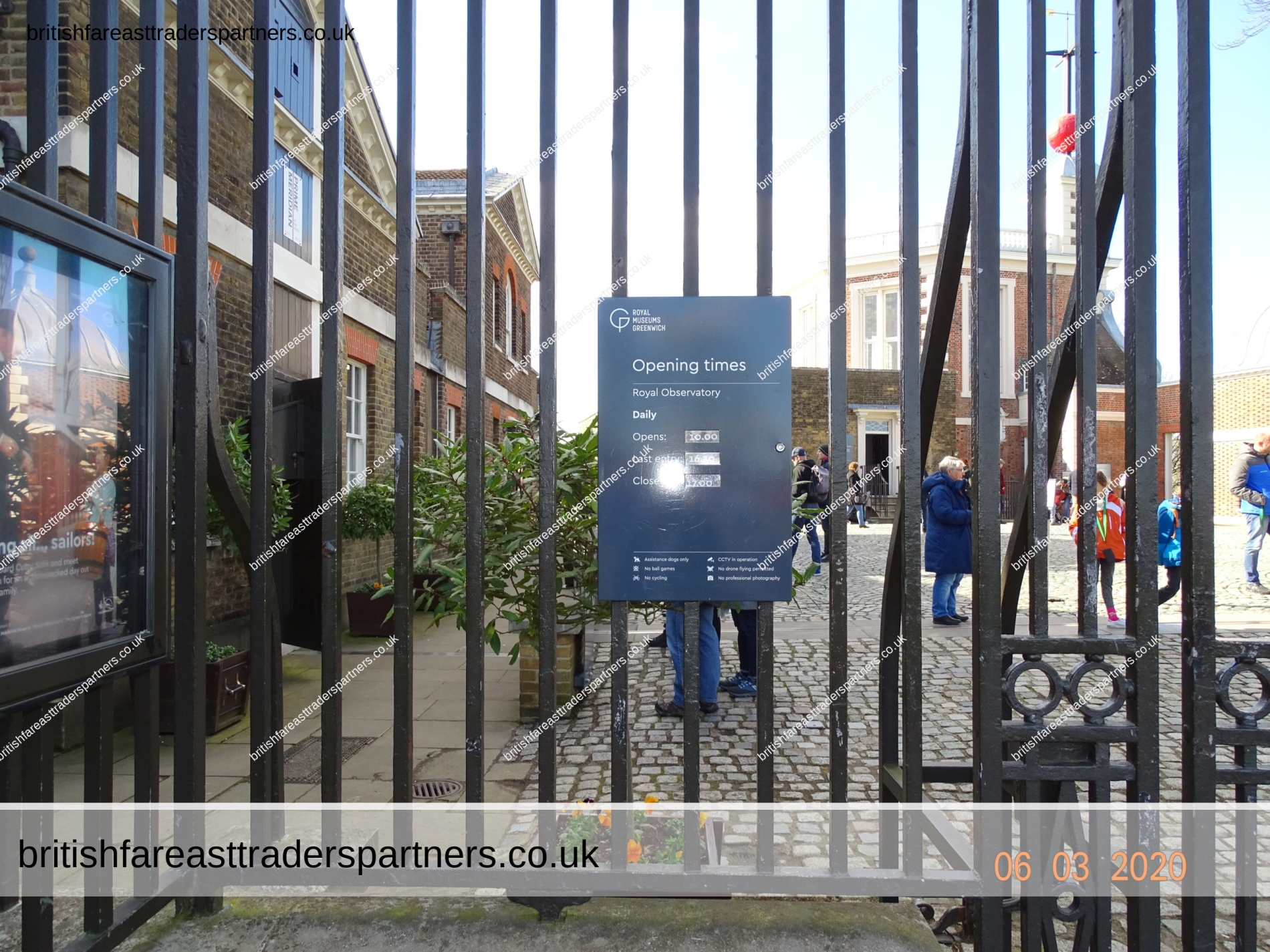
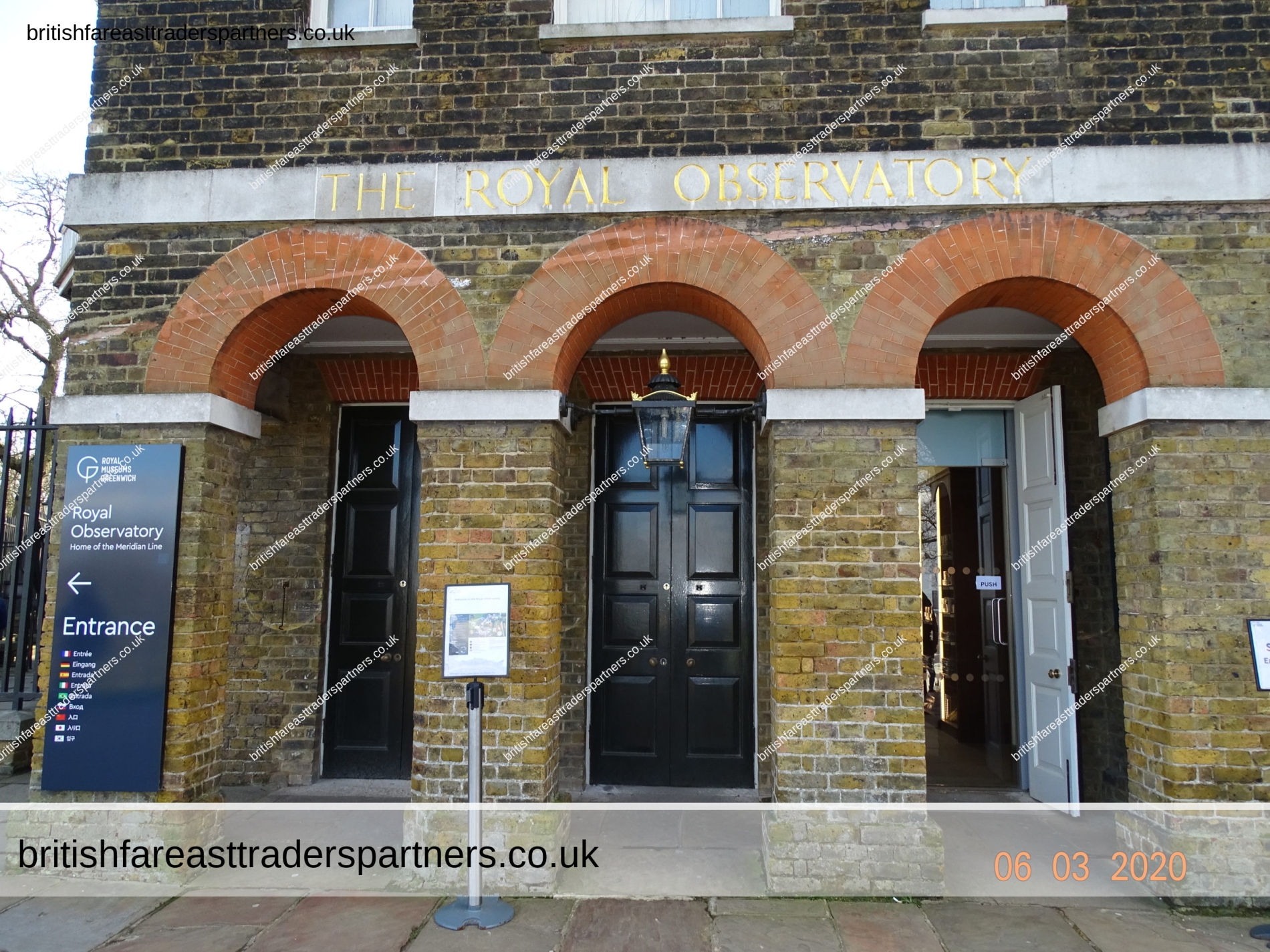
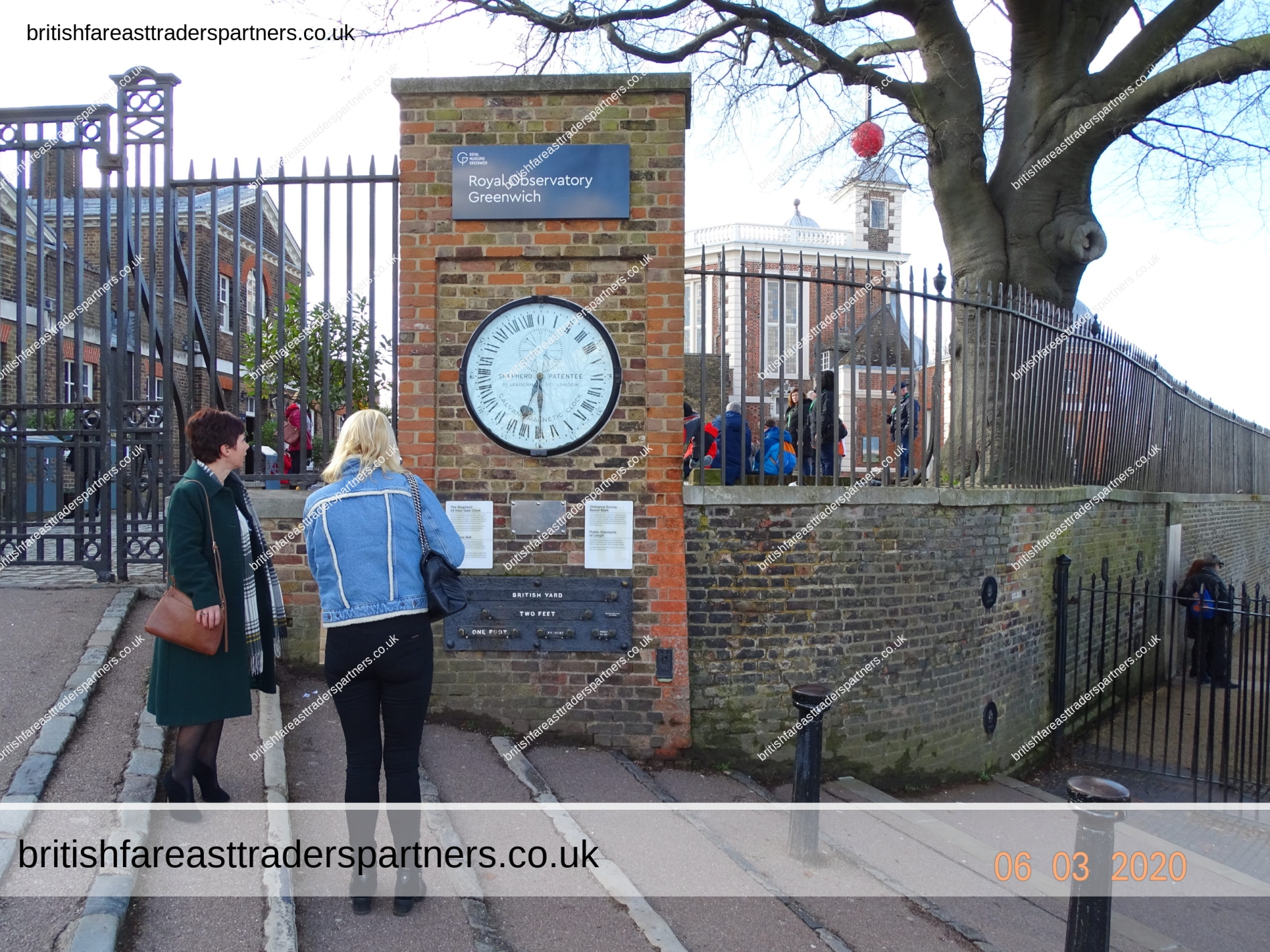
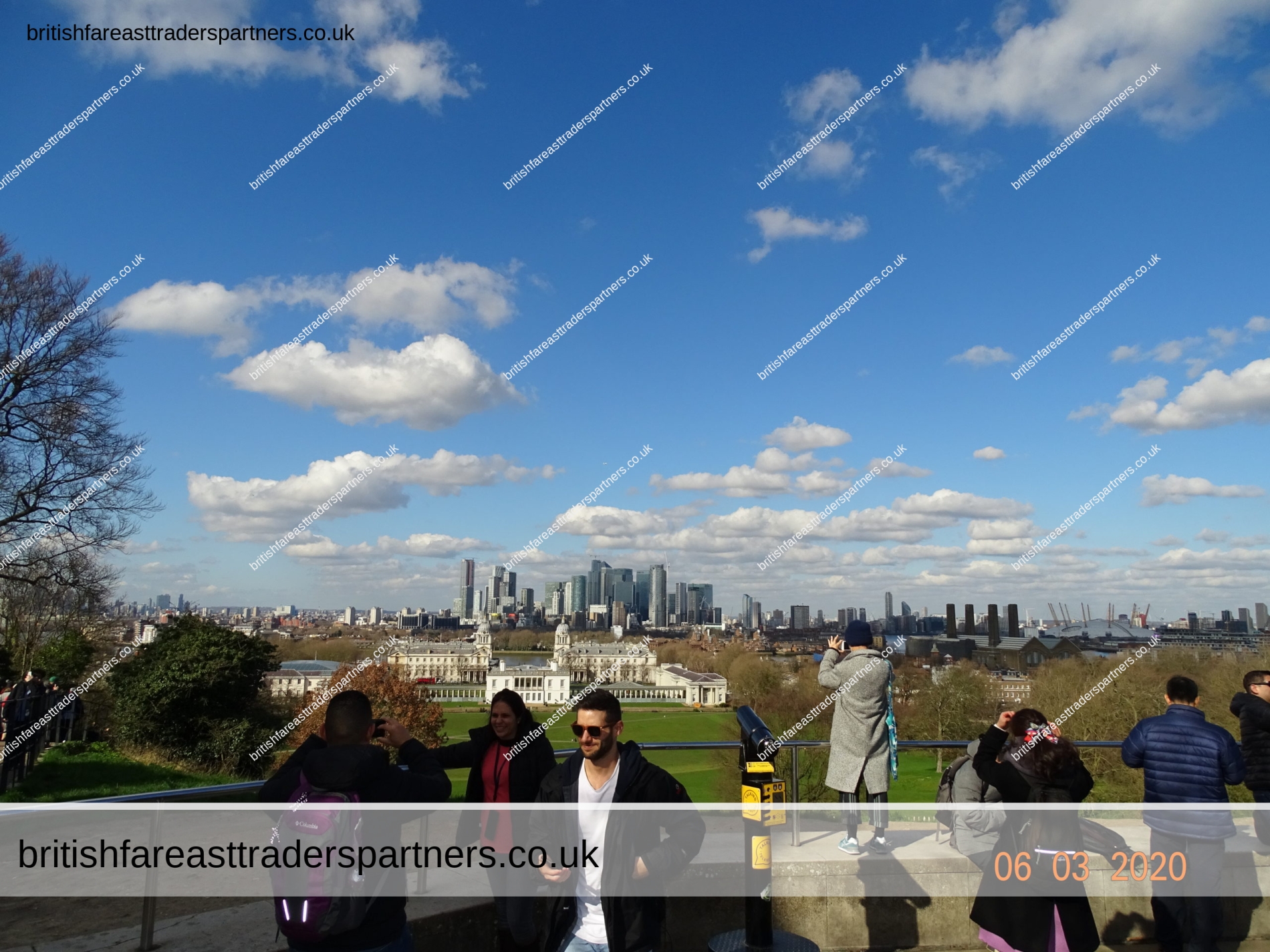
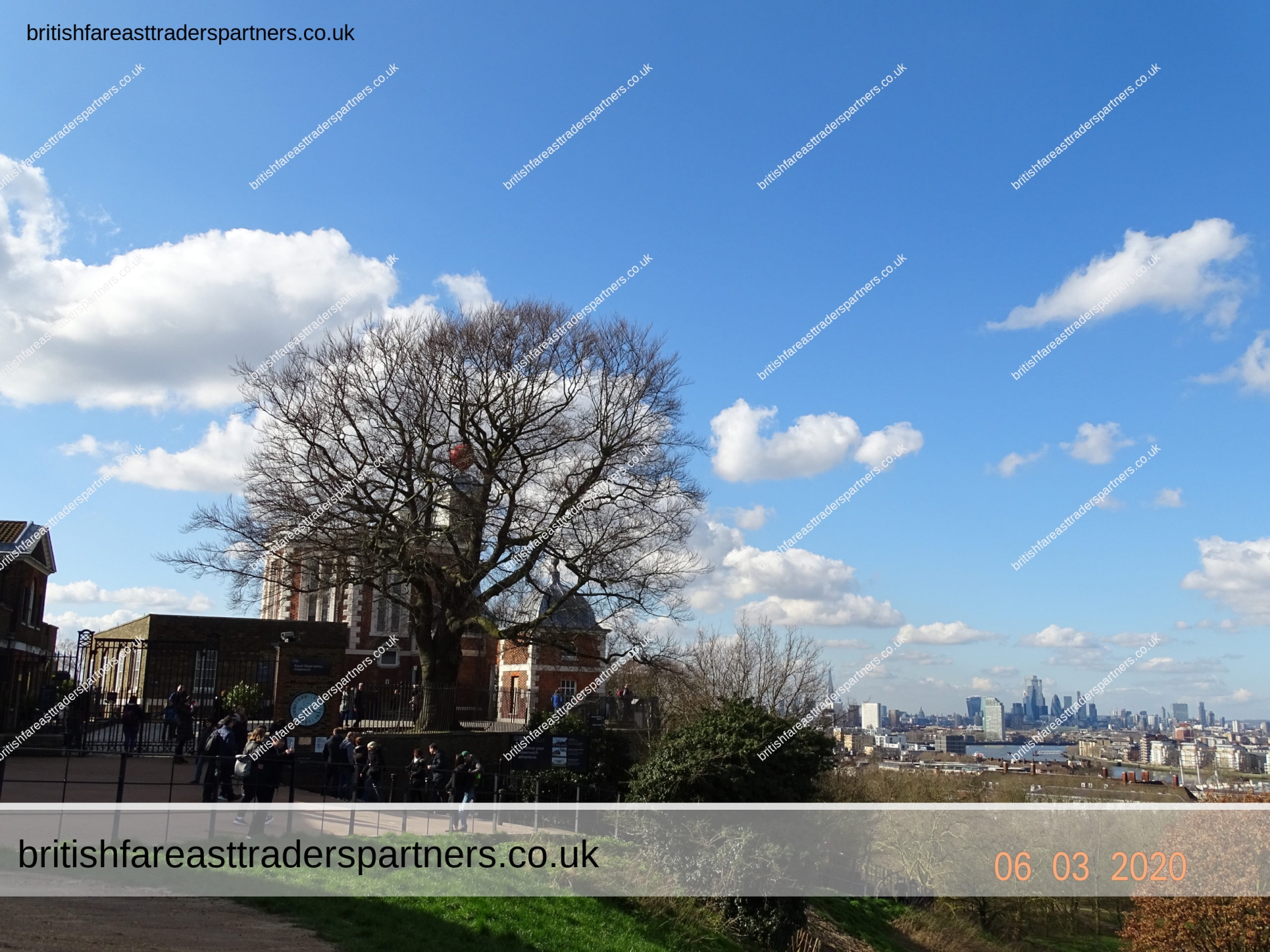
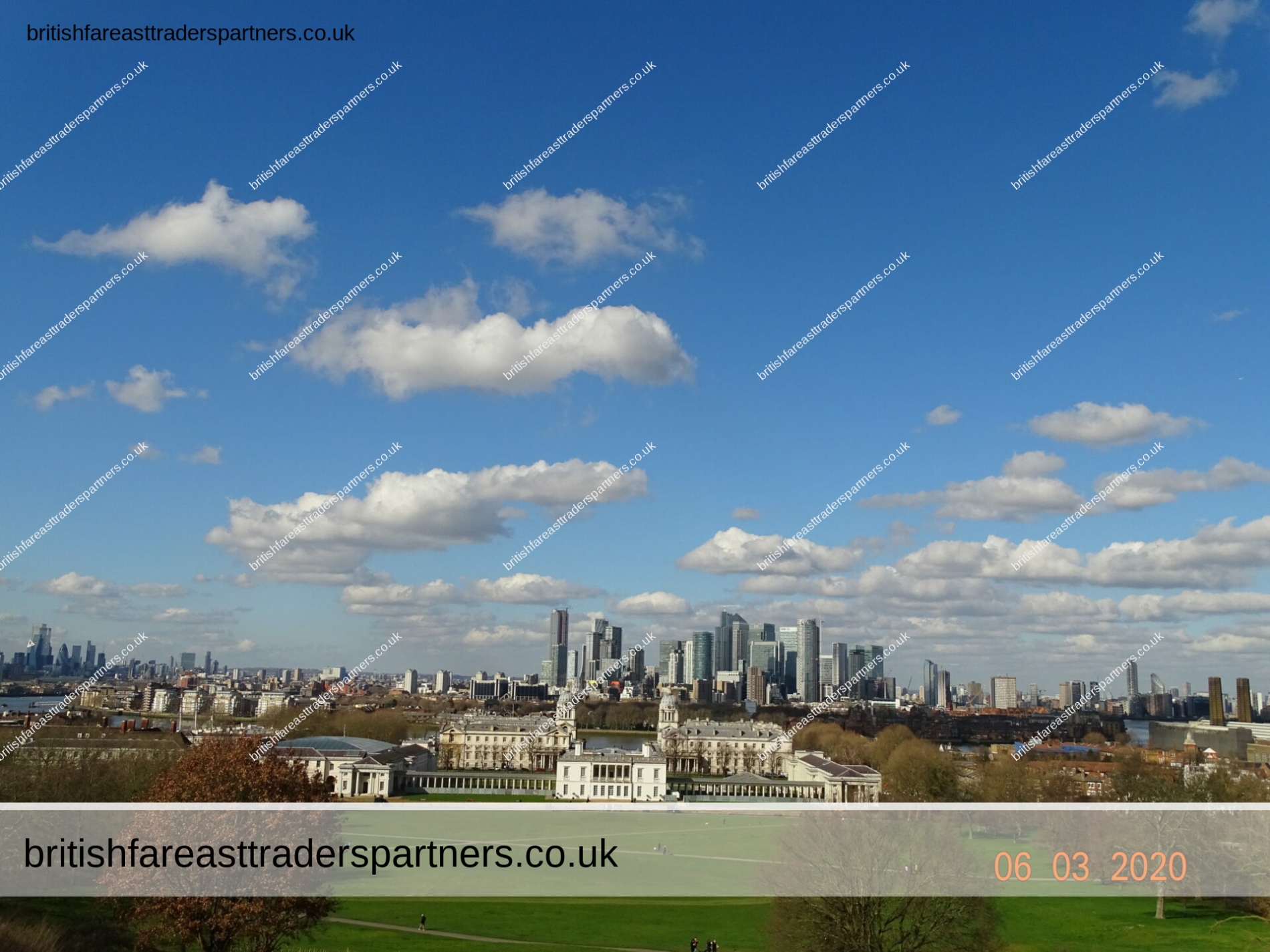
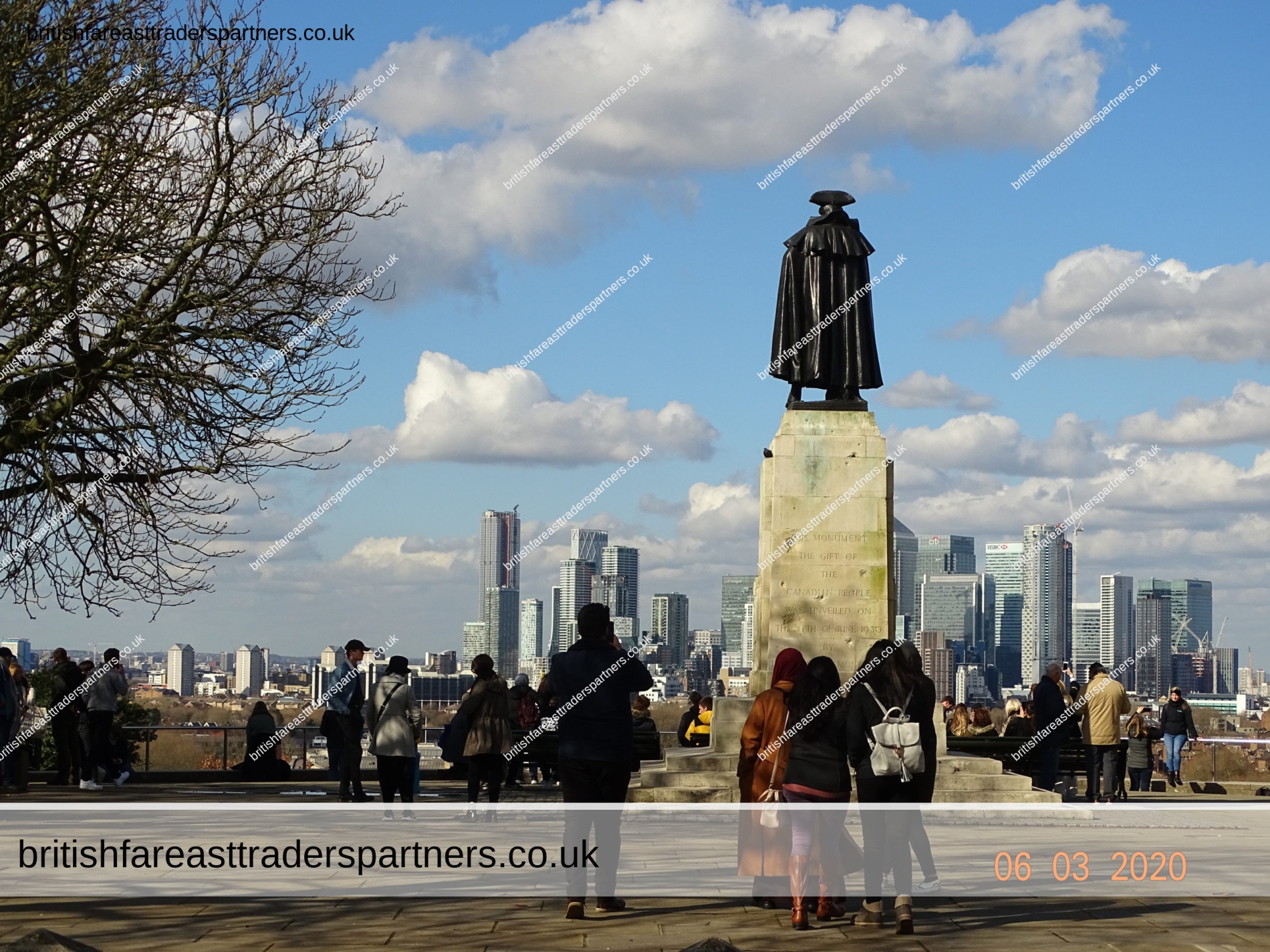
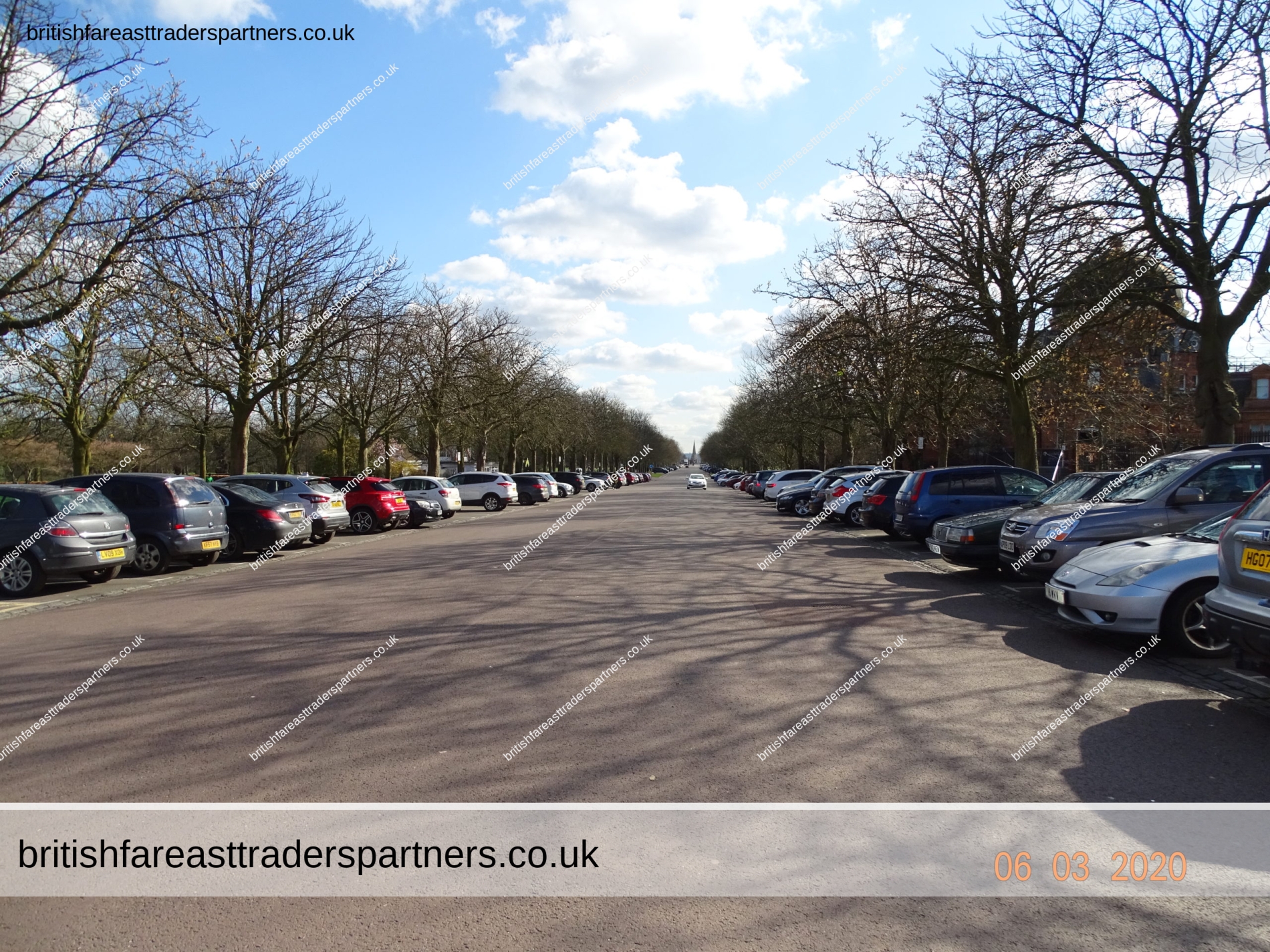
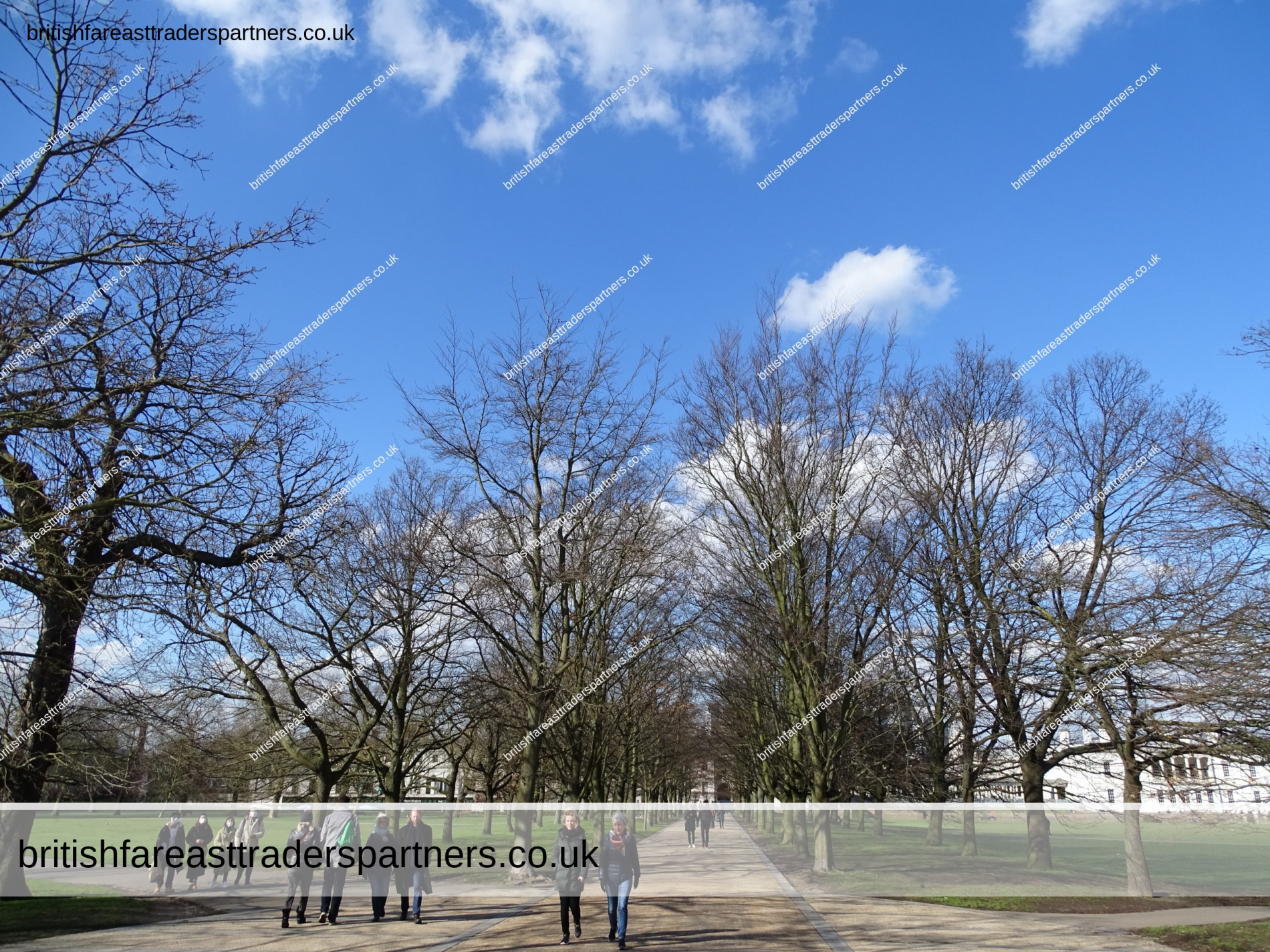
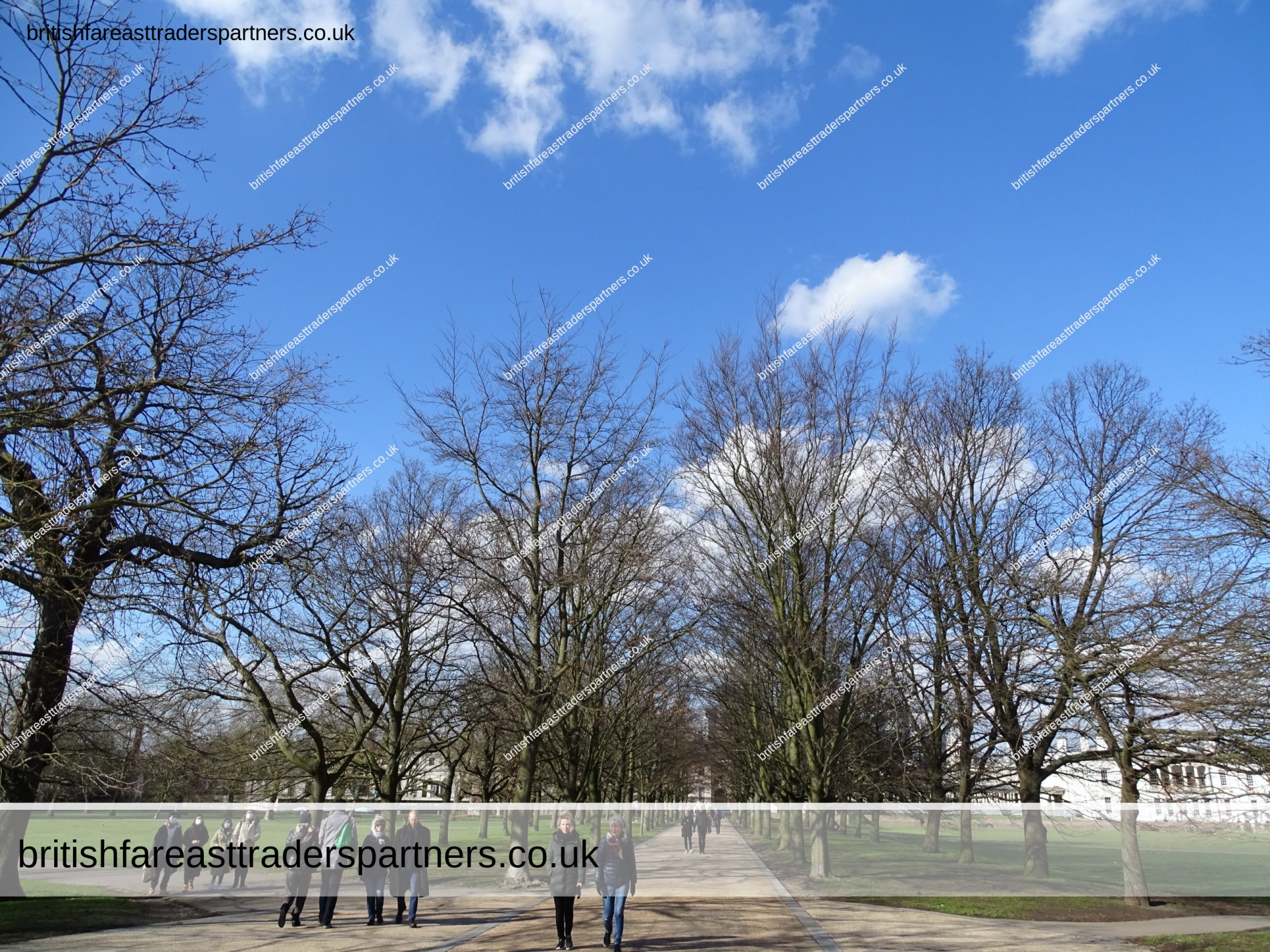
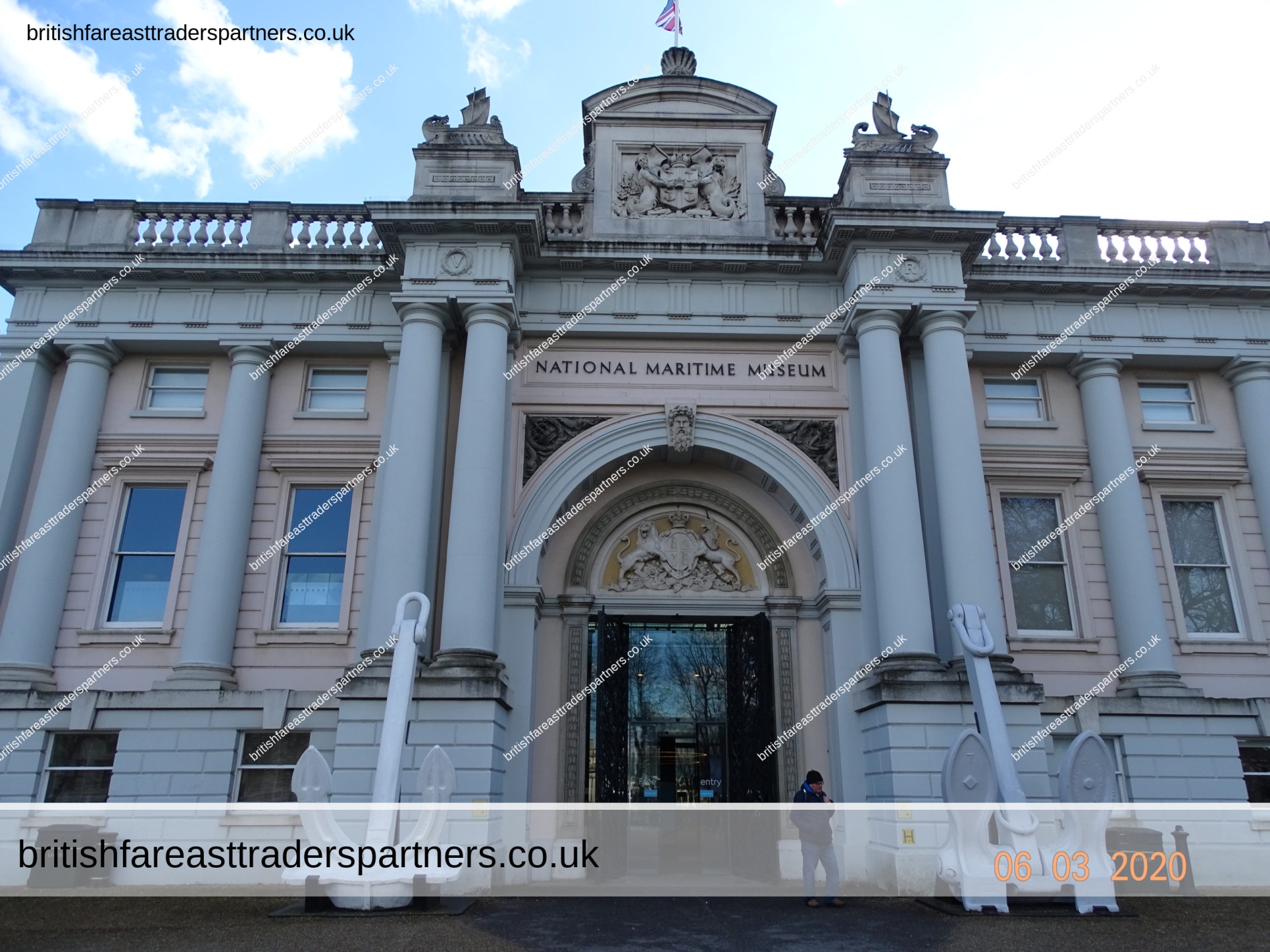
NATIONAL MARITIME MUSEUM
Visit the official website: https://www.rmg.co.uk/national-maritime-museum
PRO TIP!
No Commercial or Professional Photography allowed.
Professional photography is only allowed with written permission.
The National Maritime Museum (NMM) is a maritime museum in Greenwich, London.
It is part of Royal Museums Greenwich,
a network of museums in the Maritime Greenwich World Heritage Site.
Like other publicly funded national museums in the United Kingdom,
it has no general admission charge;
there are admission charges for most side-gallery temporary exhibitions,
usually supplemented by many loaned works from other museums.
CREATION AND OFFICIAL OPENING
The museum was created by the National Maritime Act of 1934 Chapter 43,
under a Board of Trustees, appointed by HM Treasury.
It is based on the generous donations of Sir James Caird (1864–1954).
King George VI formally opened the museum on 27 April 1937
when his daughter Princess Elizabeth accompanied him
for the journey along the Thames from London.
The first Director was Sir Geoffrey Callender.
COLLECTION
Since the earliest times Greenwich has had associations with the sea and navigation.
It was a landing place for the Romans, Henry VIII lived here,
the Navy has roots on the waterfront,
and Charles II founded the Royal Observatory in 1675 for “finding the longitude of places”.
The home of Greenwich Mean Time and the Prime Meridian since 1884,
Greenwich has long been a centre for astronomical study,
while navigators across the world have set their clocks according to its time of day.
The Museum has the most important holdings in the world on the history of Britain at sea
comprising more than two million items,
including maritime art (both British and 17th-century Dutch),
cartography, manuscripts including official public records,
ship models and plans, scientific and navigational instruments,
instruments for time-keeping and astronomy (based at the Observatory).
Its holdings including paintings relating to
Vice-Admiral Horatio Nelson and Captain James Cook.
An active loans programme ensures that items from the collection
are seen in the UK and abroad.
The museum aims to achieve a greater understanding of
British economic, cultural, social, political and maritime history
and its consequences in the world today.
The museum plays host to various exhibitions,
including Ships Clocks & Stars in 2014,
Samuel Pepys: Plague, Fire, Revolution in 2015 and
Emma Hamilton: Seduction and Celebrity in 2016.
The collection of the National Maritime Museum
also includes items taken from the German Naval Academy Mürwik after World War II,
including several ship models, paintings and flags.
The museum has been criticized for possessing
what has been described as “looted art“.
The museum regards these cultural objects as “war trophies“,
removed under the provisions of the Potsdam Conference.
The museum awards the Caird Medal annually in honour of its major donor, Sir James Caird.
In late August 2018, several groups were vying for the right to purchase
the 5,500 RMS Titanic relics that were an asset of the bankrupt Premier Exhibitions.
Eventually, the National Maritime Museum,
Titanic Belfast and Titanic Foundation Limited,
as well as National Museums Northern Ireland,
joined together as a consortium that was raising money to purchase the 5,500 artifacts.
The group intended to keep all of the items together as a single exhibit.
The oceanographer Robert Ballard said that he favoured
this bid as it would ensure that the memorabilia would be permanently displayed in Belfast
(where the Titanic was built) and in Greenwich.
The museums were critical of the bid process set by
the Bankruptcy Court in Jacksonville, Florida.
The minimum bid for the auction on 11 October 2018 was set
at US$21.5 million (£16.5m) and the consortium did not have
enough funding to meet that amount.
THE SITE
The museum was officially established in 1934
within the 200 acres (0.81 km2) of Greenwich Royal Park
in the buildings formerly occupied by the Royal Hospital School,
before it moved to Holbrook in Suffolk.
The gardens immediately to the north of the museum
were reinstated in the late 1870s following construction
of the cut-and-cover tunnel between Greenwich and Maze Hill stations.
The tunnel comprised part of the final section
of the London and Greenwich Railway and opened in 1878.
A full redevelopment of the main galleries,
centring on what is now the Neptune Court,
which was designed by Rick Mather Architects and
funded by the Heritage Lottery Fund, was completed in 1999.
In 2008, the museum announced that the Israeli shipping magnate Sammy Ofer
had donated £20m for a new gallery.
For a year between 2016 and 2017 the
National Maritime Museum reported 2.41 million visitors.
Text is available under the Creative Commons Attribution-ShareAlike License;
additional terms may apply.
SOURCE: https://en.wikipedia.org/wiki/National_Maritime_Museum
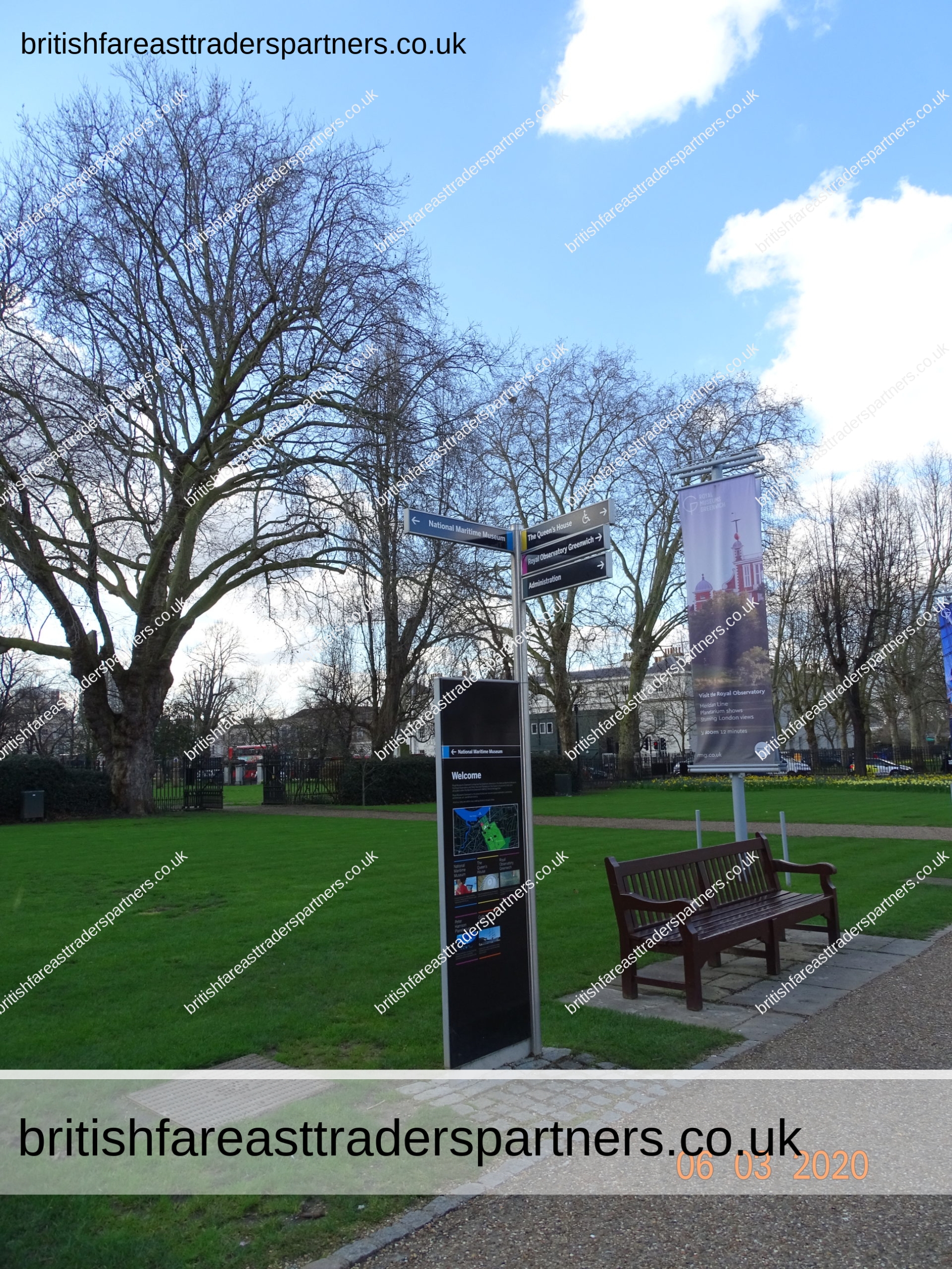
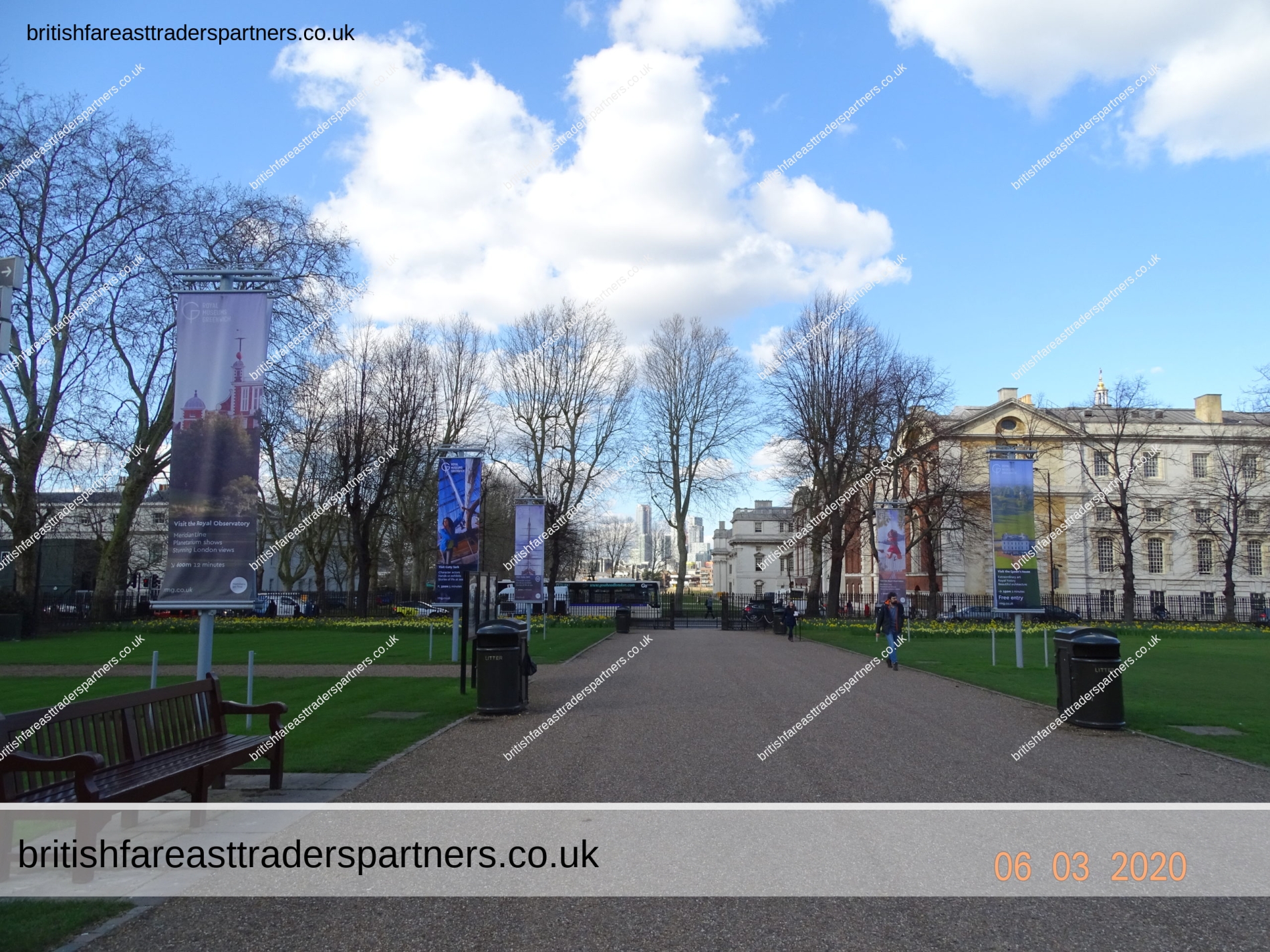
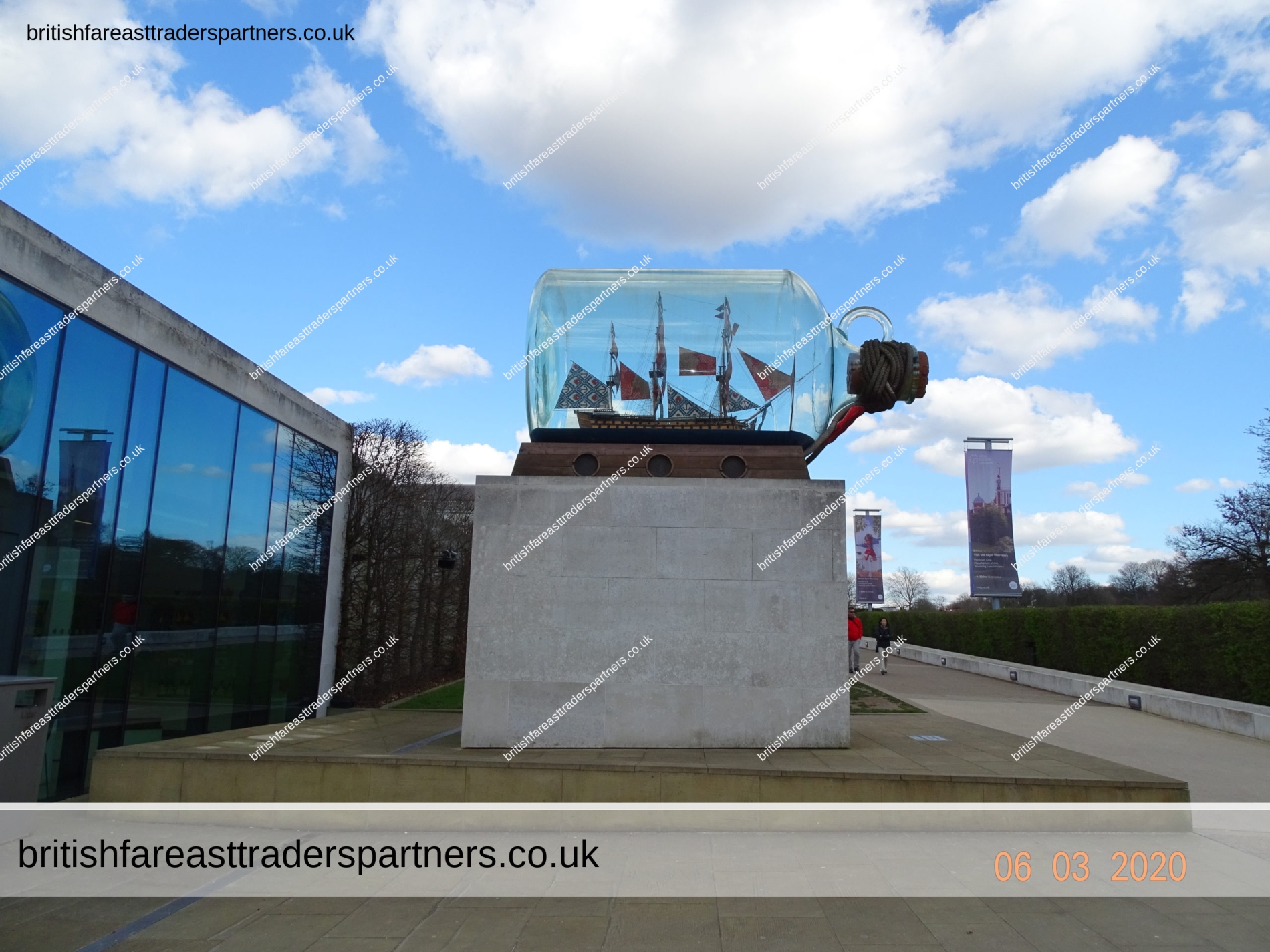
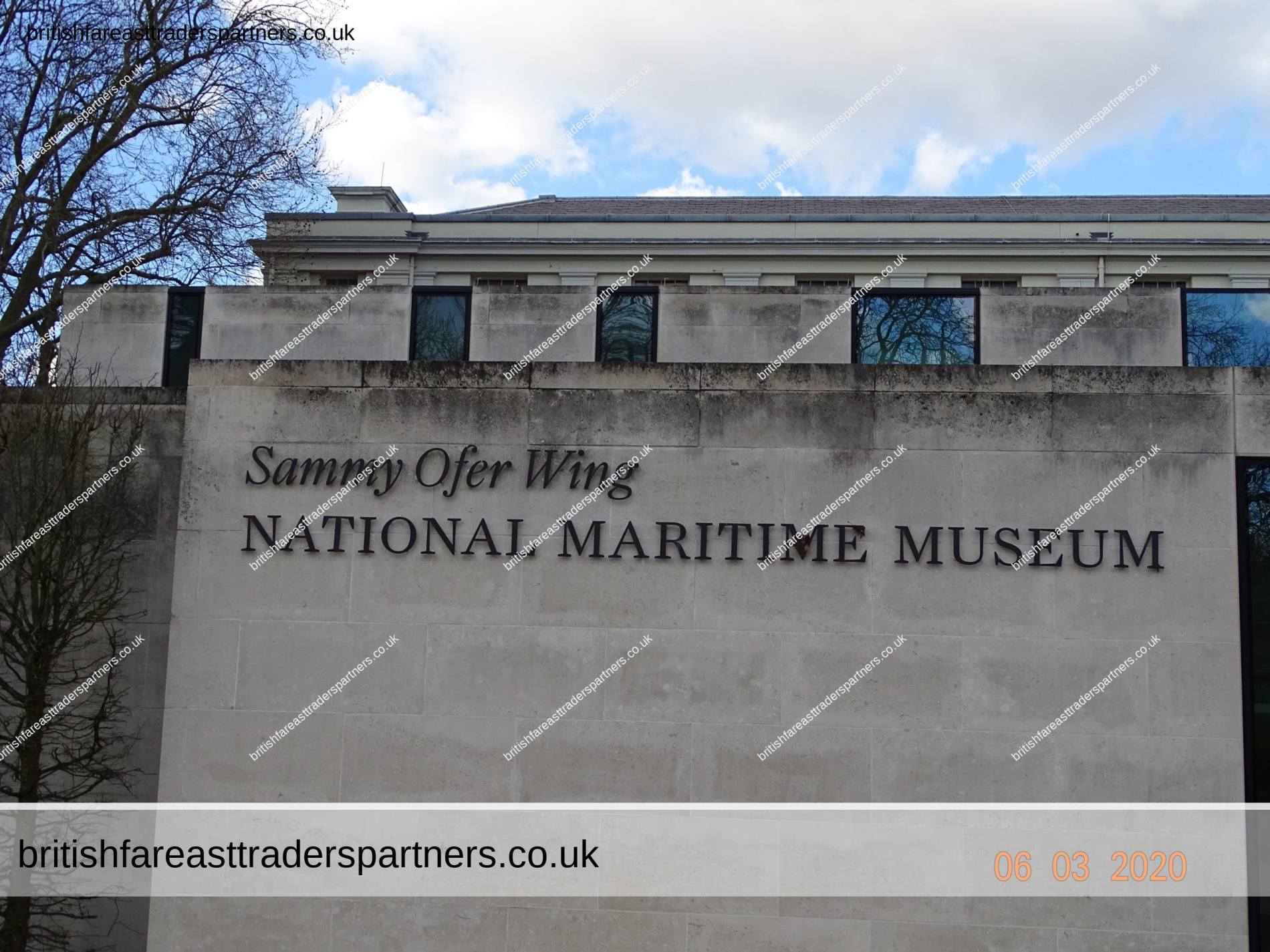
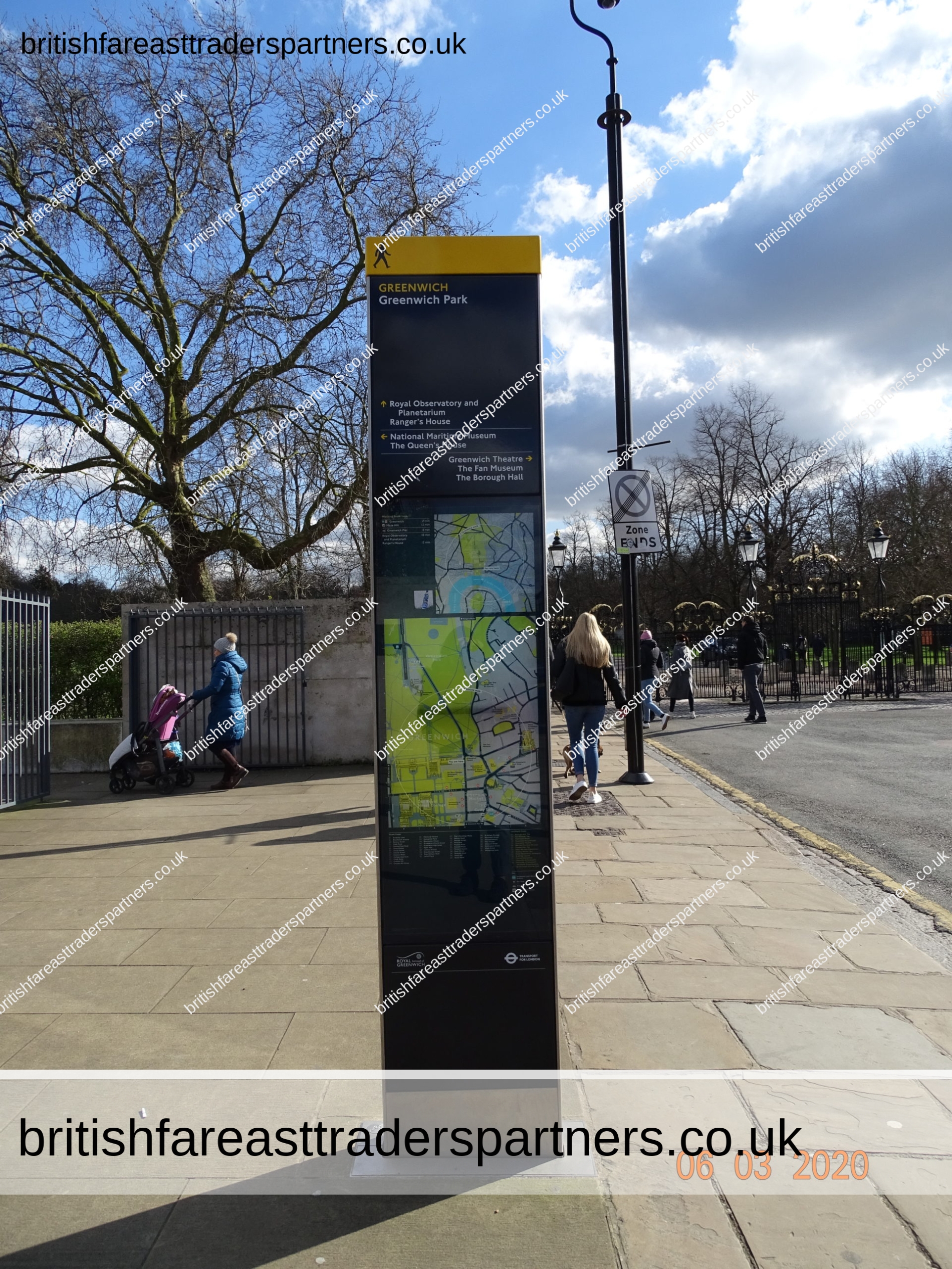
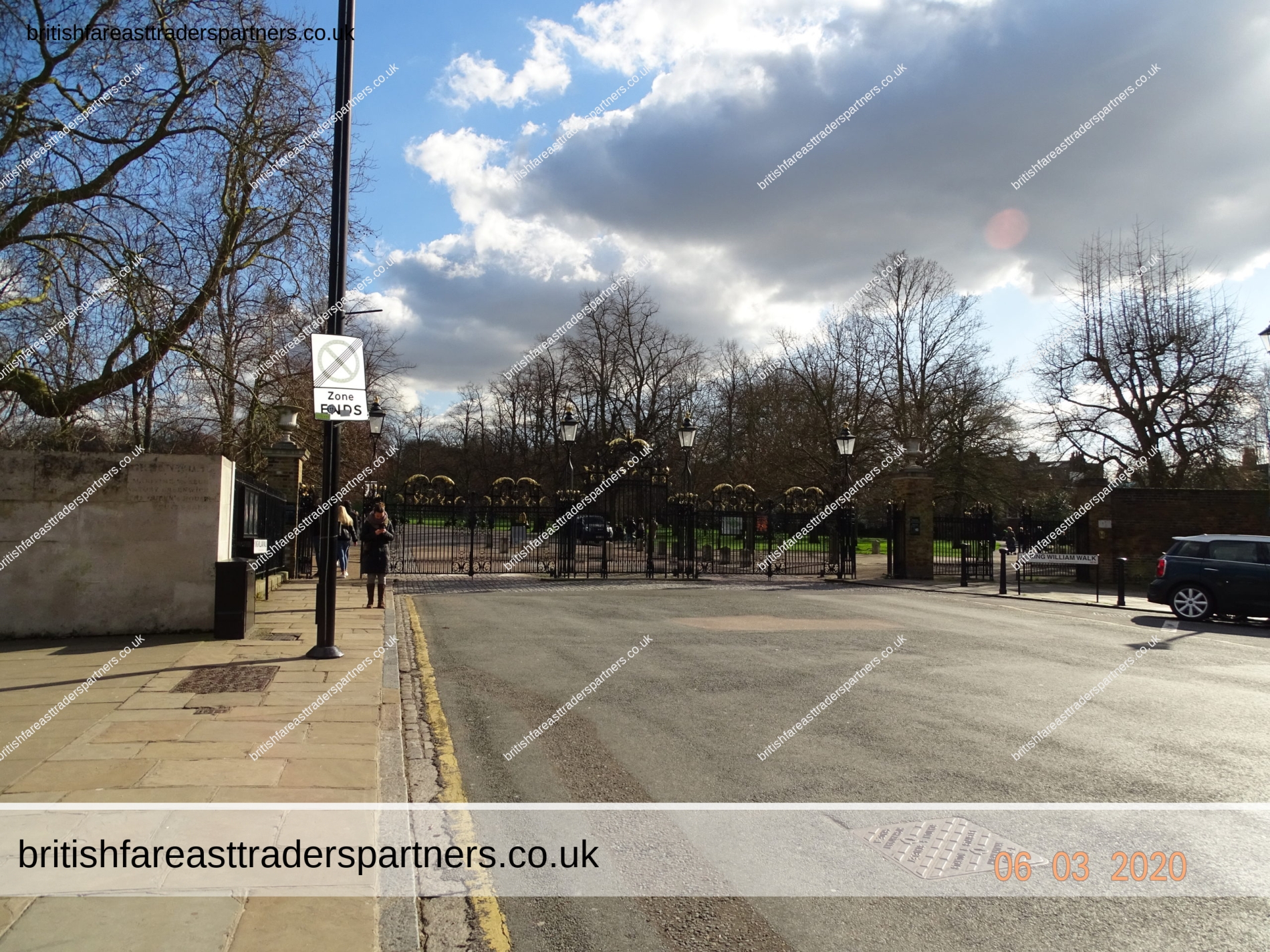
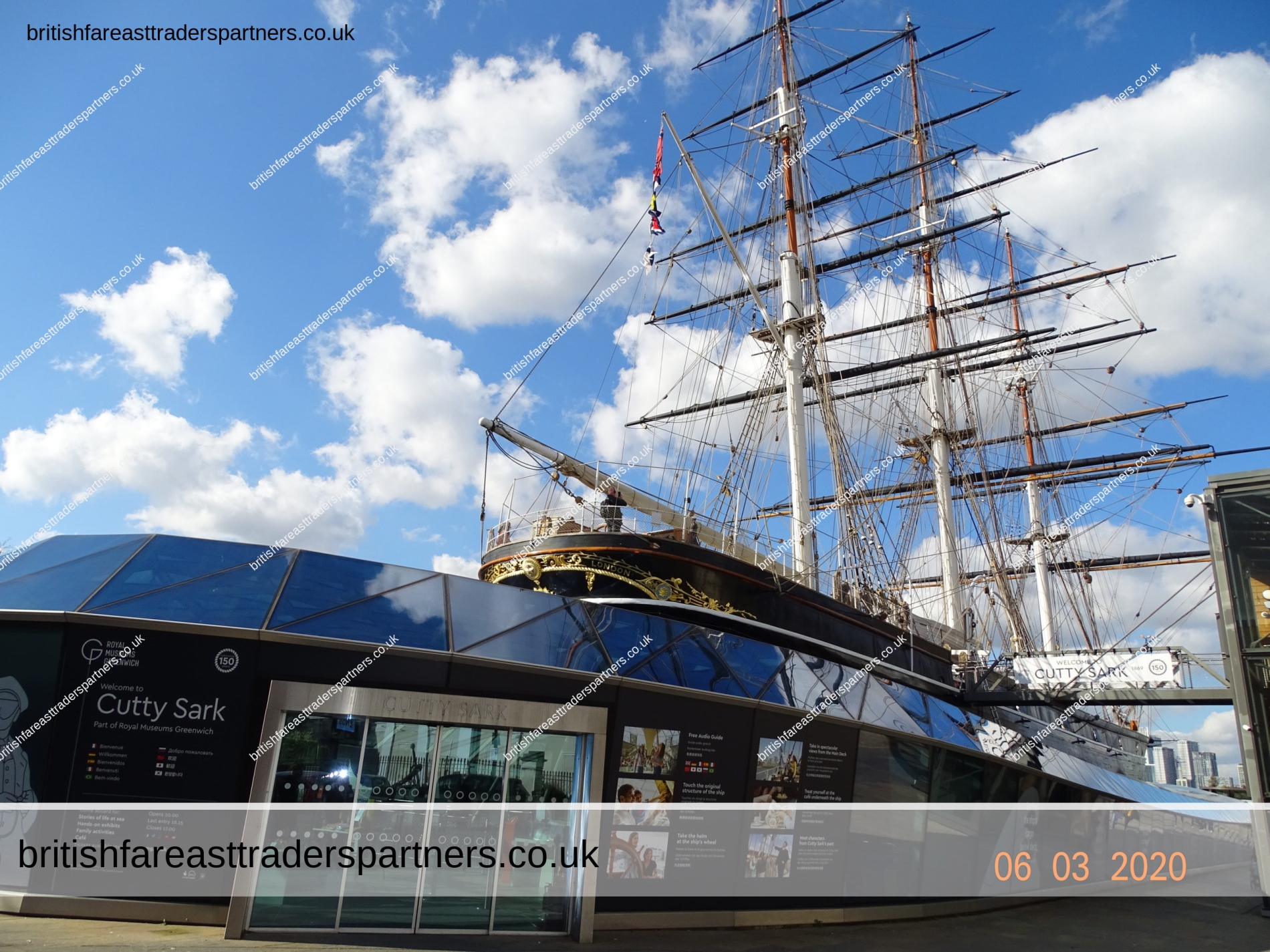
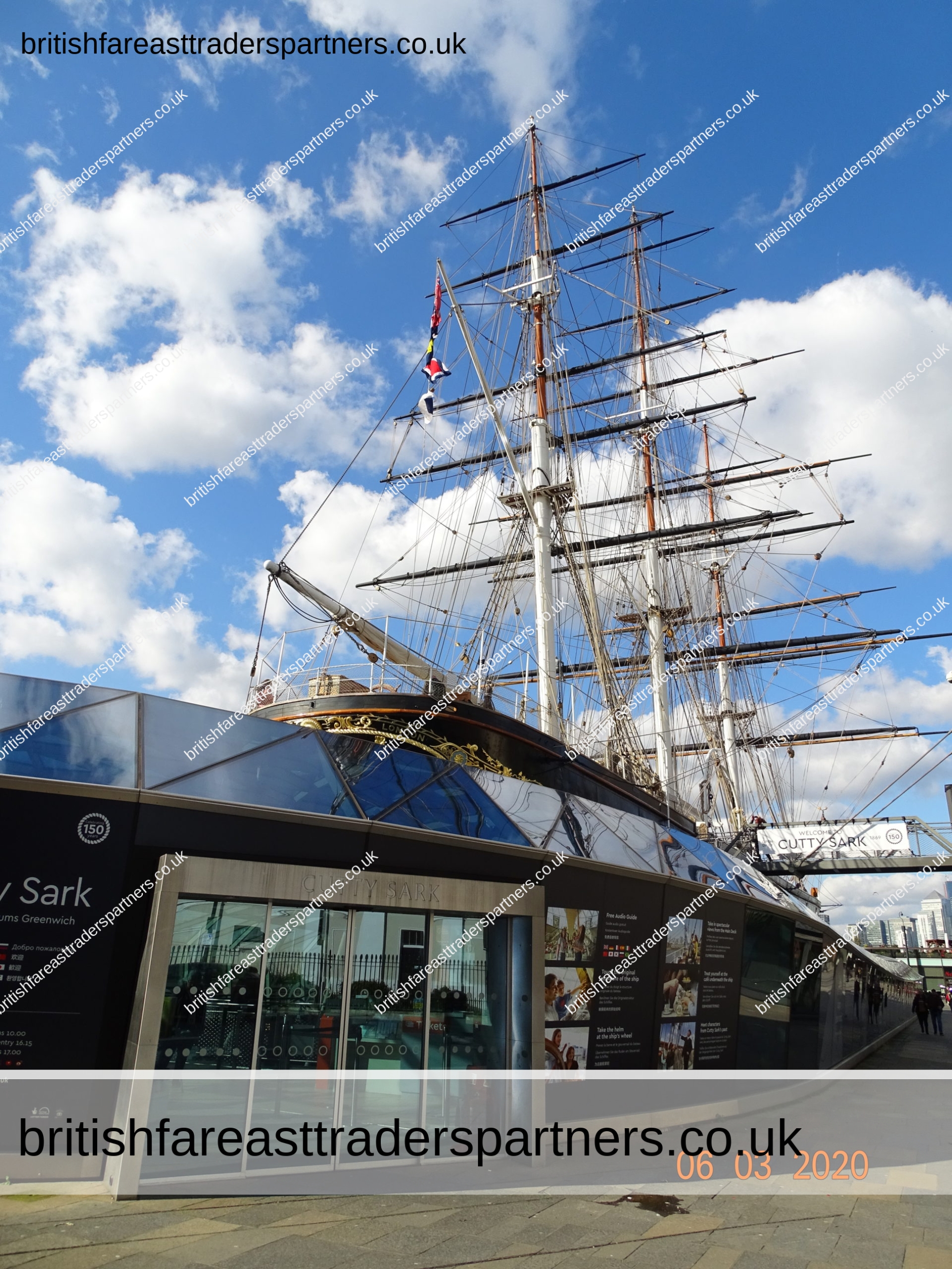
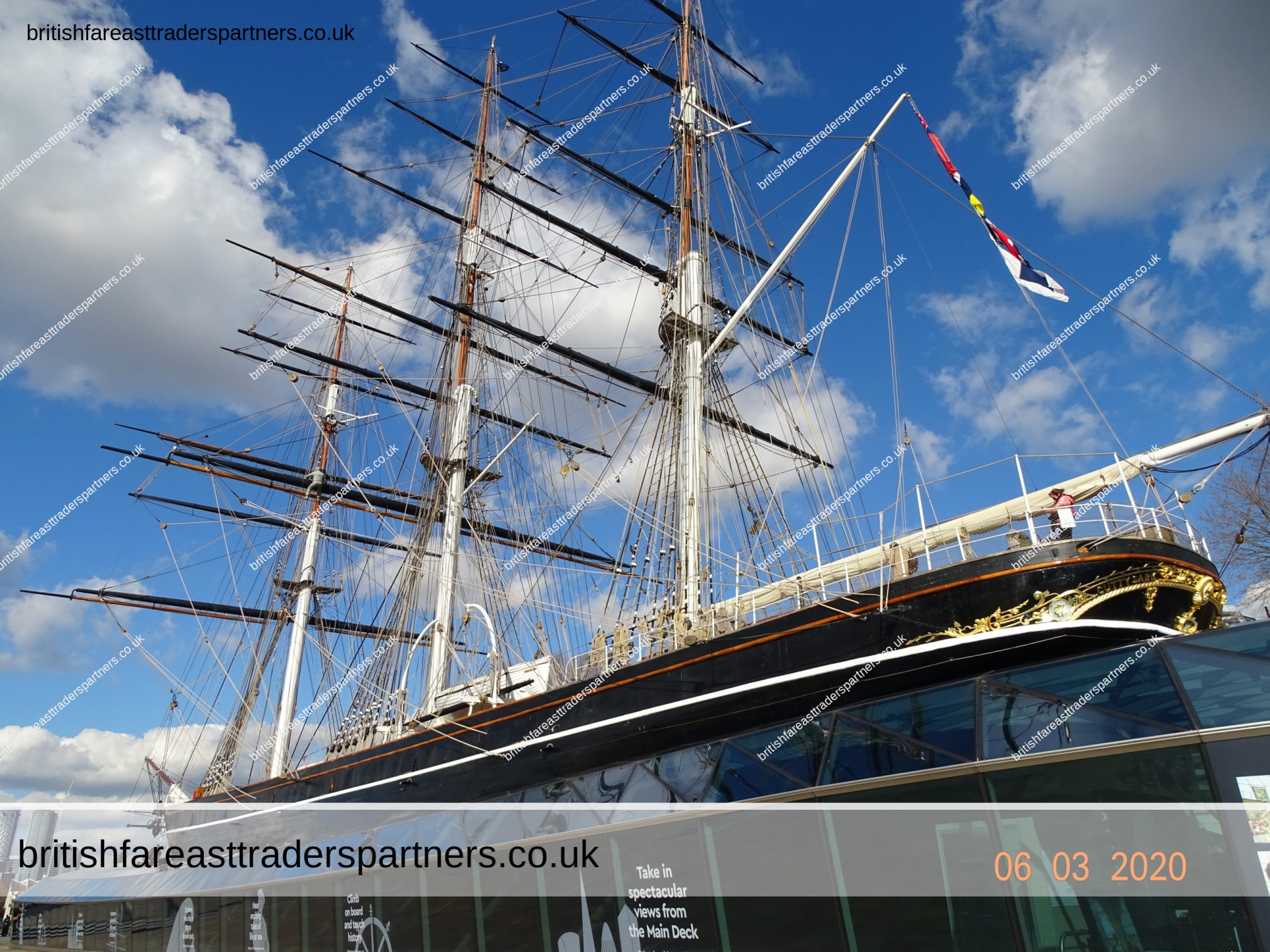
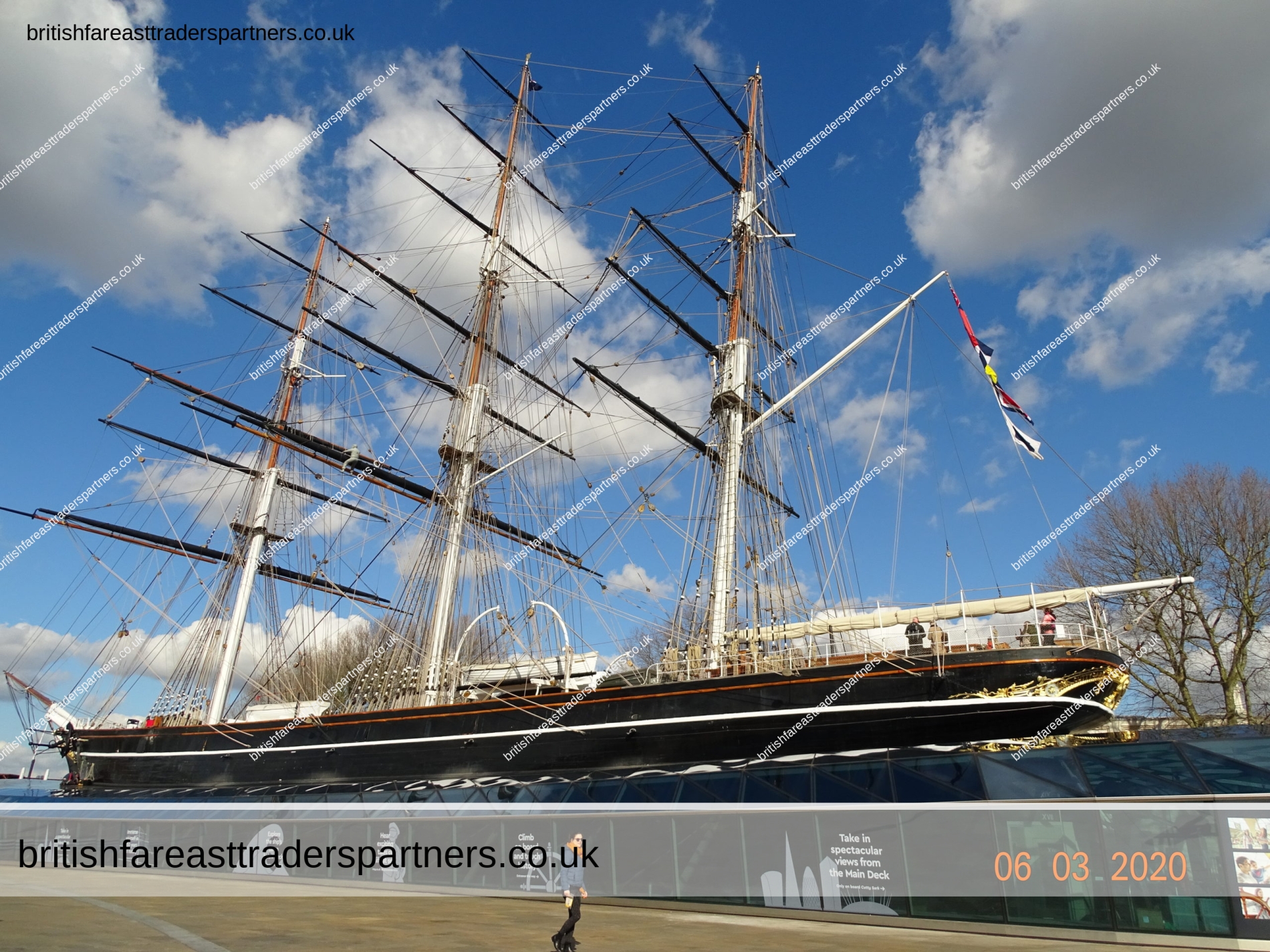
CUTTY SARK
Visit the official website: https://www.rmg.co.uk/cutty-sark
Cutty Sark is a British clipper ship.
Built on the River Leven, Dumbarton, Scotland in 1869
for the Jock Willis Shipping Line,
she was one of the last tea clippers to be built and one of the fastest,
coming at the end of a long period of design development,
which halted as sailing ships gave way to steam propulsion.
The opening of the Suez Canal (also in 1869) meant that steamships
now enjoyed a much shorter route to China,
so Cutty Sark spent only a few years on the tea trade
before turning to the trade in wool from Australia,
where she held the record time to Britain for ten years.
Improvements in steam technology meant that gradually
steamships also came to dominate the longer sailing route to Australia,
and the ship was sold to the Portuguese company Ferreira and Co. in 1895
and renamed Ferreira.
She continued as a cargo ship until purchased in 1922
by retired sea captain Wilfred Dowman,
who used her as a training ship operating from Falmouth, Cornwall.
After his death, Cutty Sark was transferred to the Thames Nautical Training College,
Greenhithe in 1938 where she became an auxiliary cadet training ship
alongside HMS Worcester.
By 1954, she had ceased to be useful as a cadet ship
and was transferred to permanent dry dock at Greenwich, London, for public display.
Cutty Sark is listed by National Historic Ships
as part of the National Historic Fleet (the nautical equivalent of a Grade 1 Listed Building).
She is one of only three remaining original composite construction
(wooden hull on an iron frame)
clipper ships from the nineteenth century in part or whole,
the others being the City of Adelaide,
which arrived in Port Adelaide, South Australia on 3 February 2014 for preservation,
and the beached skeleton of Ambassador of 1869 near Punta Arenas, Chile.
The ship has been damaged by fire twice in recent years,
first on 21 May 2007 while undergoing conservation.
She was restored and was reopened to the public on 25 April 2012.
On 19 October 2014 she was damaged in a smaller fire.
Cutty Sark whisky derives its name from the ship.
An image of the clipper appears on the label,
and the maker formerly sponsored the Cutty Sark Tall Ships’ Race.
The ship also inspired the name of the Saunders Roe Cutty Sark flying boat.
NAME
The ship was named after Cutty-sark,
the nickname of the witch Nannie Dee in Robert Burns‘s 1791 poem Tam o’ Shanter.
The ship’s figurehead, the original of which has been attributed to carver Fredrick Hellyer of Blackwall,
is a stark white carving of a bare-breasted Nannie Dee
with long black hair holding a grey horse’s tail in her hand.
In the poem she wore a linen sark
(Scots: a short chemise or undergarment),
that she had been given as a child,
which explains why it was cutty, or in other words far too short.
The erotic sight of her dancing in such a short undergarment
caused Tam to cry out “Weel done, Cutty-sark”,
which subsequently became a well known catchphrase.
Originally, carvings by Hellyer of the other scantily clad witches
followed behind the figurehead along the bow,
but these were removed by Willis in deference to ‘good taste’.
Tam o’ Shanter riding Meg was to be seen along the ship’s quarter.
The motto, Where there’s a Willis away,
was inscribed along the taffrail.
The Tweed, which acted as a model for much of the ship which followed her,
had a figurehead depicting Tam o’ Shanter.
Text is available under the Creative Commons Attribution-ShareAlike License;
additional terms may apply.
SOURCE: https://en.wikipedia.org/wiki/Cutty_Sark
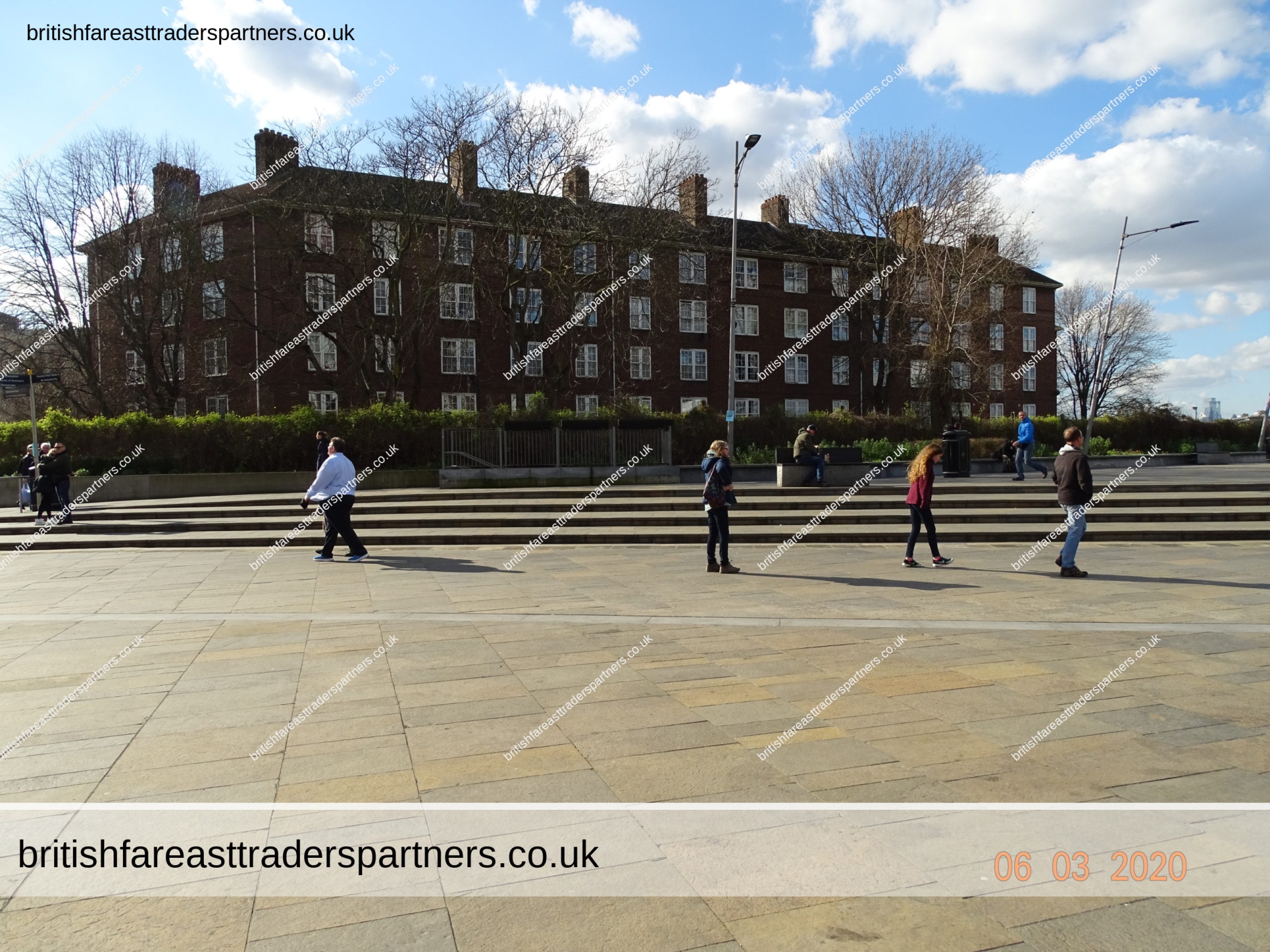
Lots of sunny open space surrounding Cutty Sark.
You can buy a takeaway from Greenwich Market
and sit on one of the benches and munch away
while taking in the grandeur of the once mighty trading ship Cutty Sark.
That’s exactly what we did.
Good idea during summertime, not in the cold of winter lol.
Some things sound romantic on paper, but not in real life haha.
Ended up thinking more of being cocooned inside a cosy Costa Coffe shop
instead of enjoying a cheese toastie.
Oh well, we live and learn.
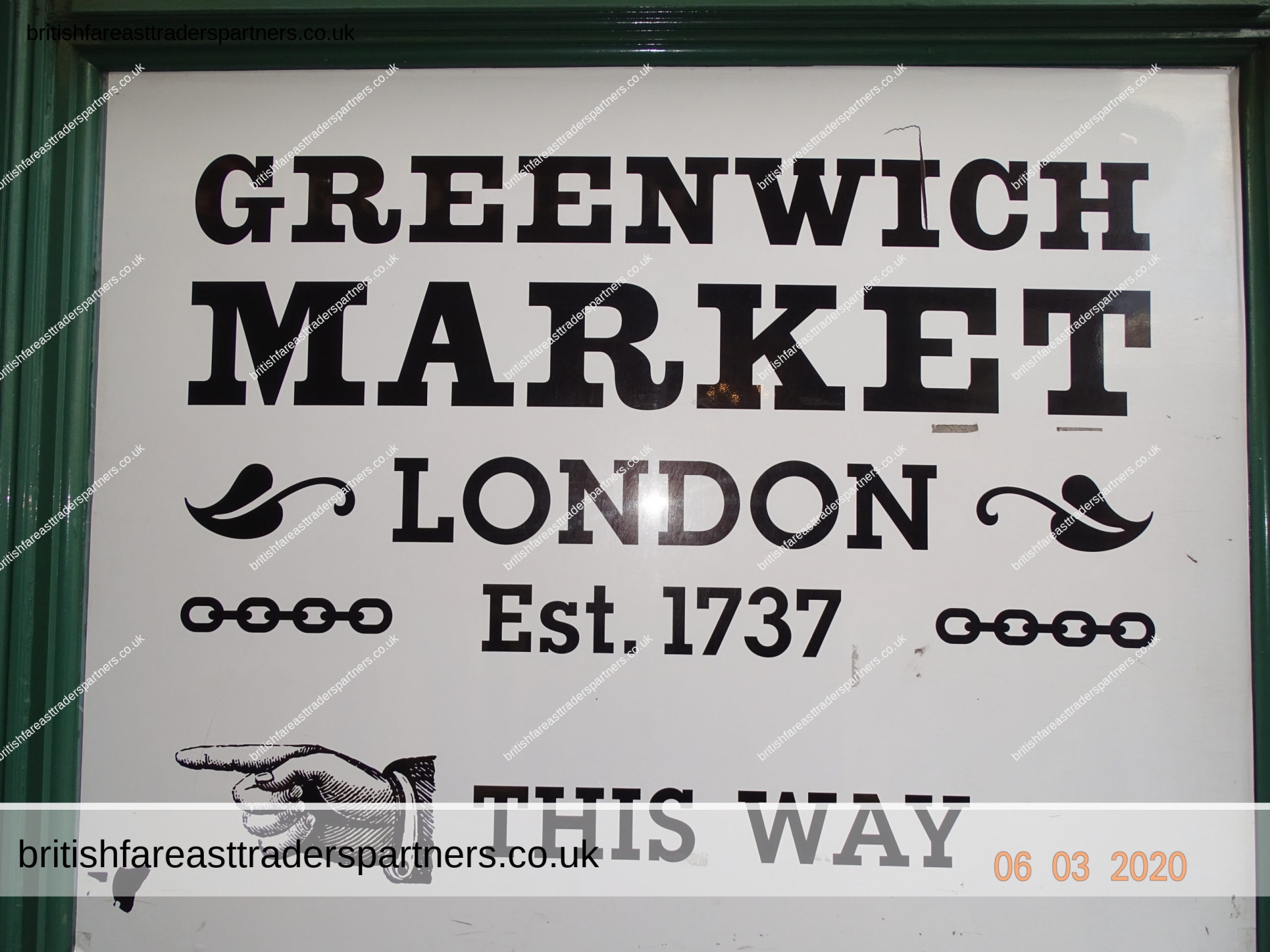
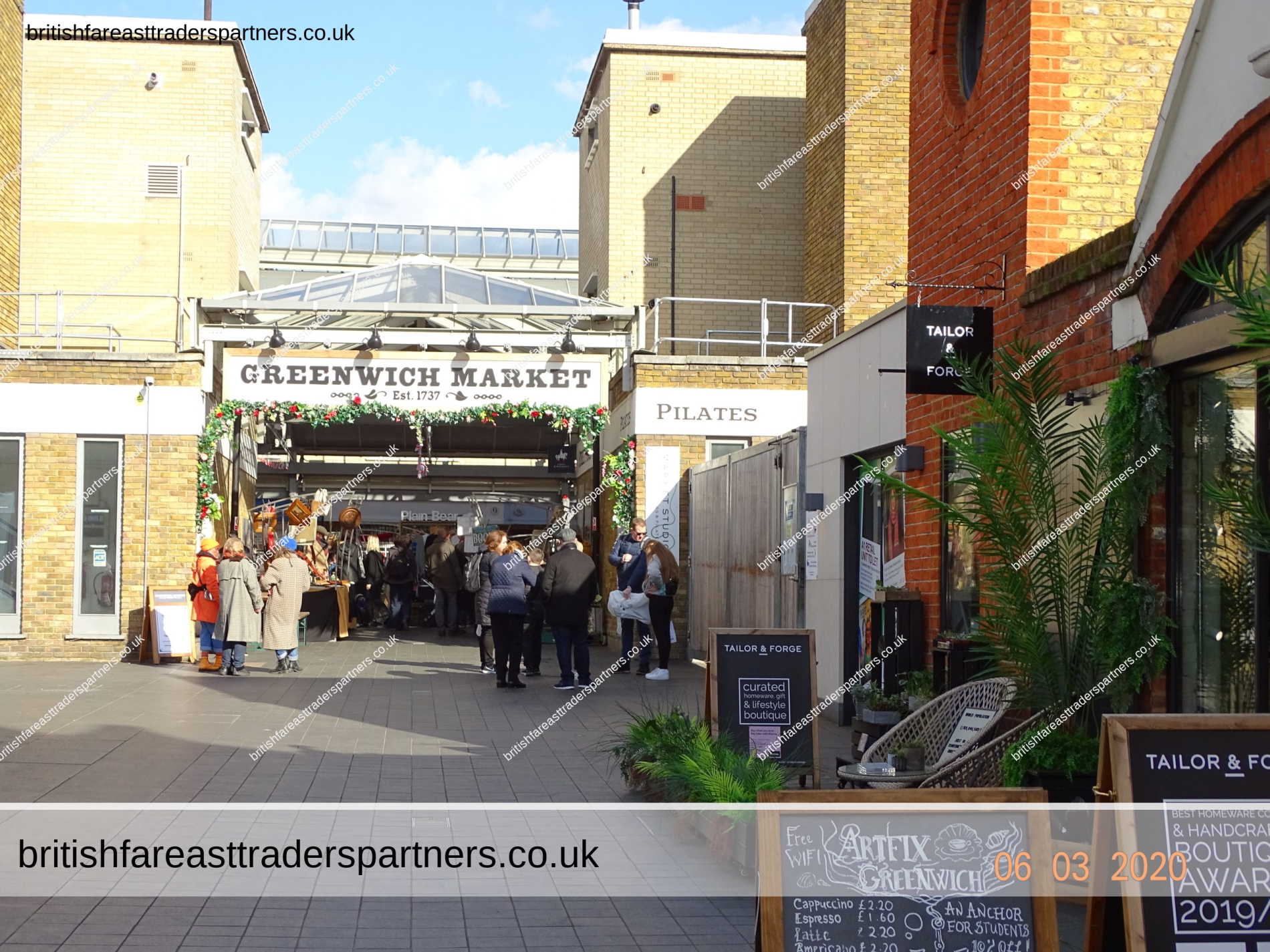
GREENWICH MARKET
The Eternal Greenwich Market in London.
To be honest, we were excited to visit Greenwich Market because of a friend’s recommendation
of it being abundant in International food offerings.
Well, there was food, there was international offering,
and lots to go around,
but it didn’t quite add up to the picture we have conjured in mind.
Perhaps because Camden Market has blown us away
that it now became our standard for International Food.
If you are in London and looking for an international food trip,
we highly recommend you visit Camden Market, you won’t be disappointed.
Check out our blog:
DISCOVER LONDON’S ROMANTIC LITTLE SECRET:
THE SERENE LITTLE VENICE TO CAMDEN MARKET REGENTS CANAL WALK
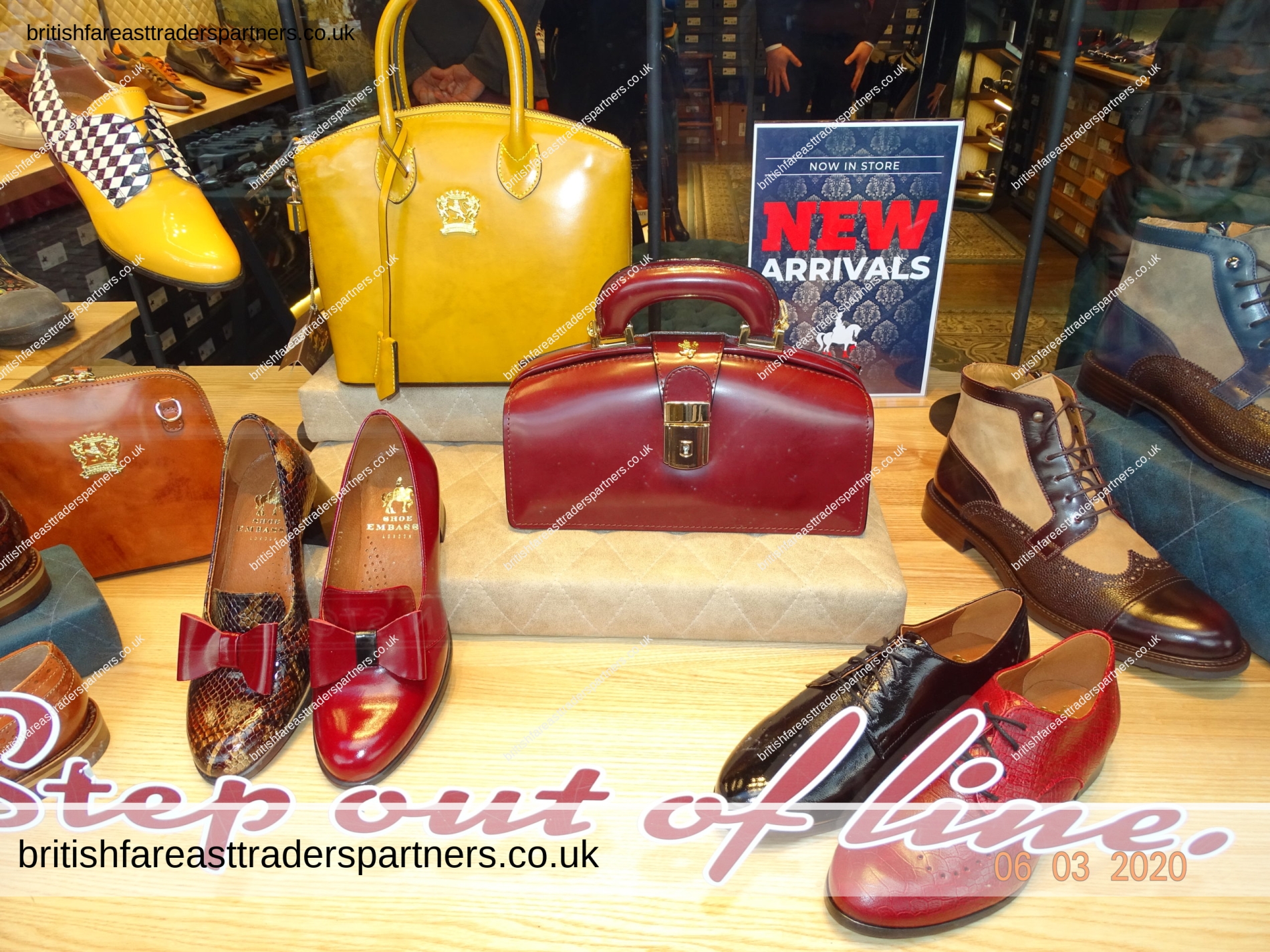
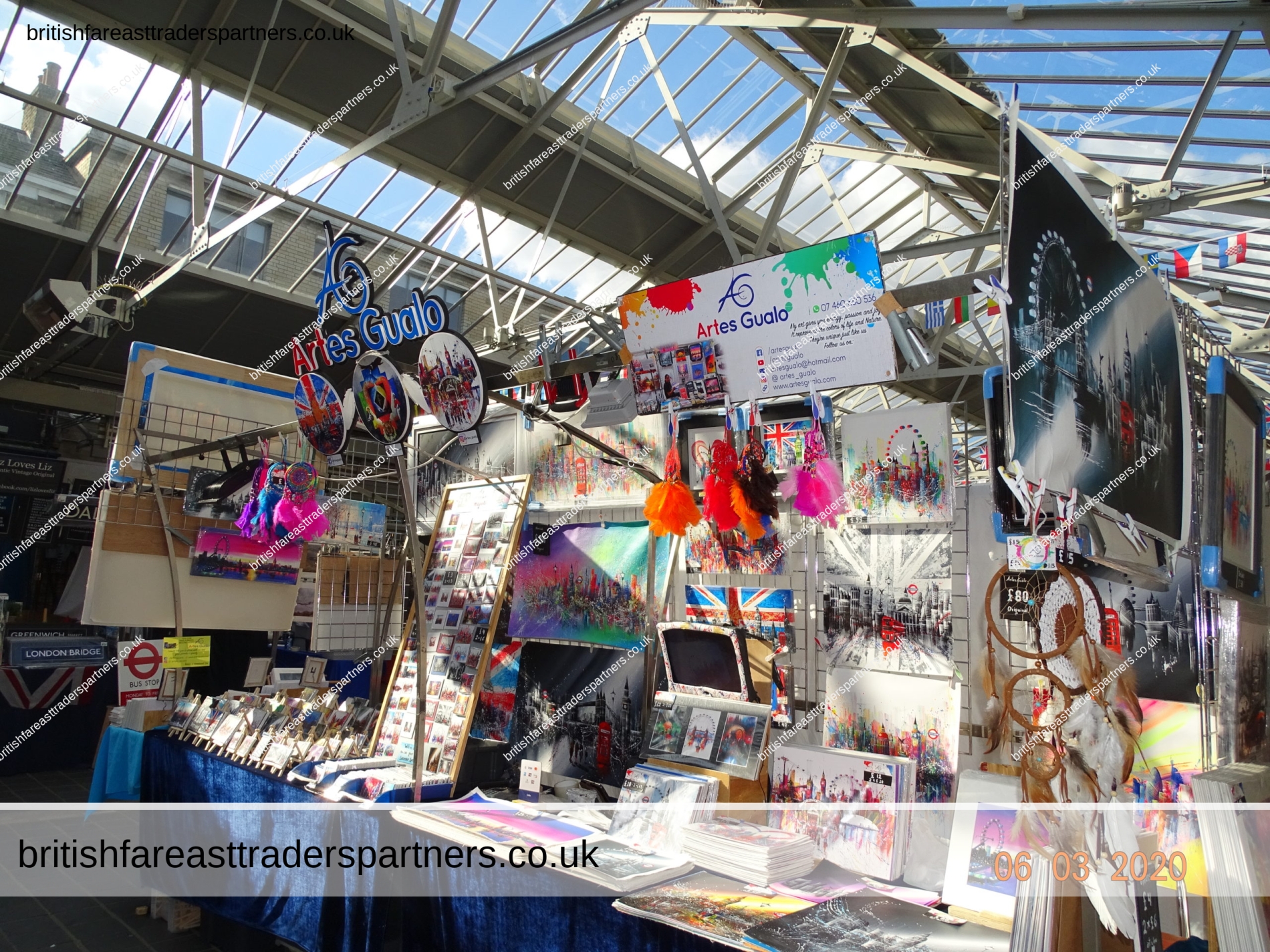
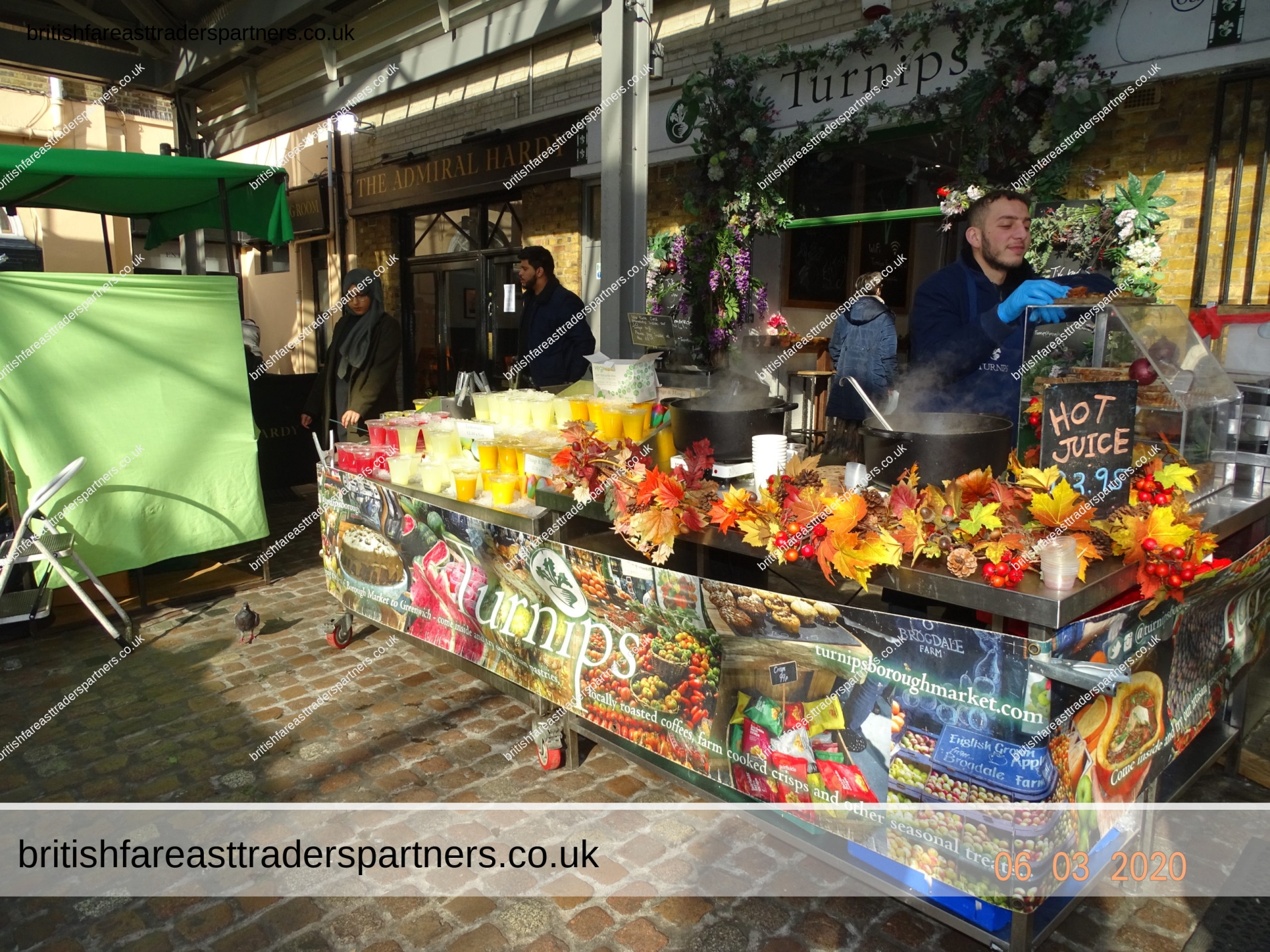
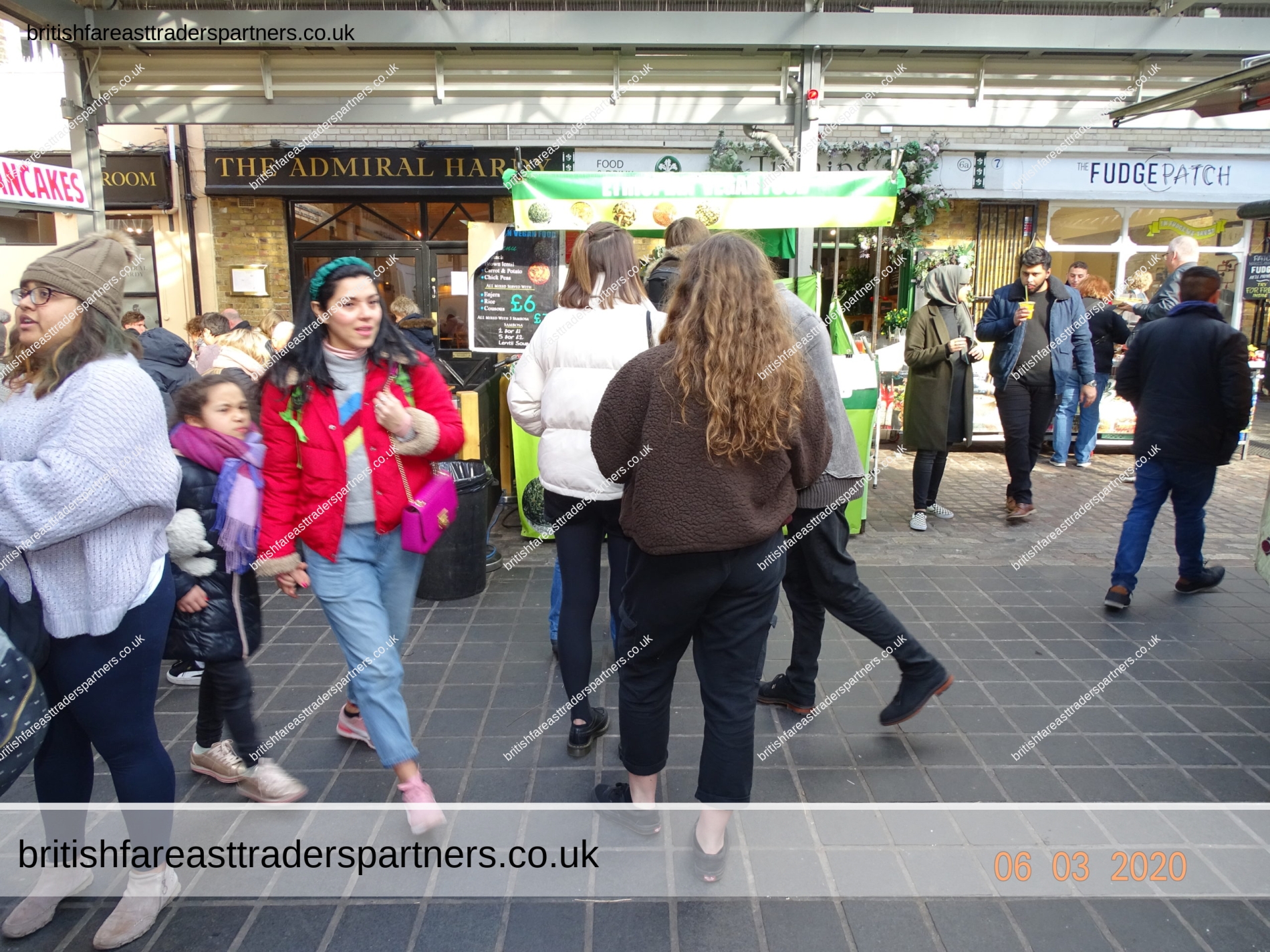
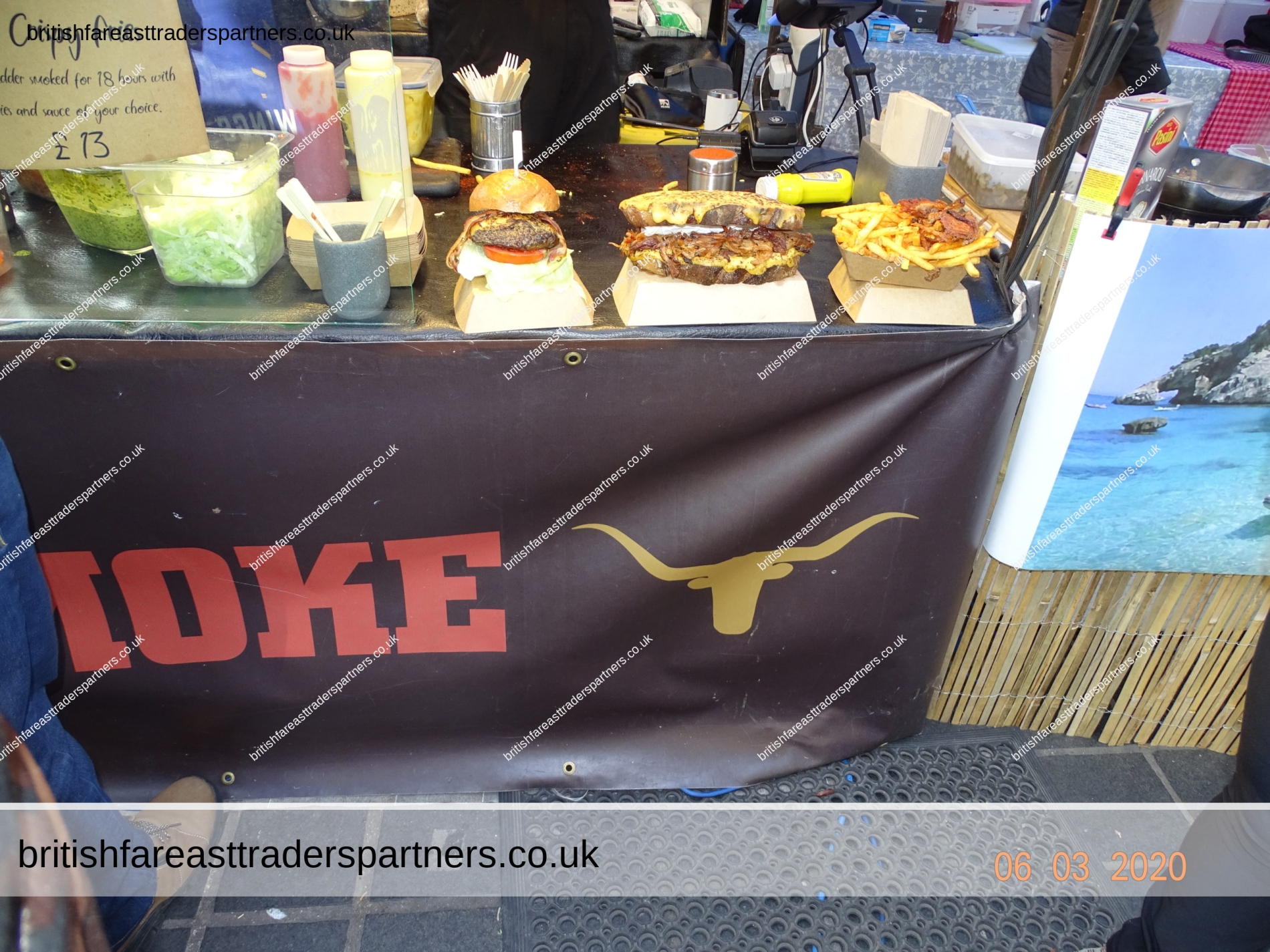
We ended up ordering a Cheesy Toast with pulled pork and fries- total bill £15.50.
We ate outside Cutty Sark, but it’s not very impressive.
Some foods look better than they taste, this is one of those.
It is the cheese they used that we can’t understand the taste.
Those fries however are so light and crispy Mcdonalds and KFC
would wish to learn their trade secrets lol.
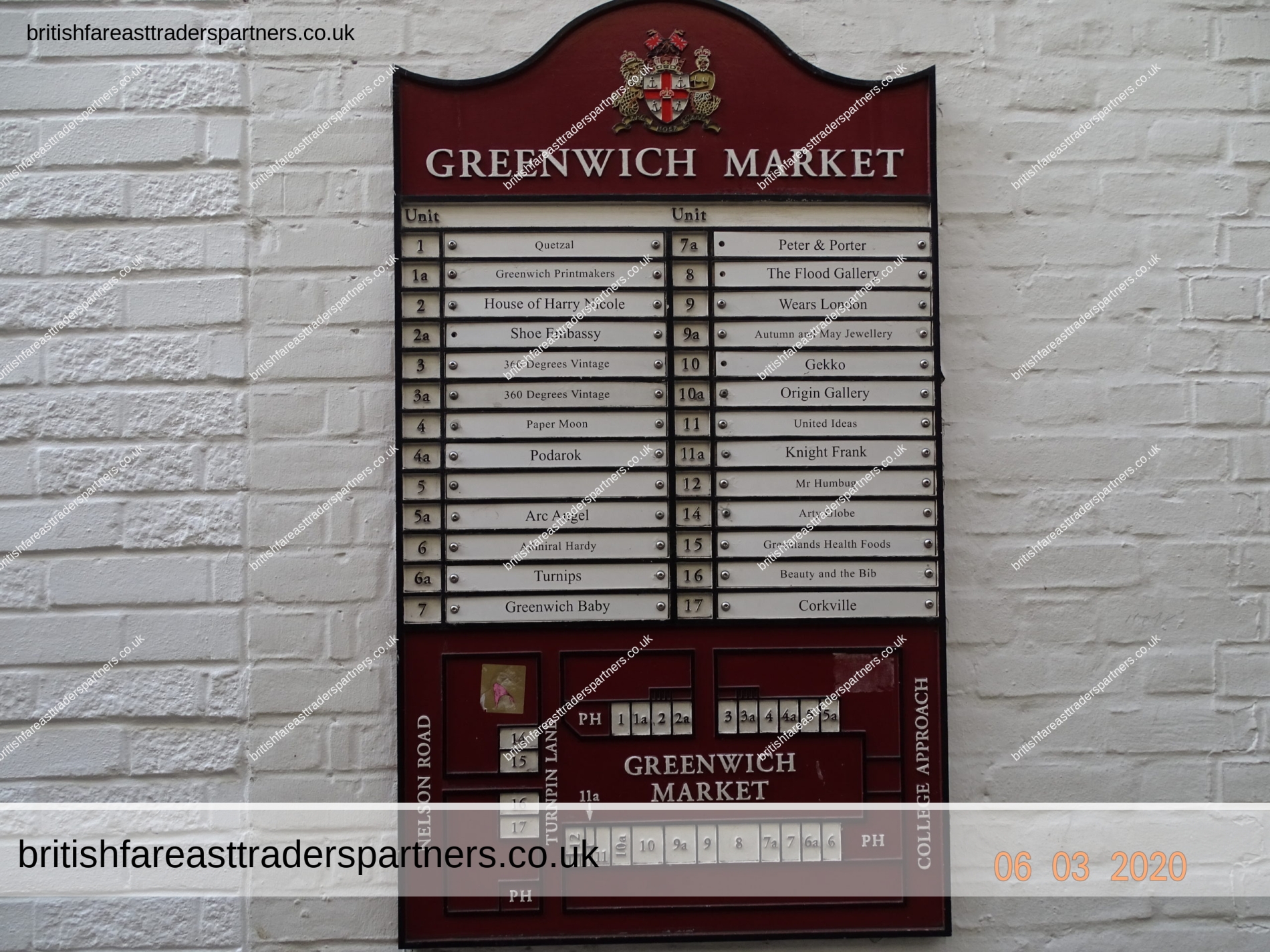
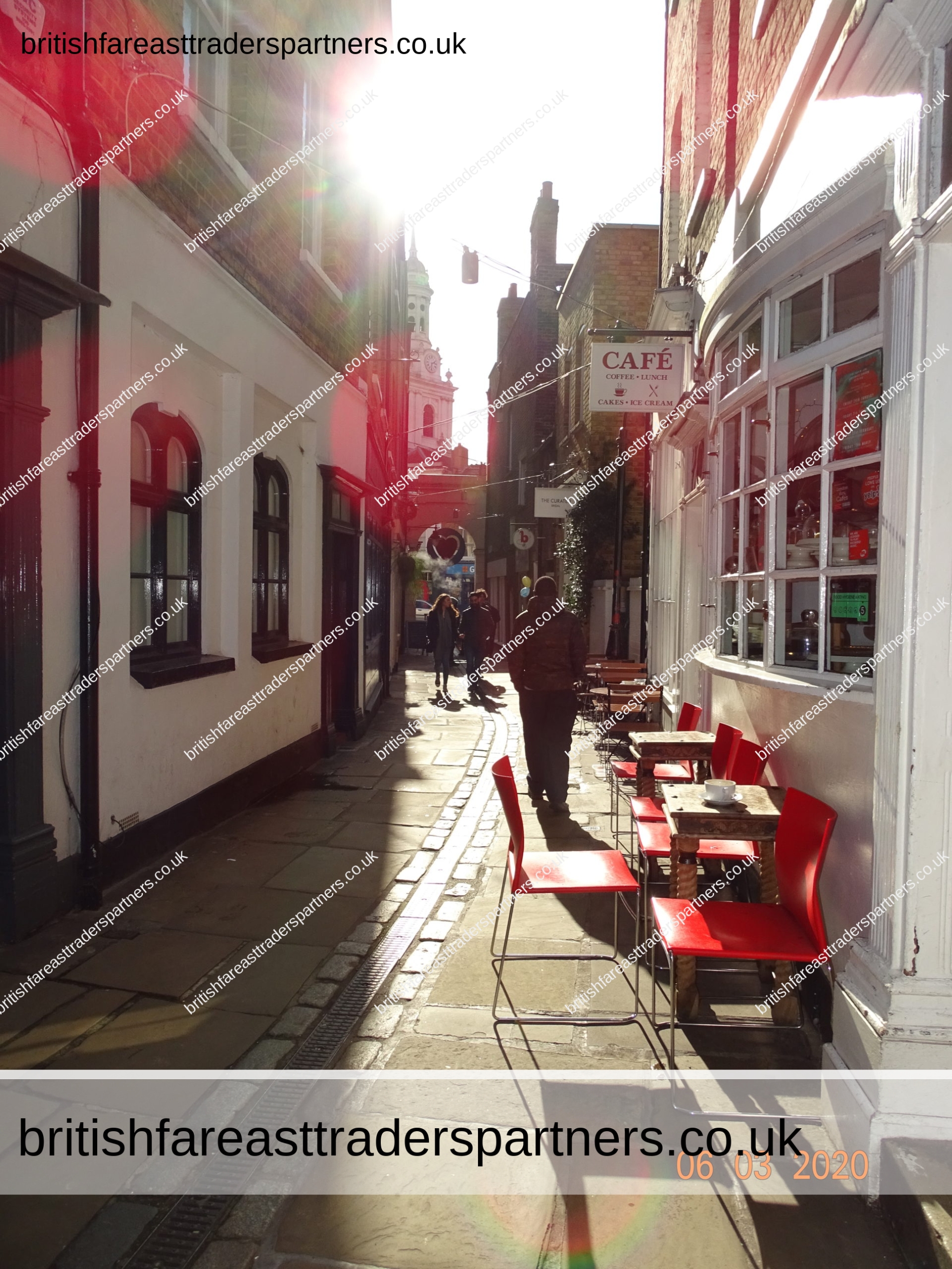
THAMES RIVERSIDE WALK
If you are coming from Greenwich Park,
you can access the other side of the Thames via a foot tunnel
accessed from behind the Cutty Sark.
The entrance is marked by a glasslike dome.
You can either use the lift or the stairs.
Use the stairs only if you are fit to go up and down several plights.
Mind those knees lol. Inside the tunnel, it says no cycling,
but who do you meet and follow inside- cyclists.
Oh well, let’s keep walking shall we?
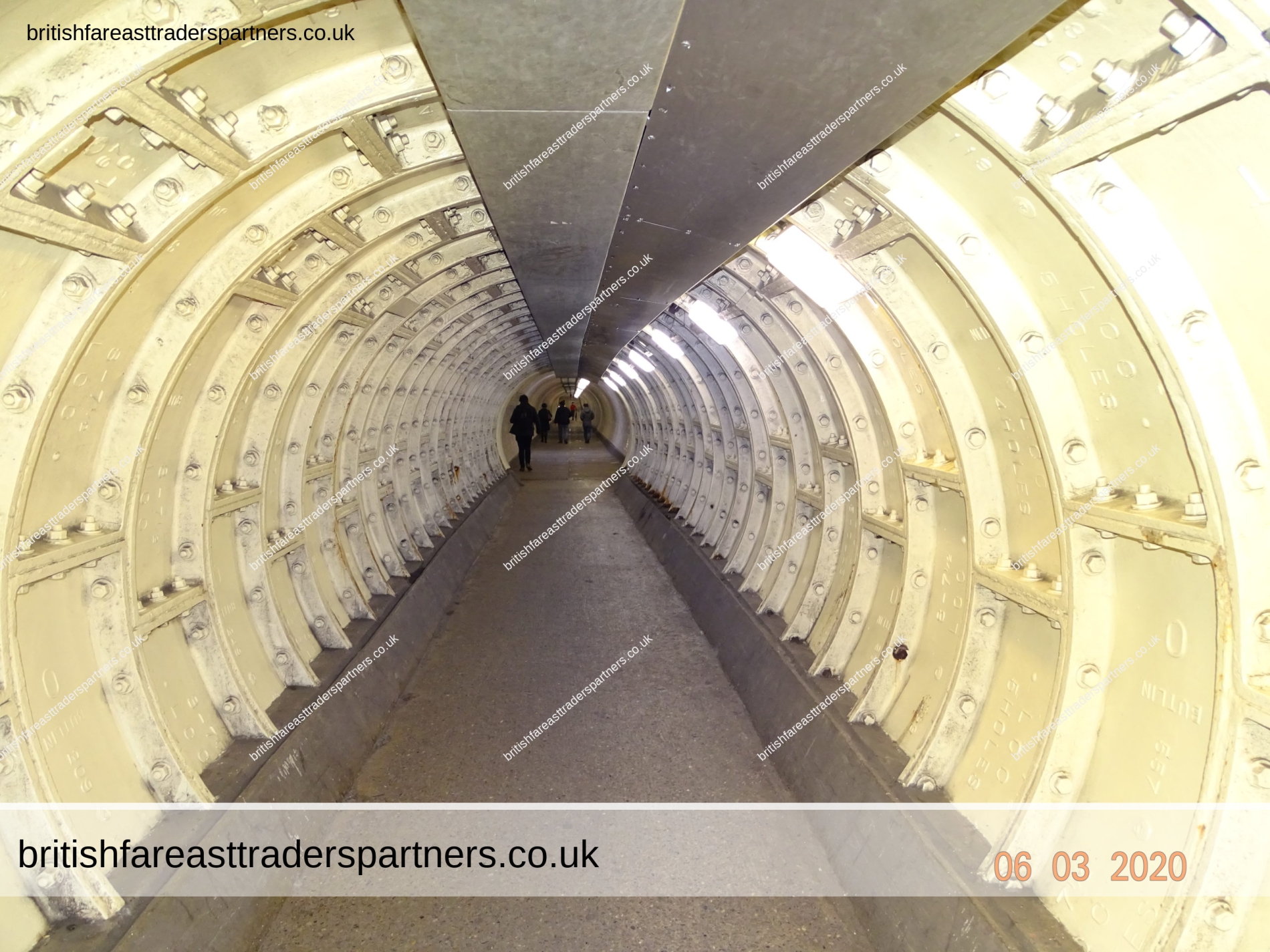
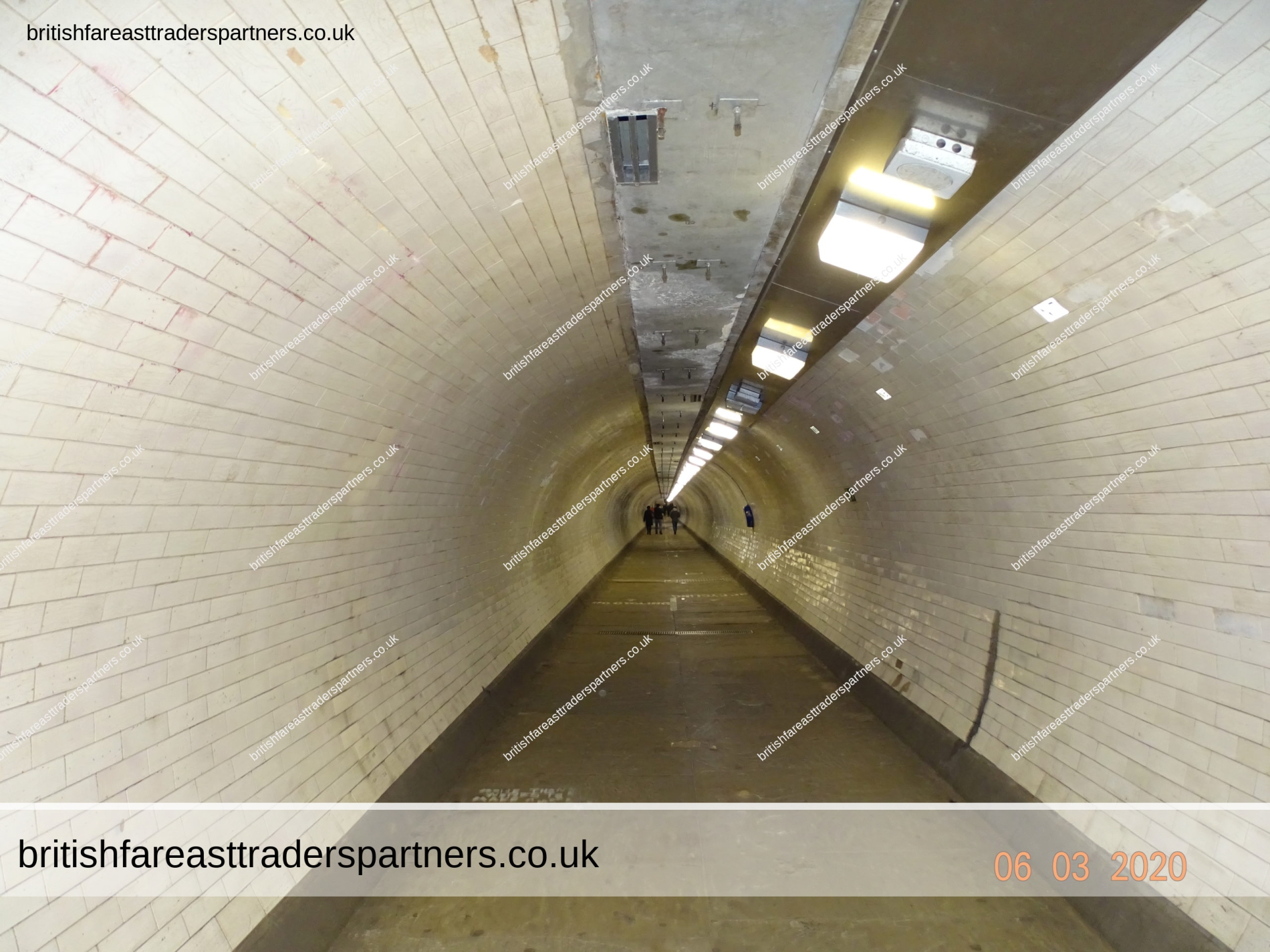
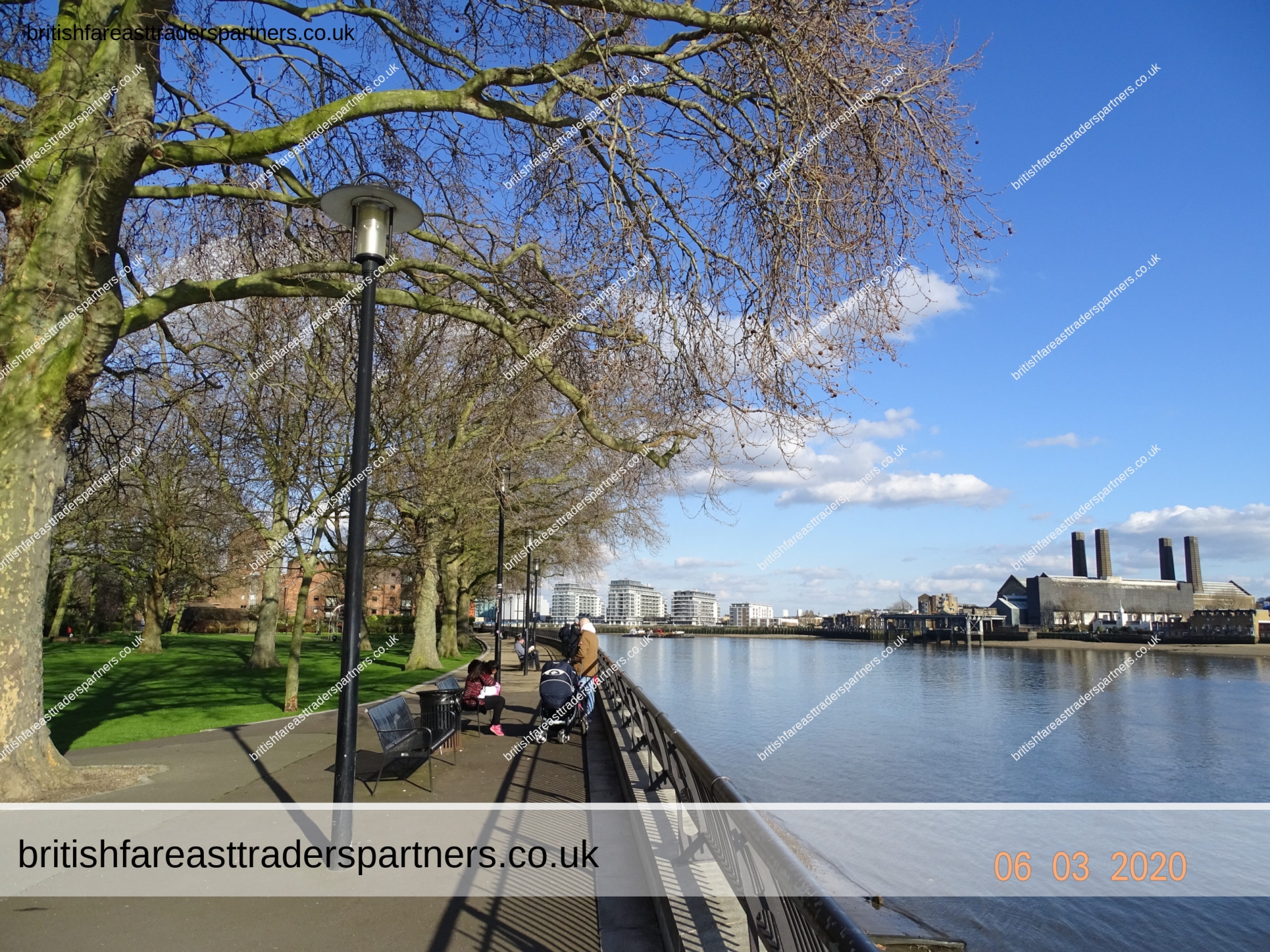
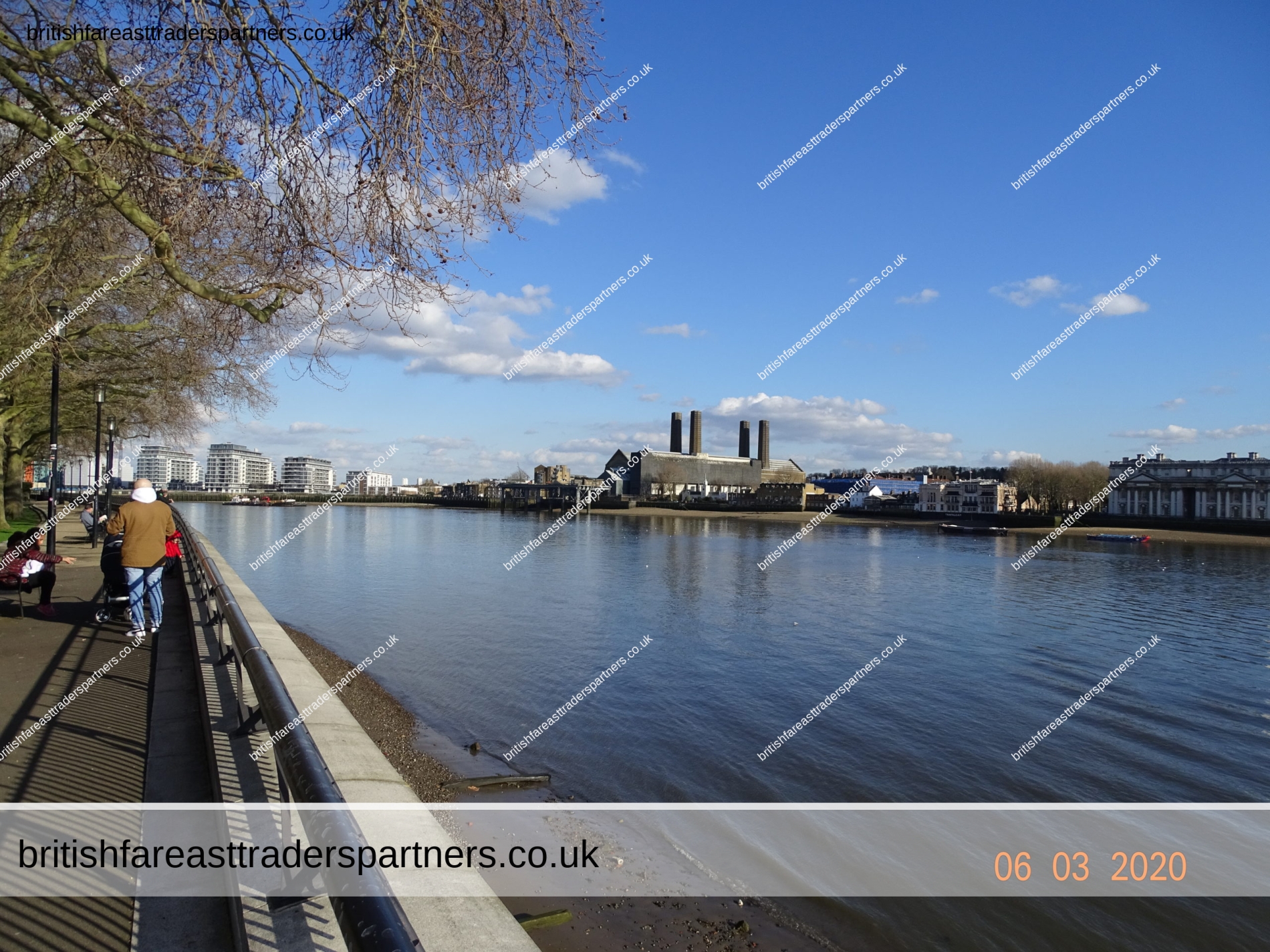
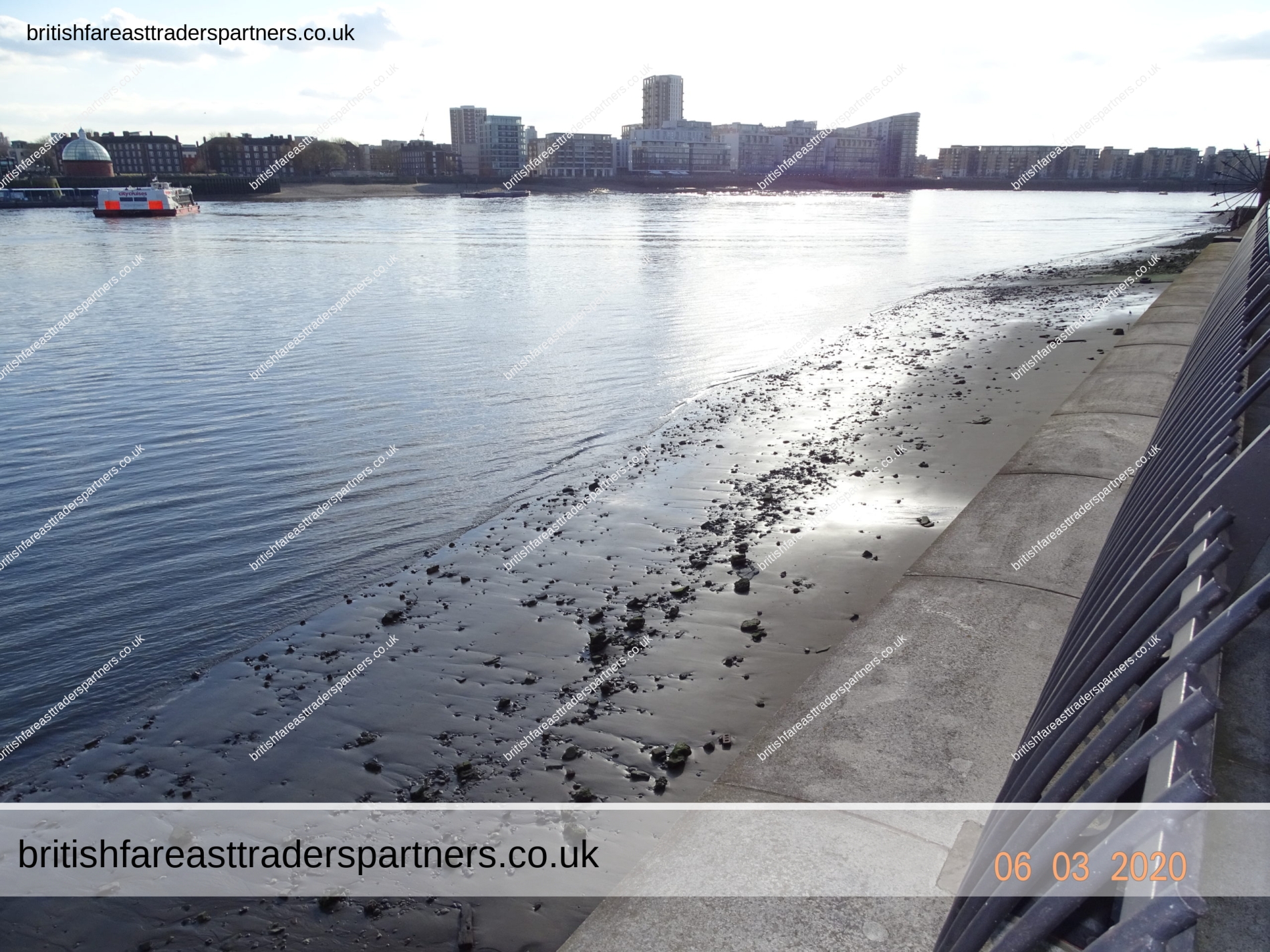
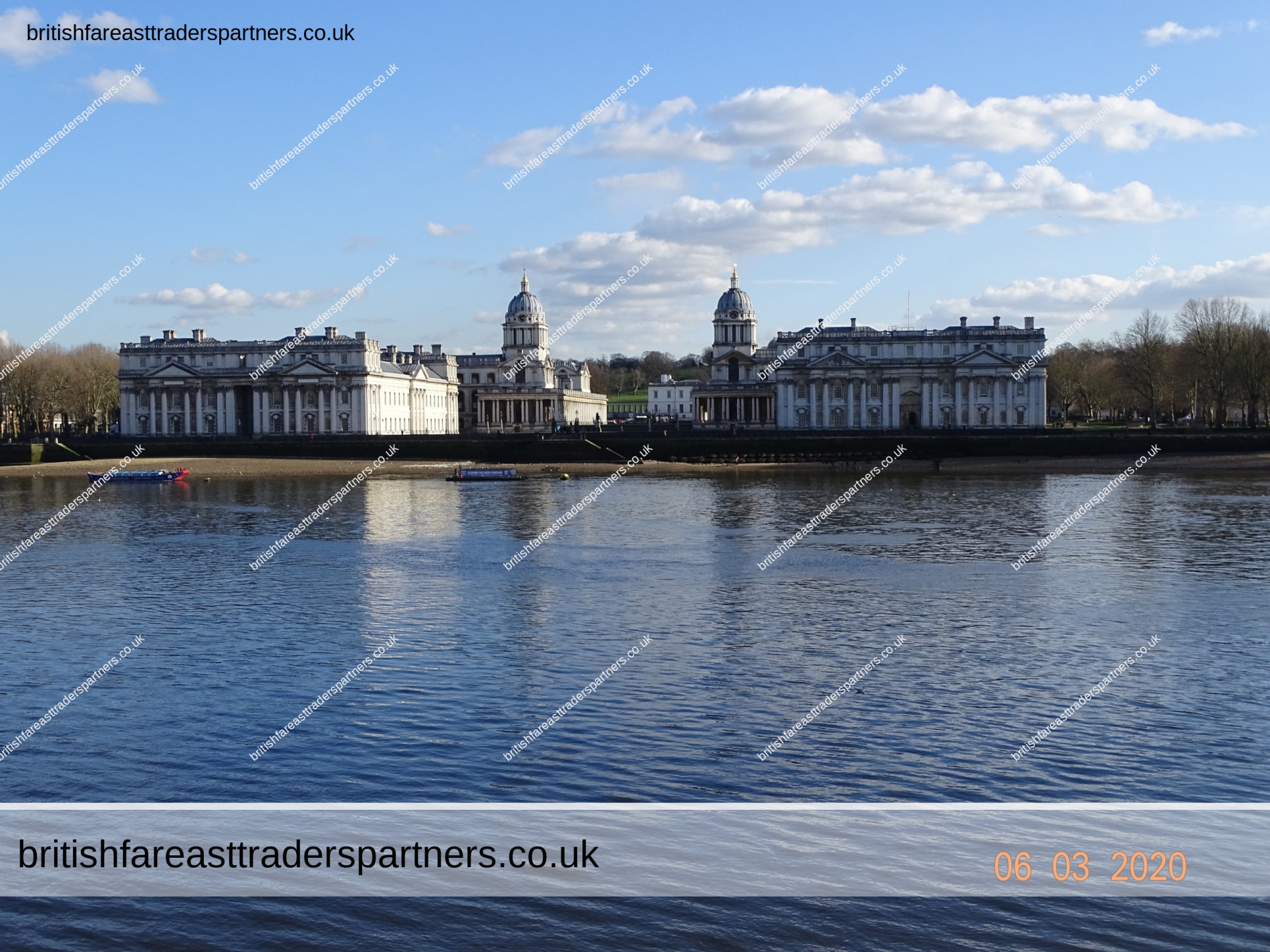
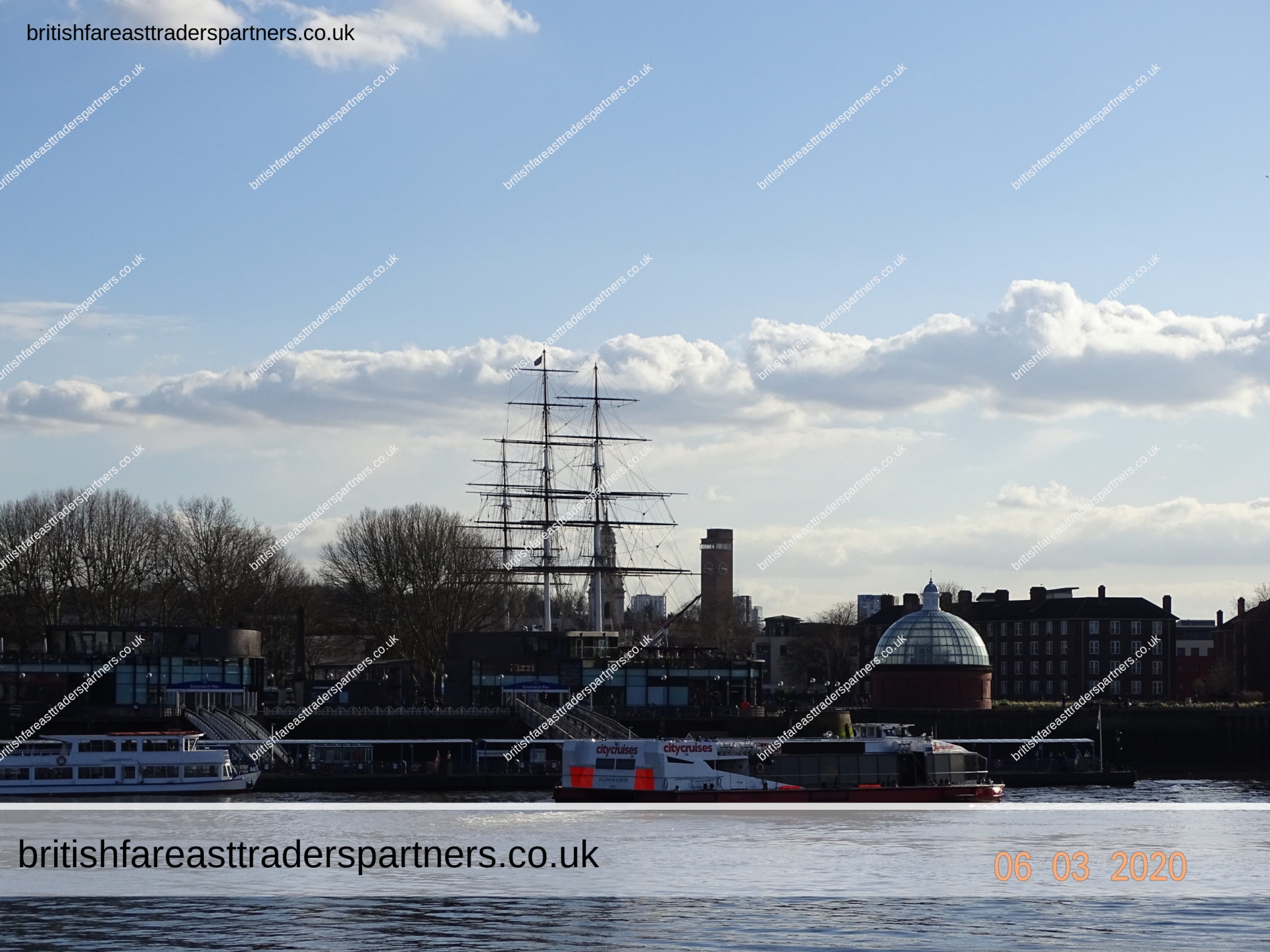
We have now crossed the Thames via the foot tunnel.
Here you can see parts of Cutty Sark and the dome of the foot tunnel entrance.
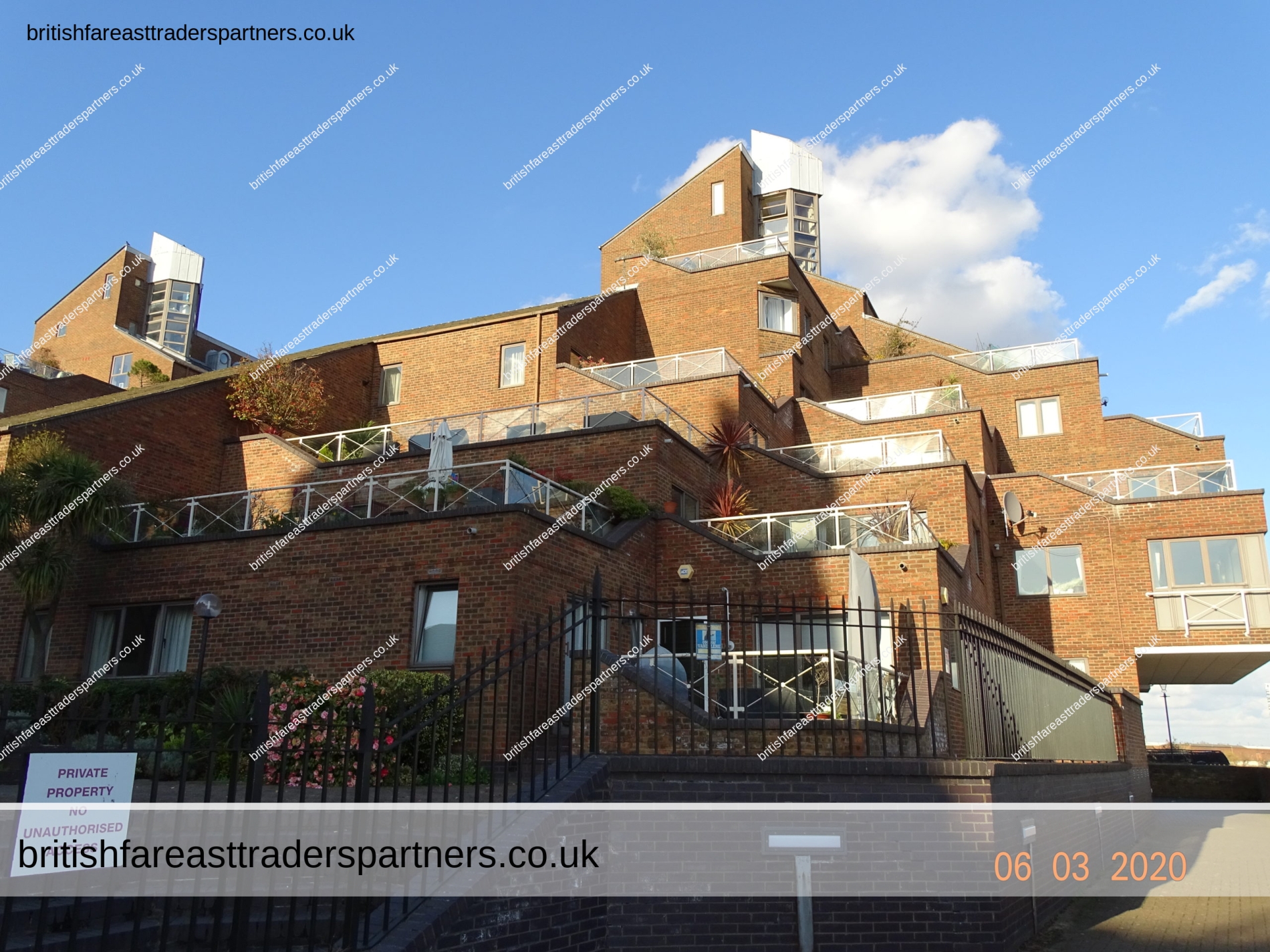
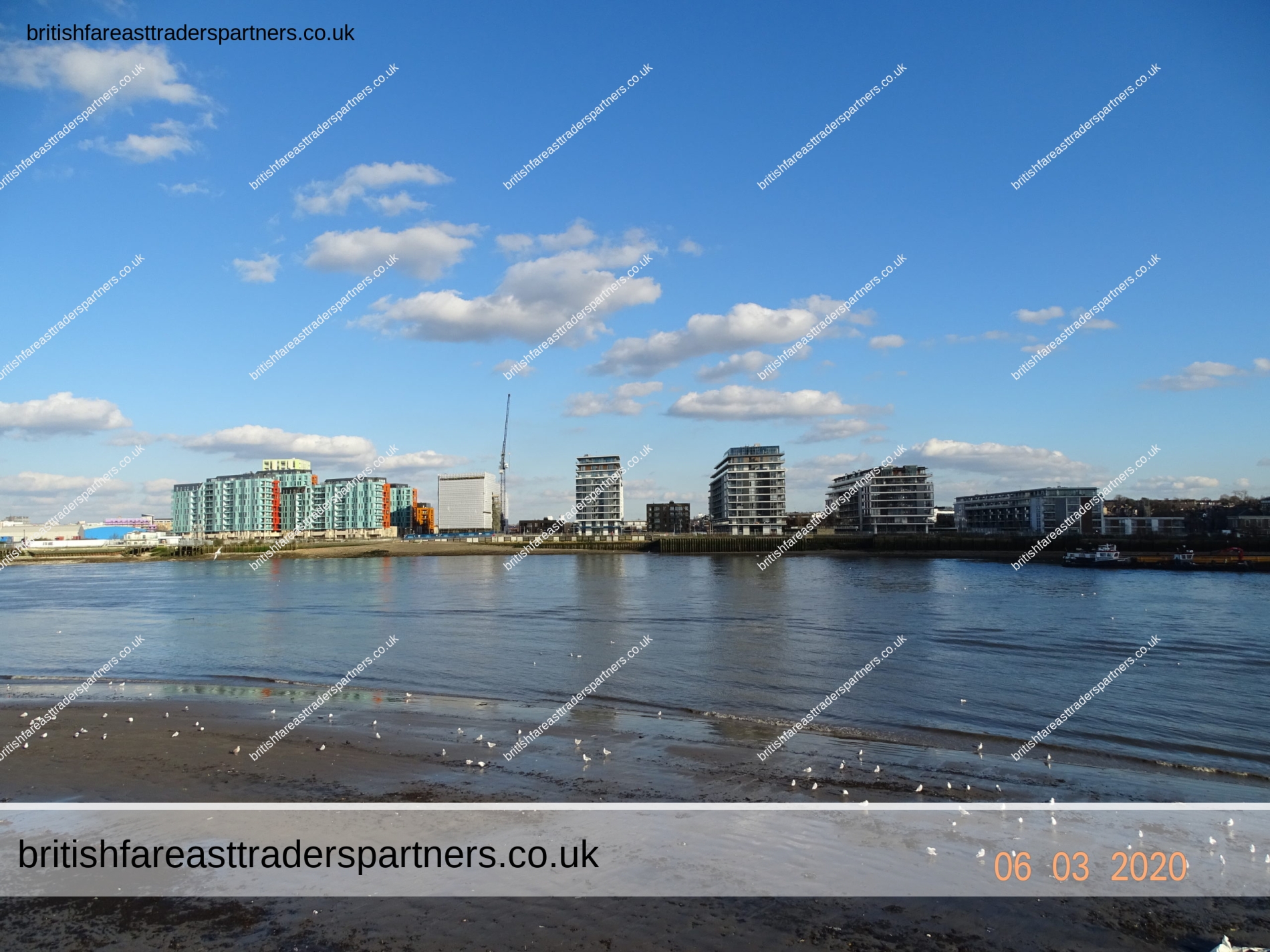
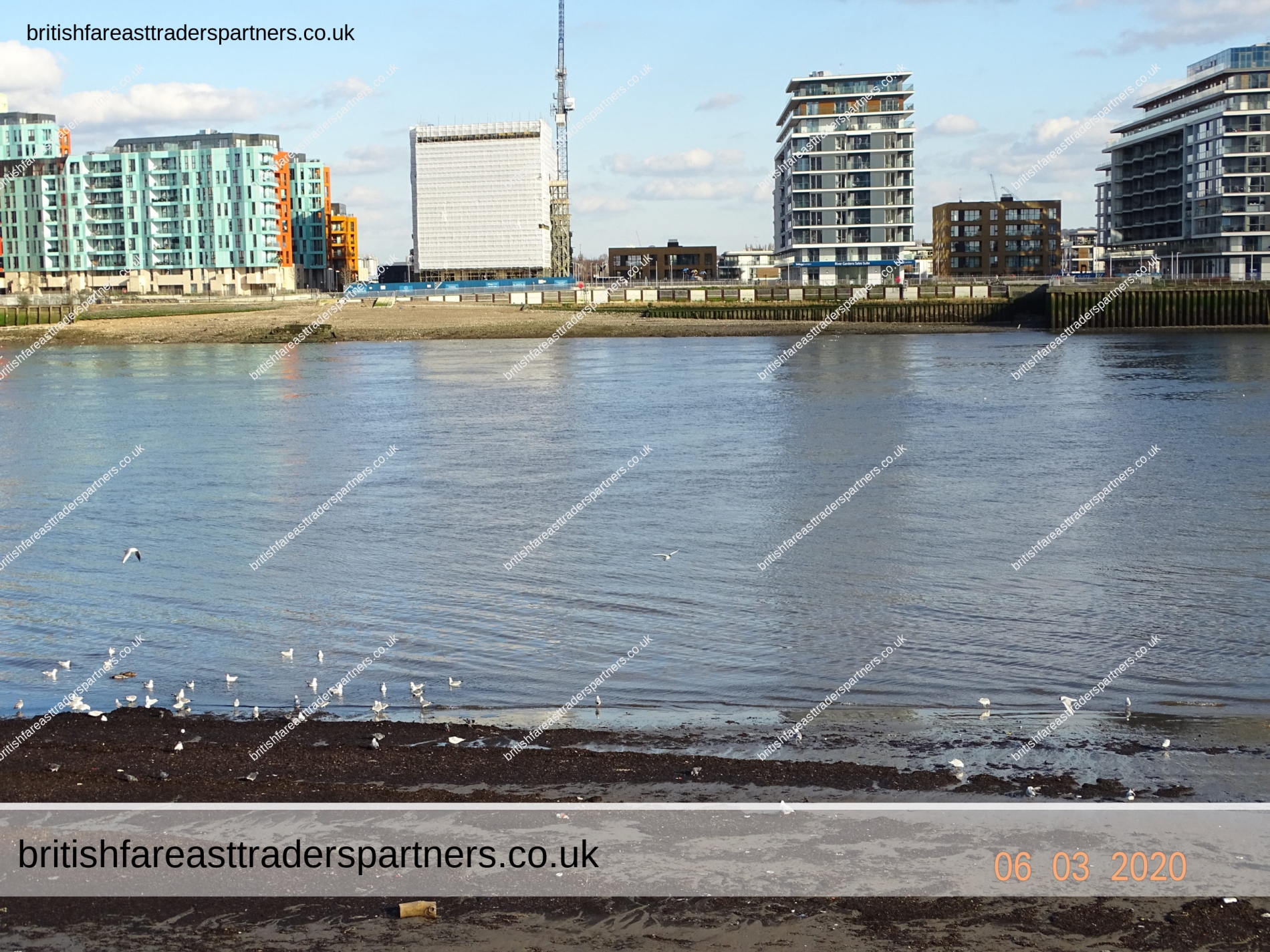
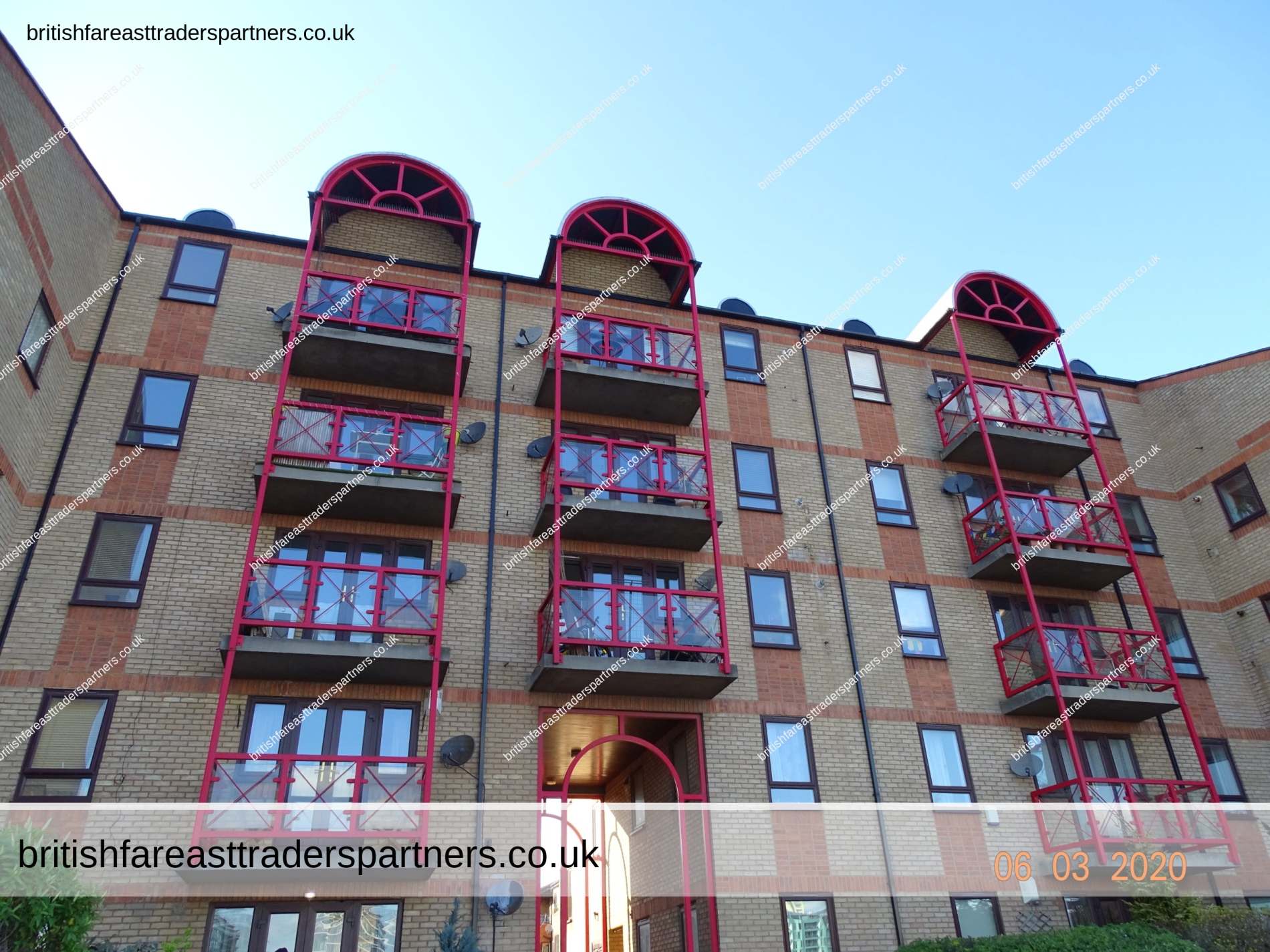
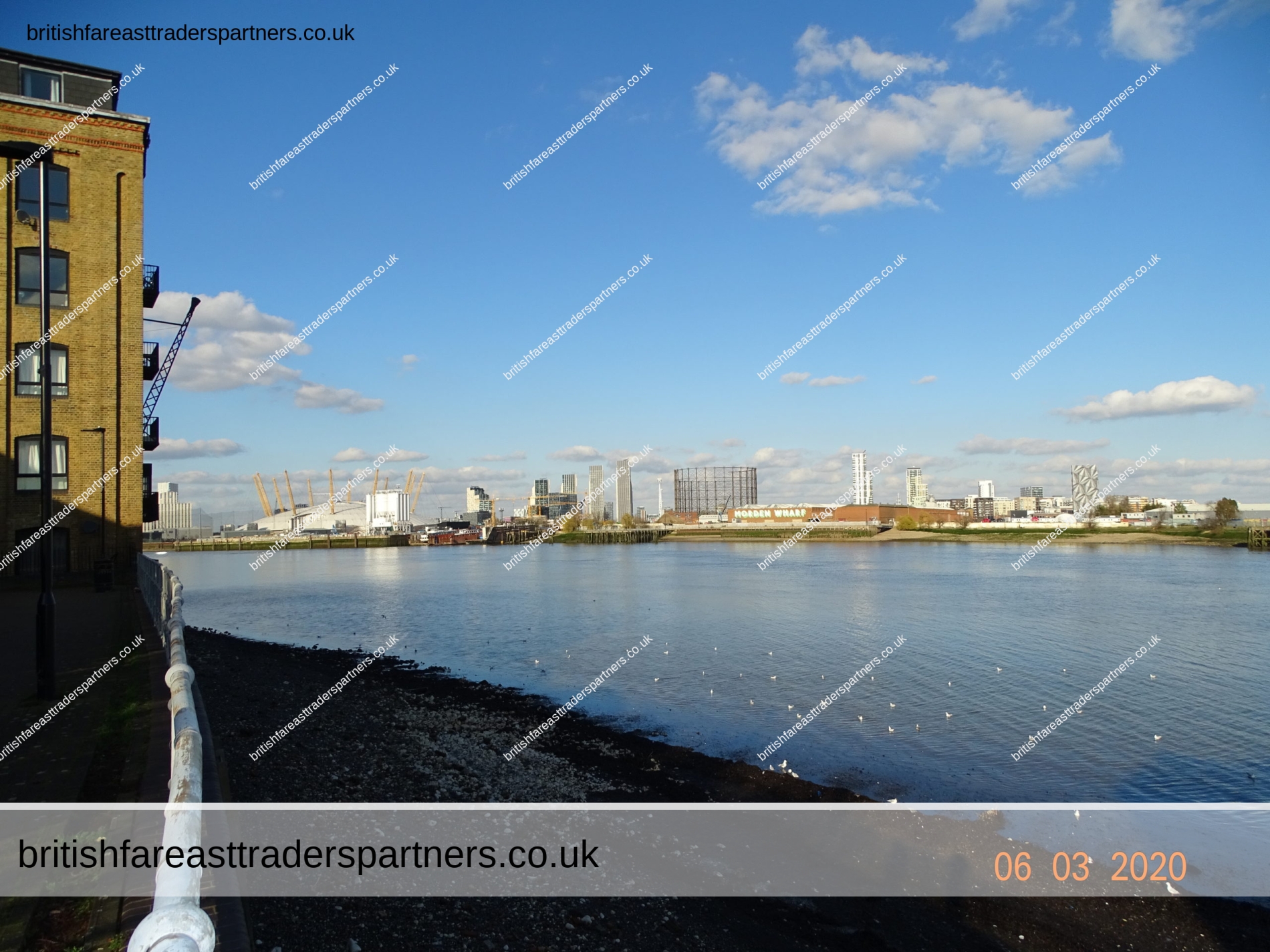
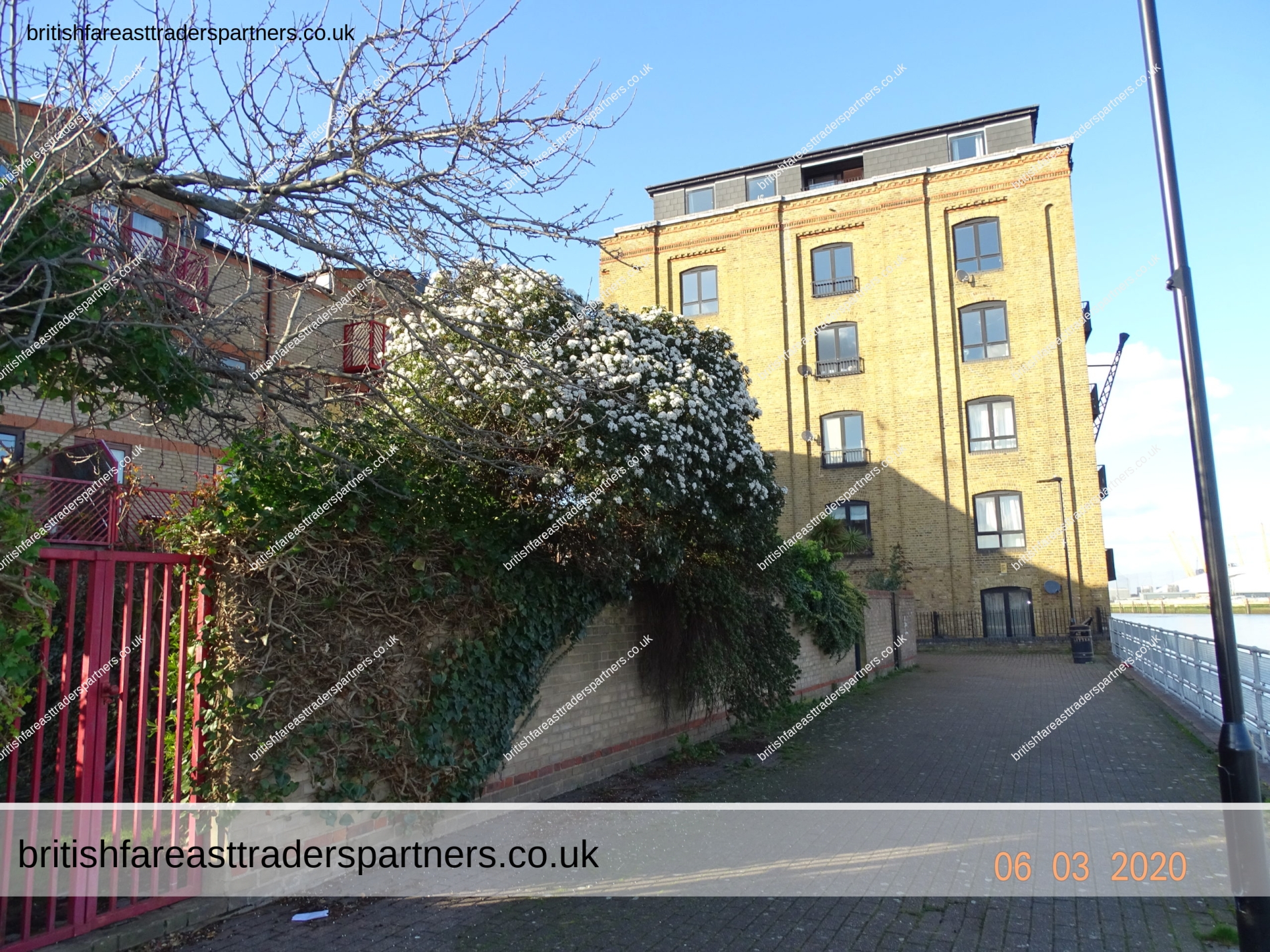
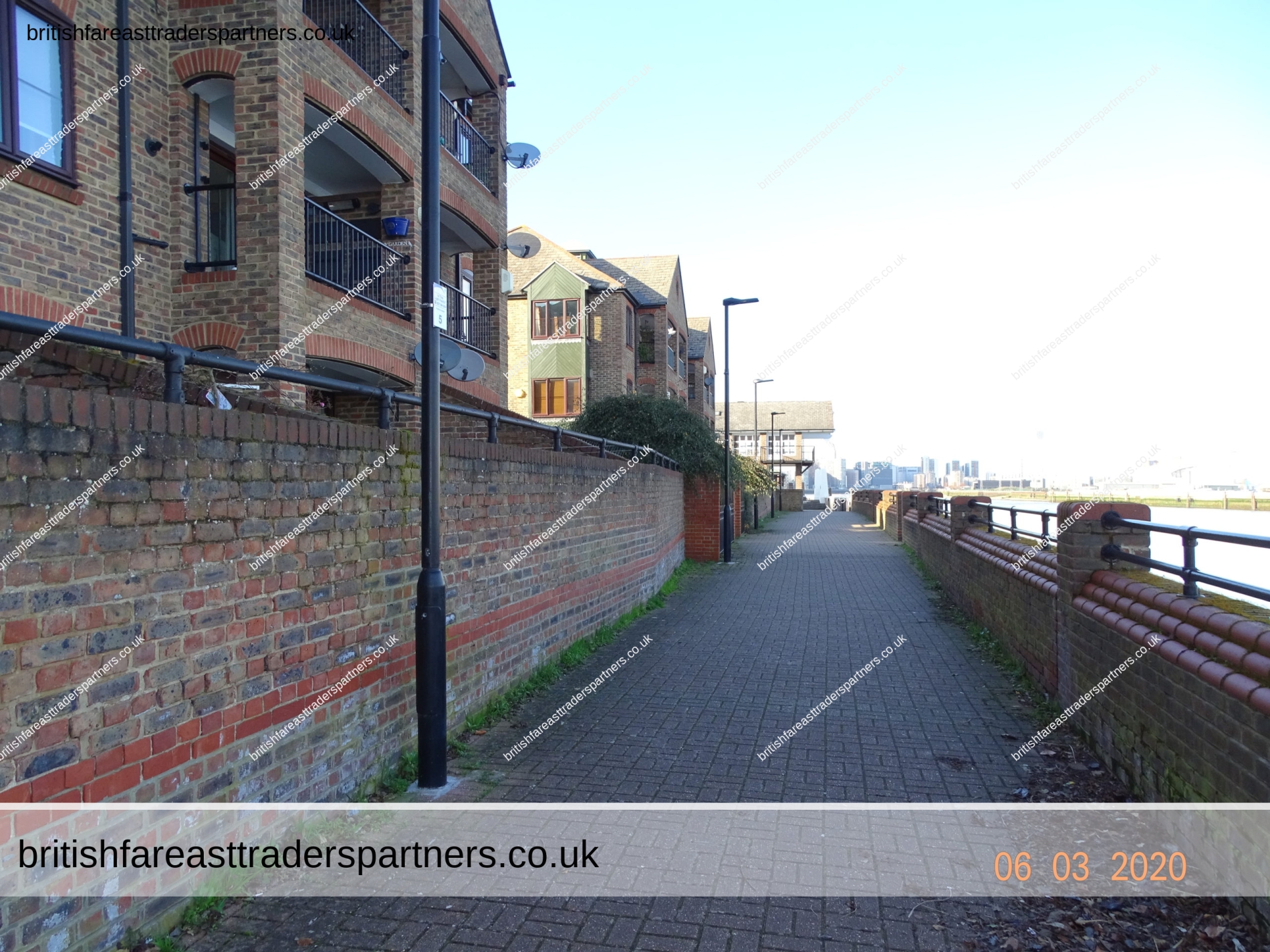
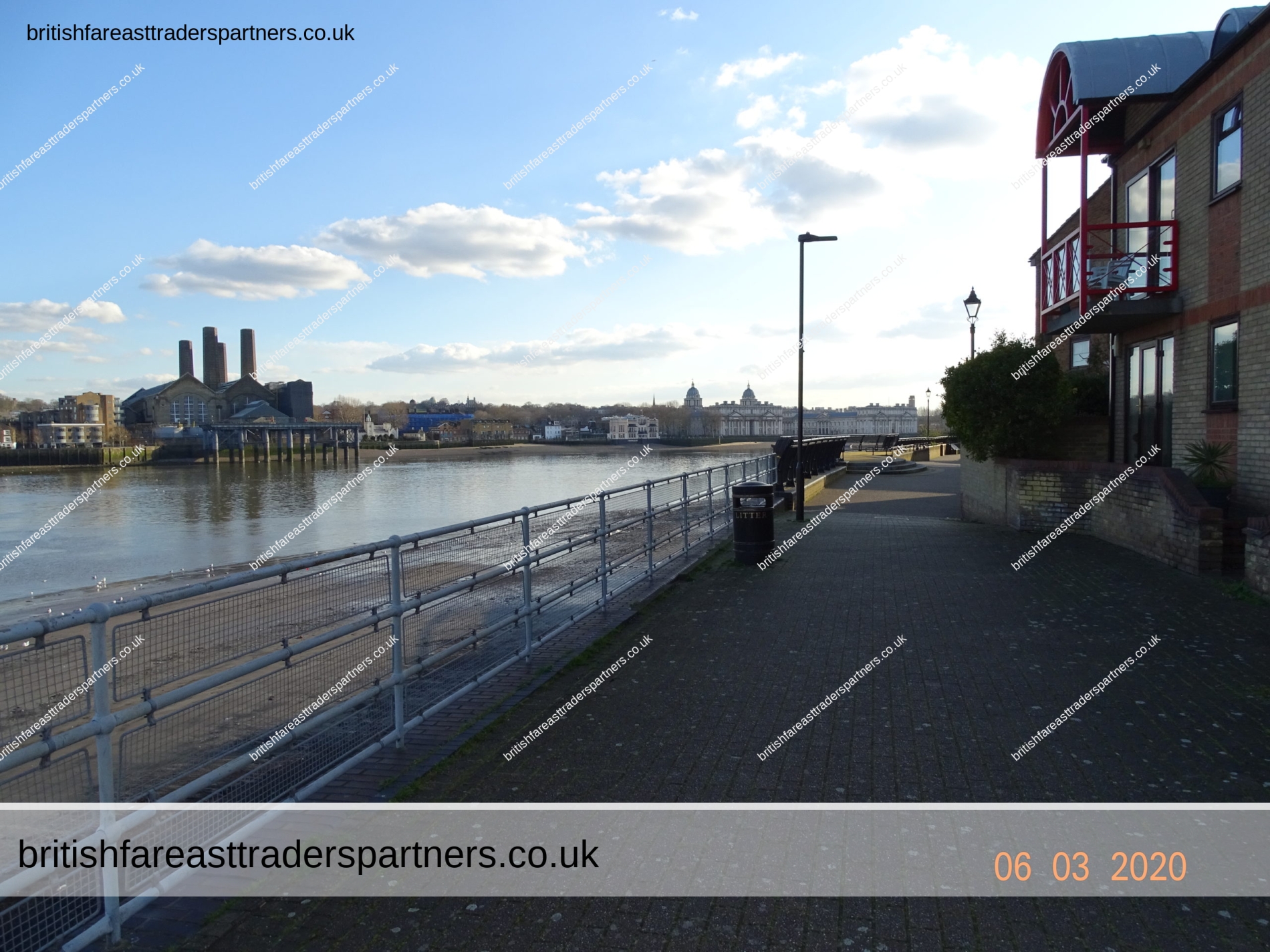
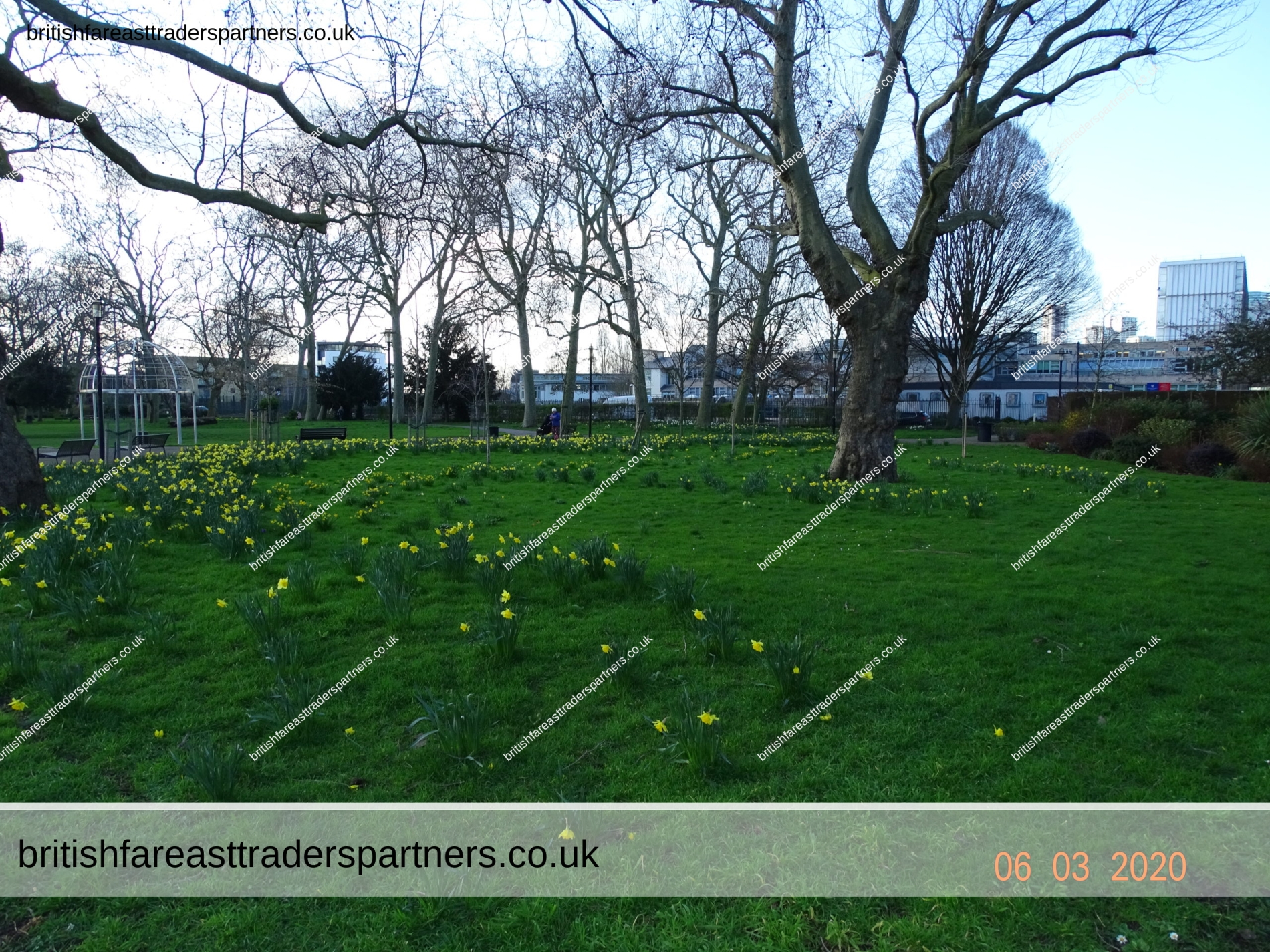
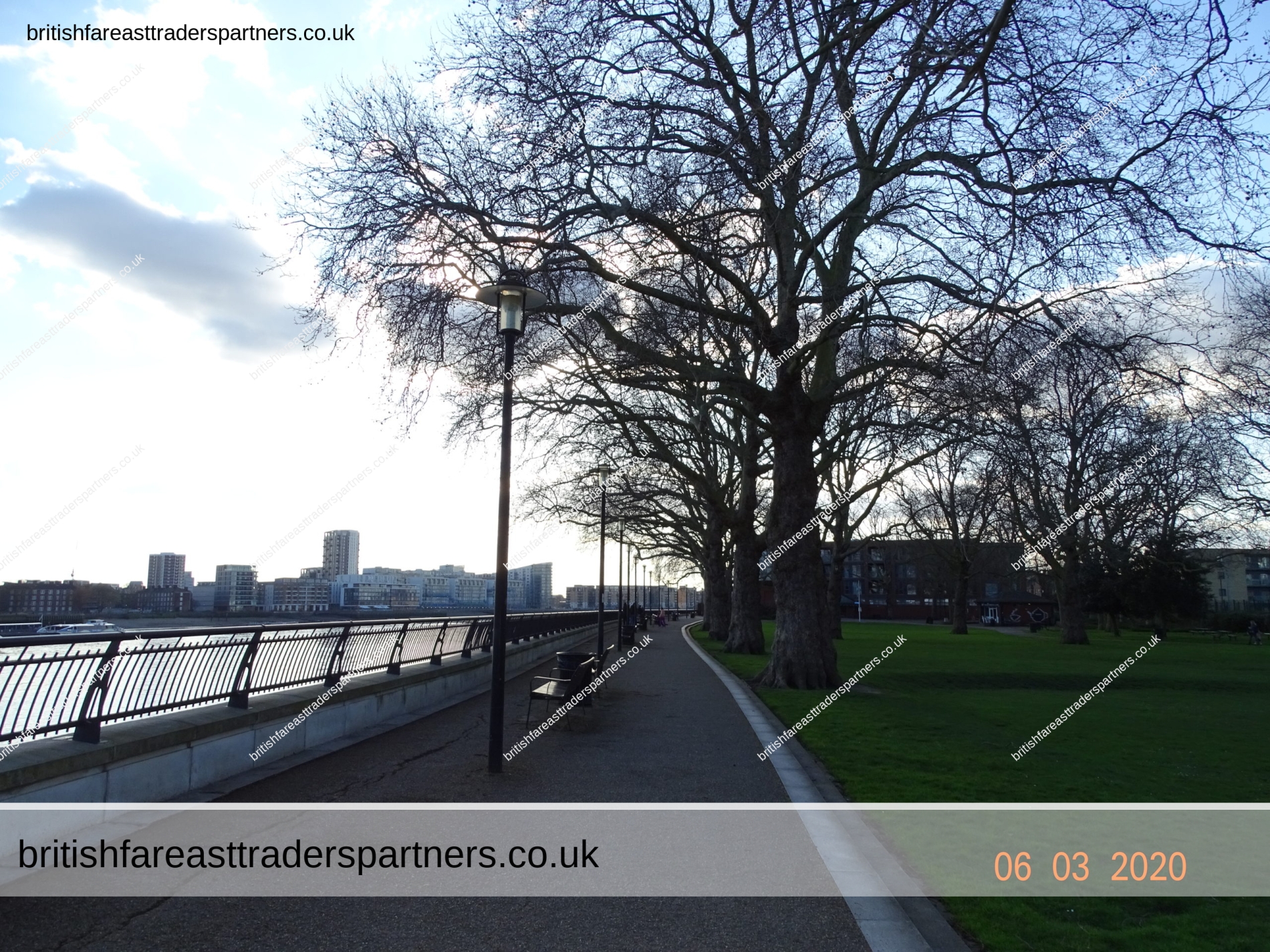
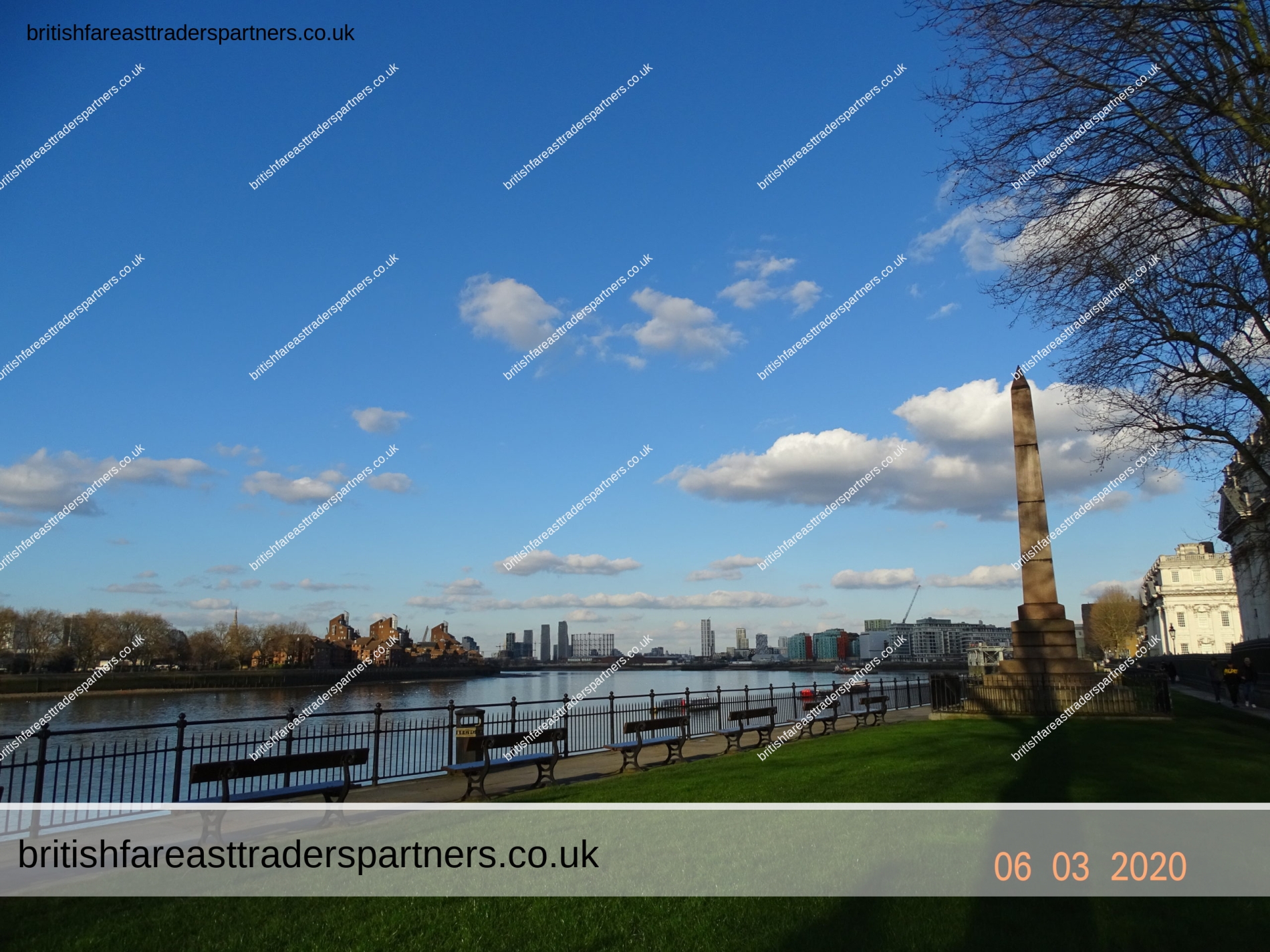
GREENWICH PARK LONDON
